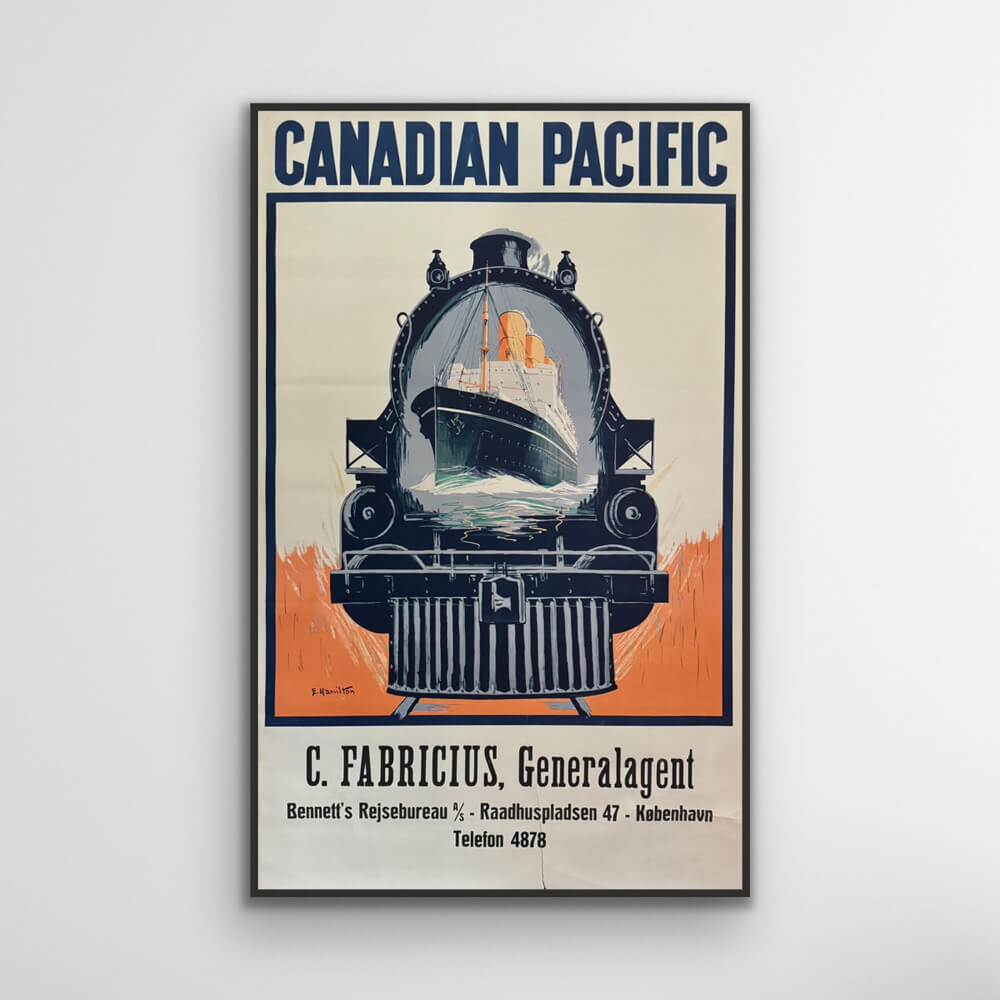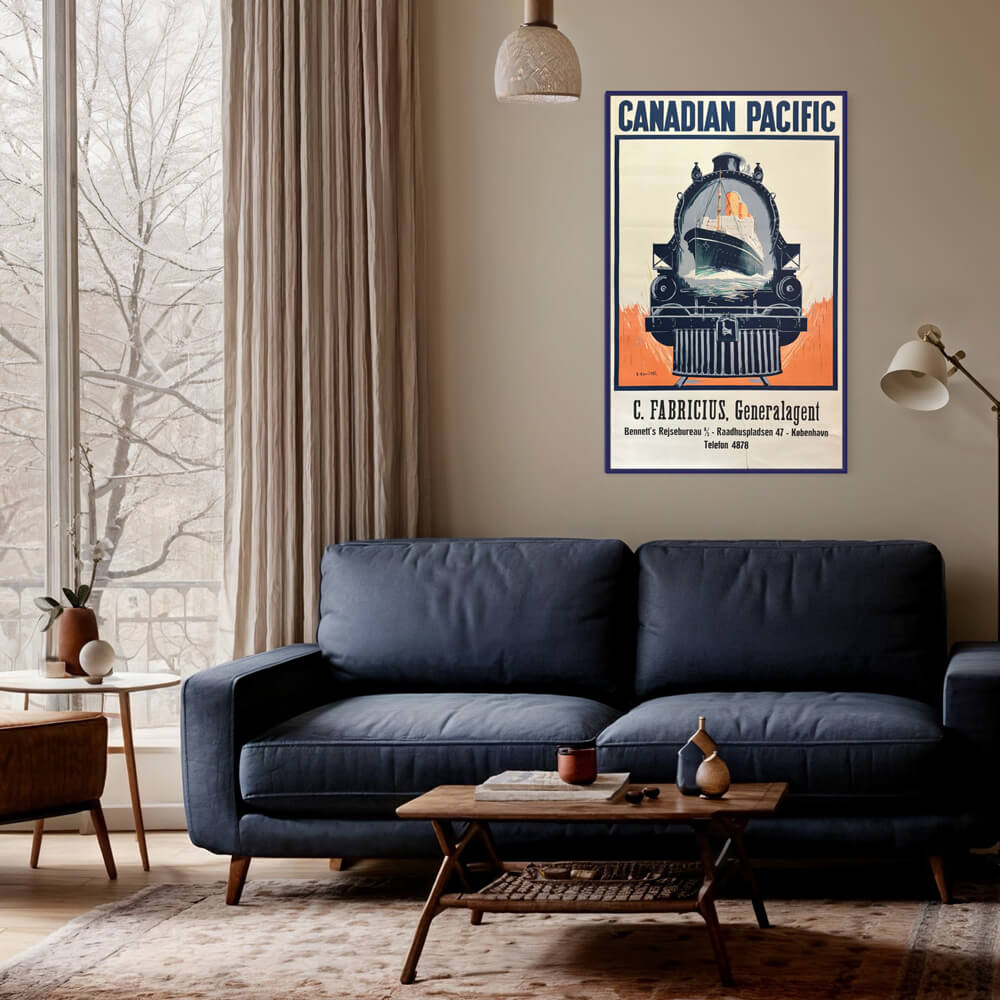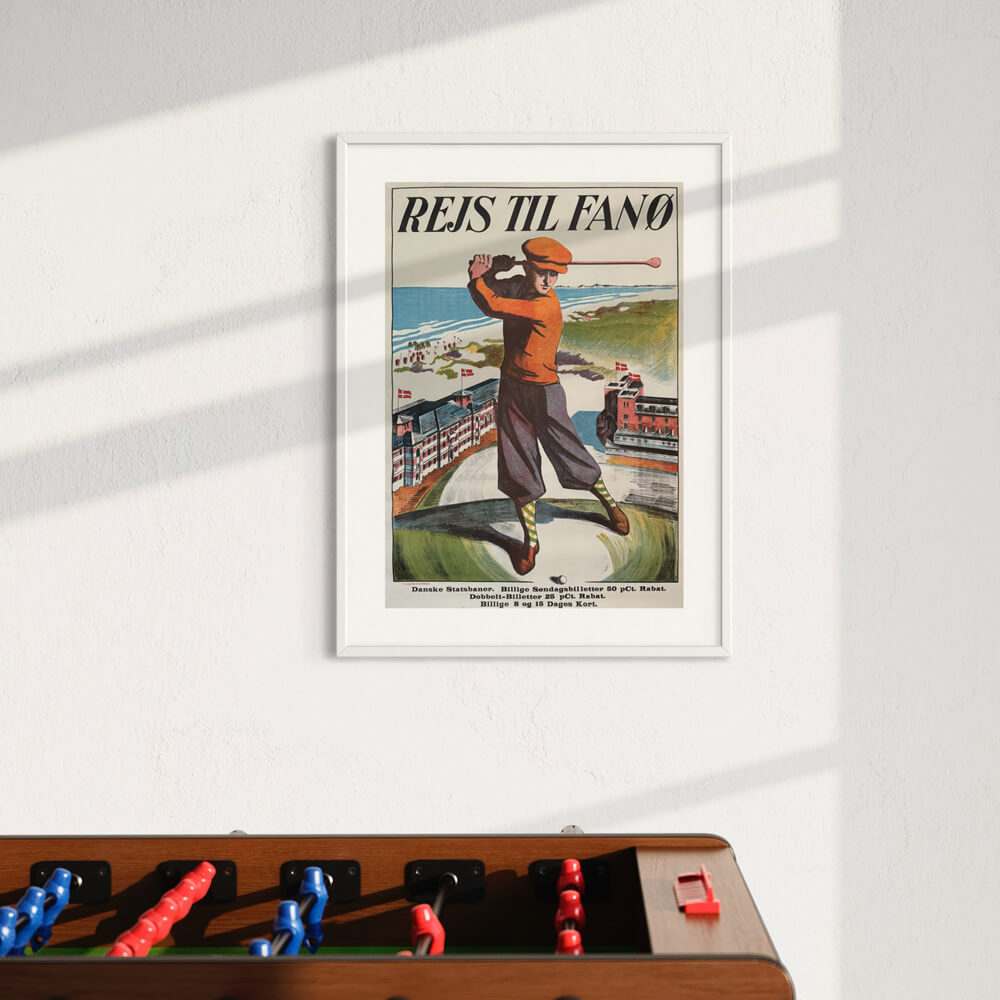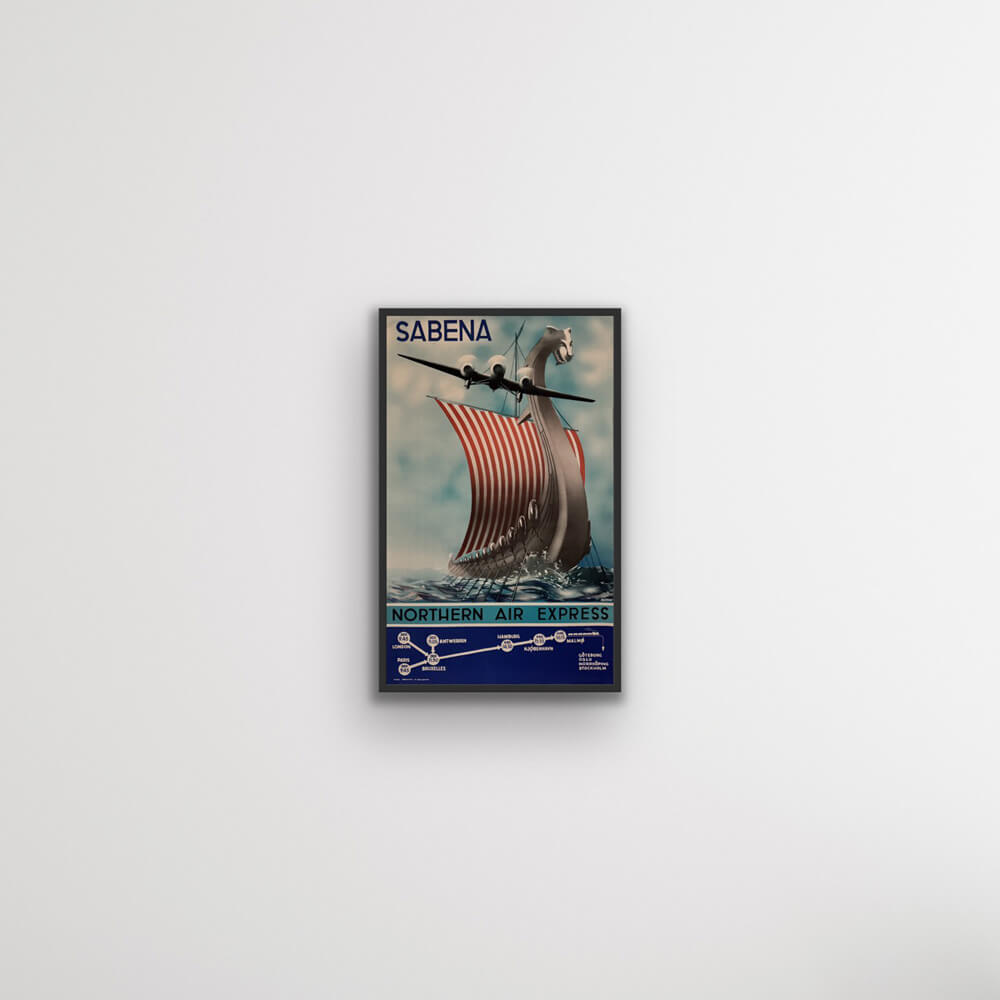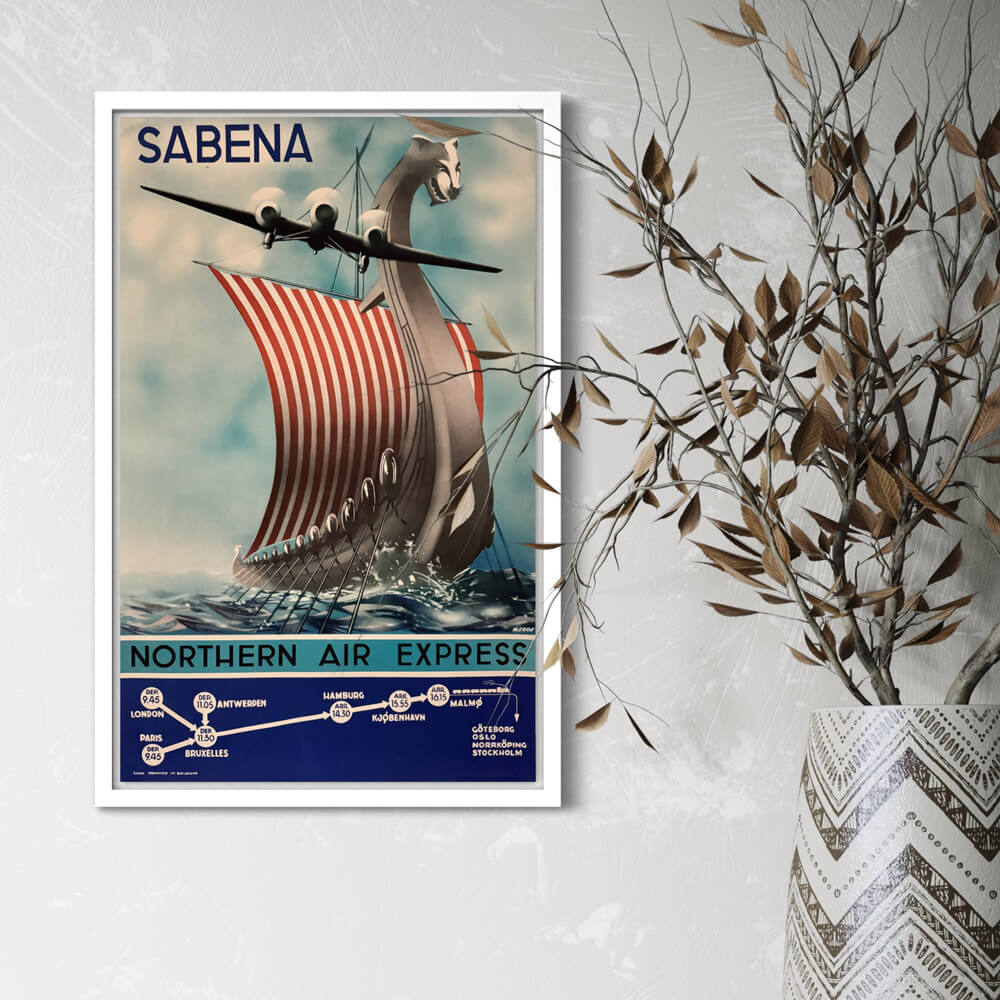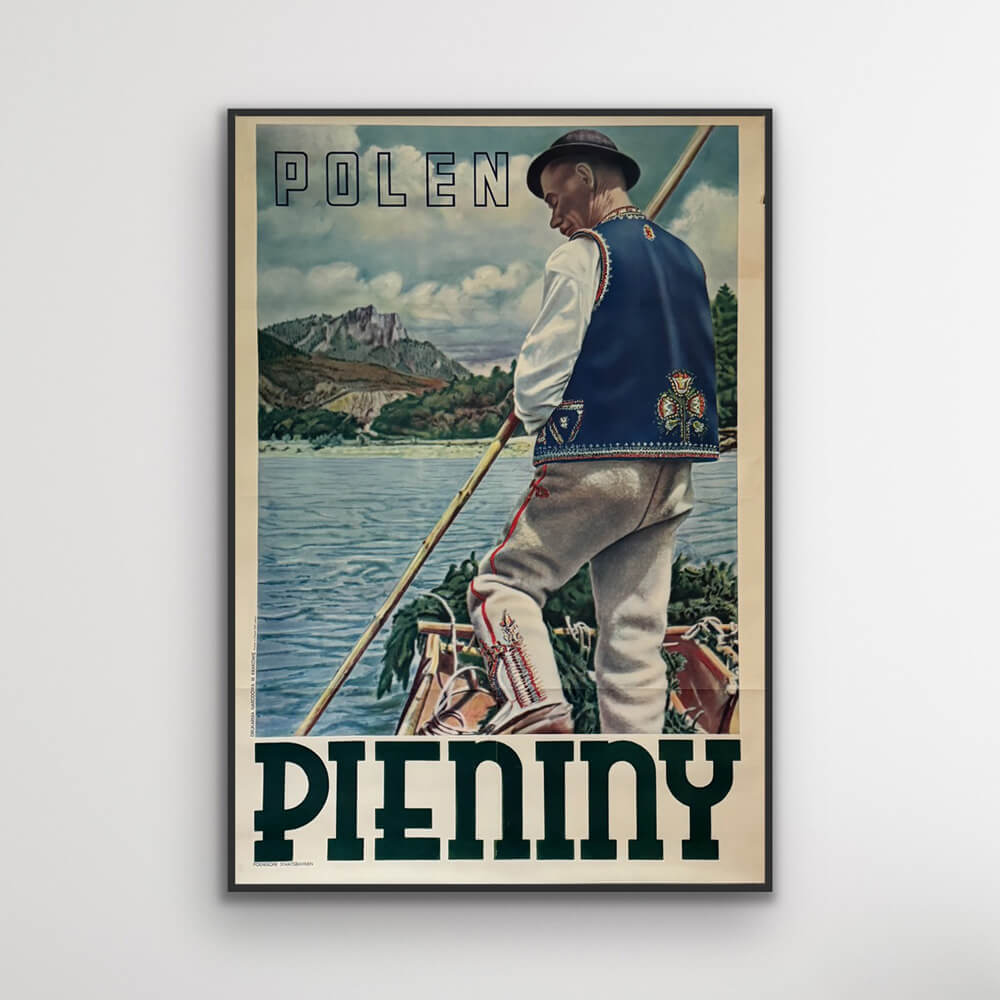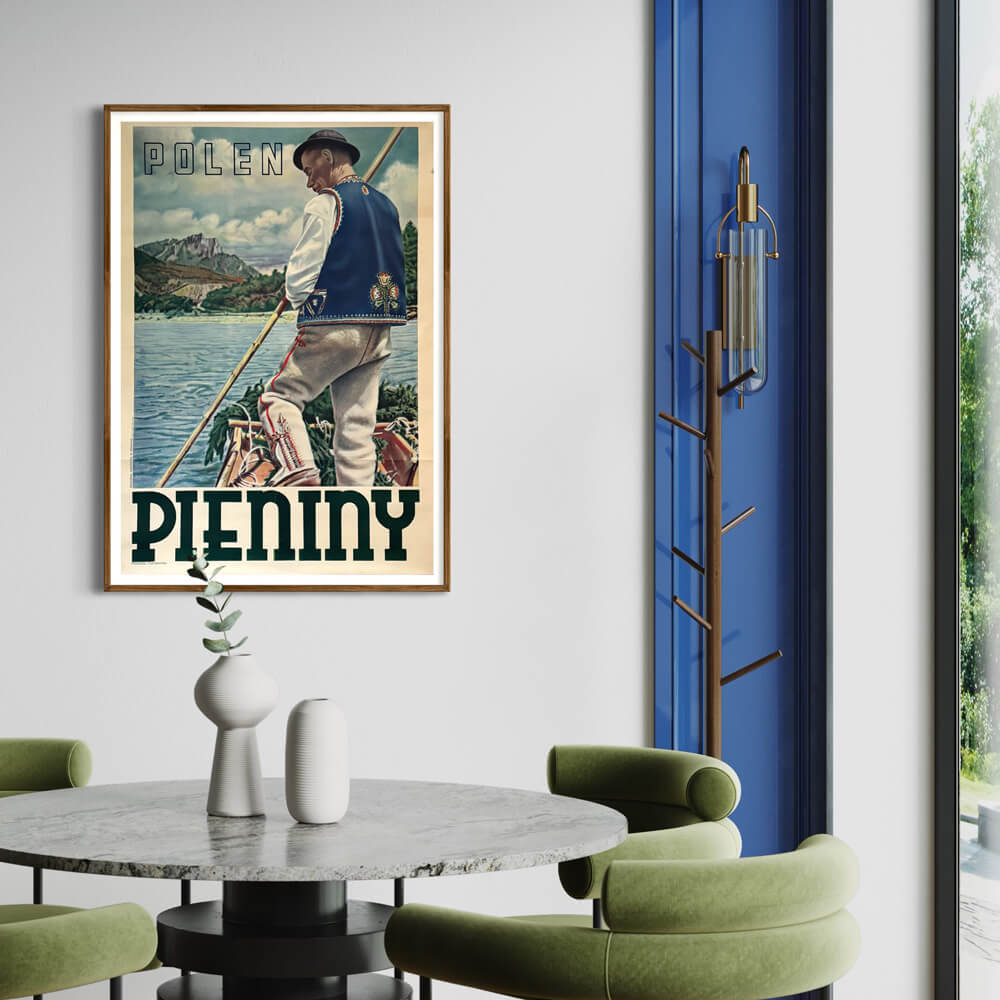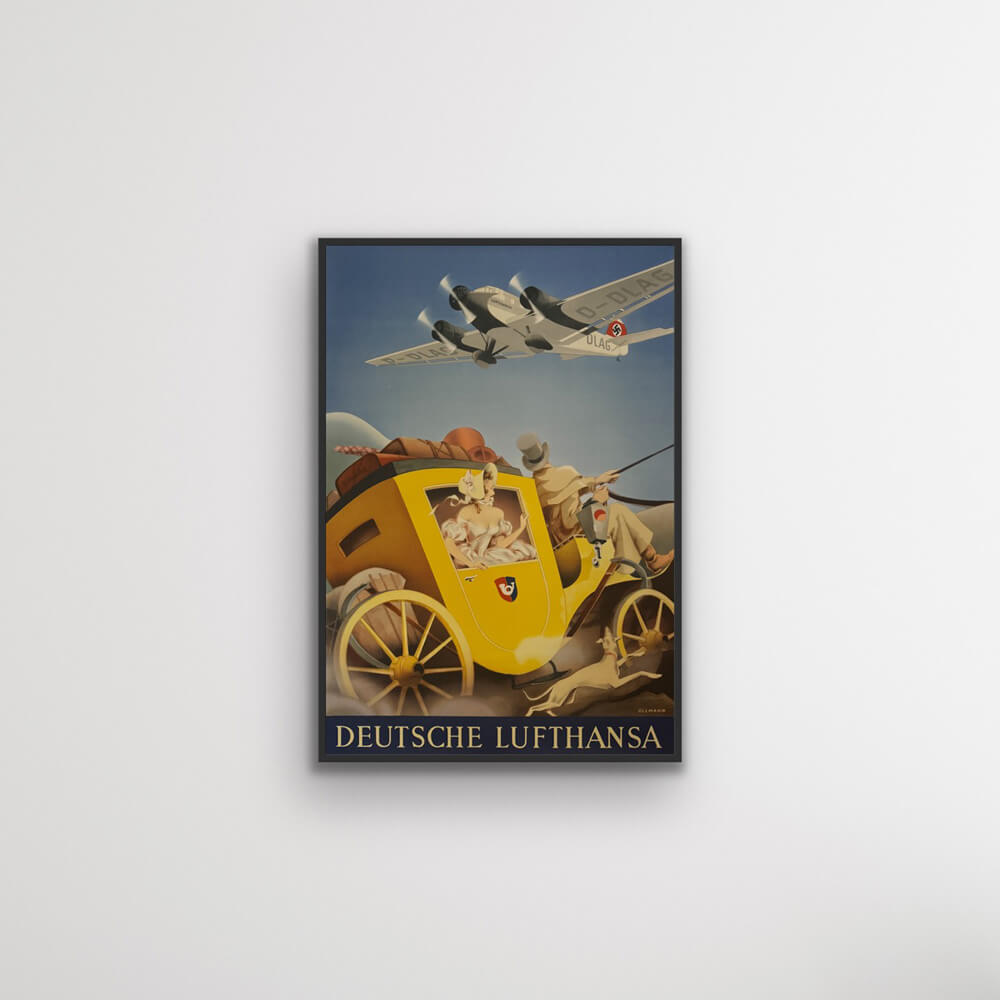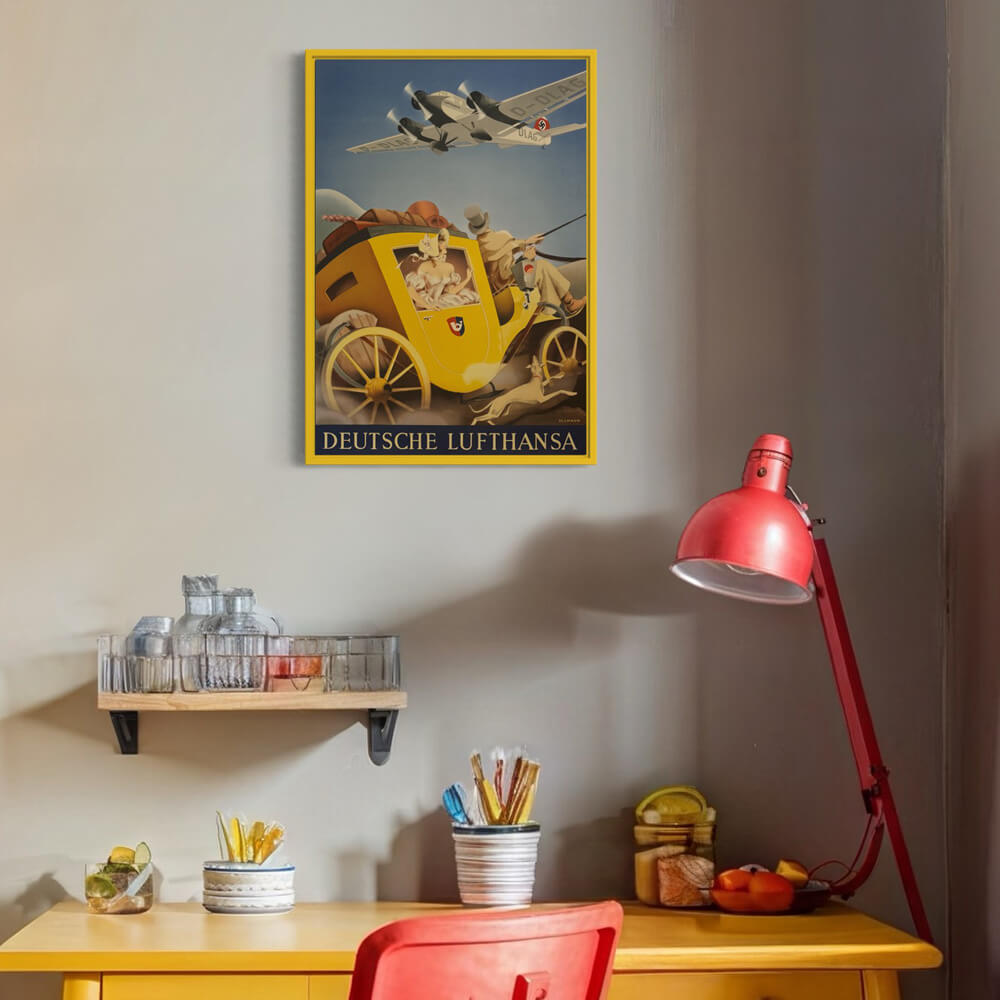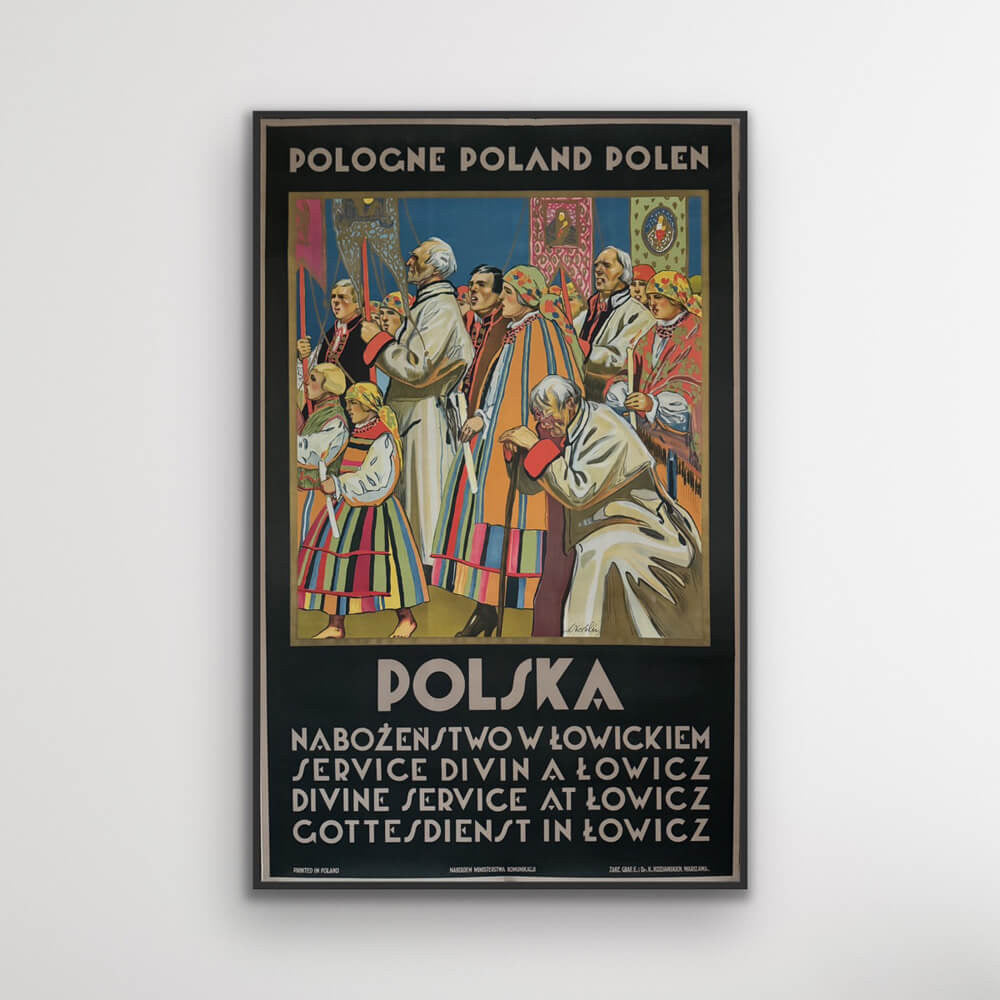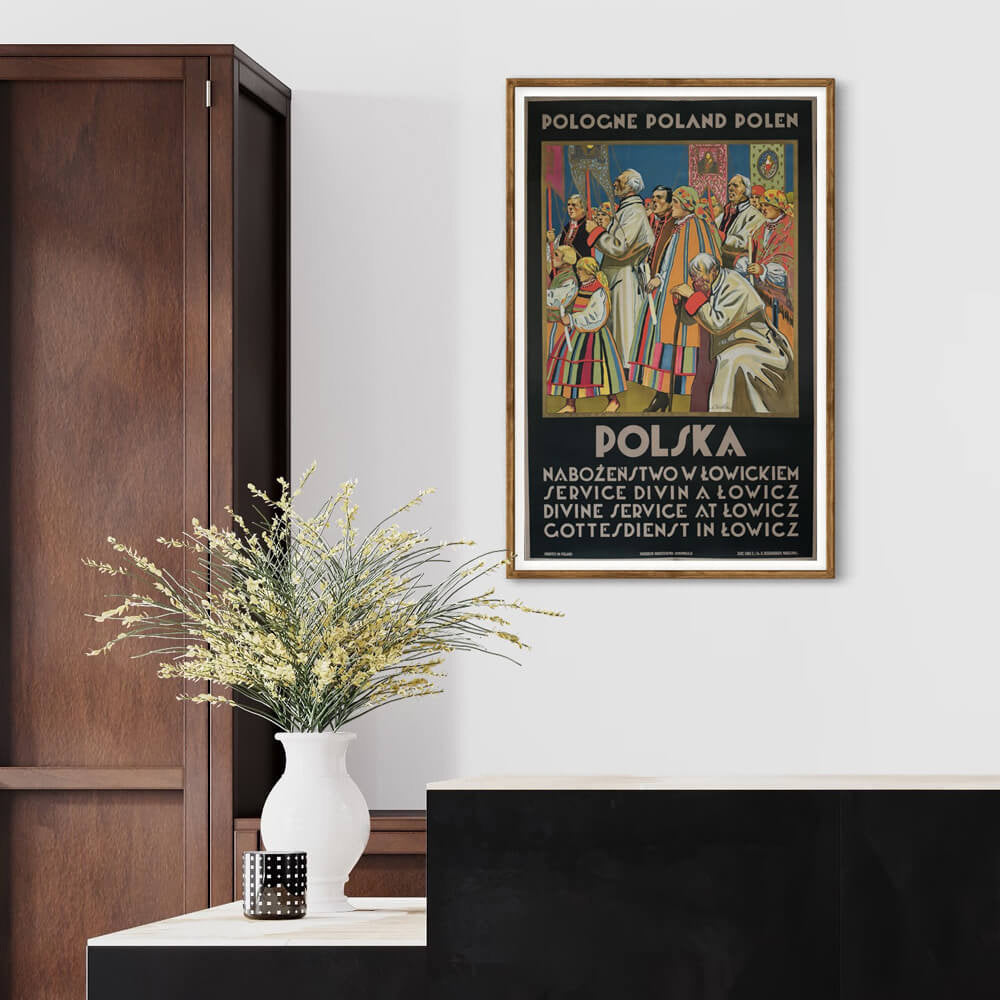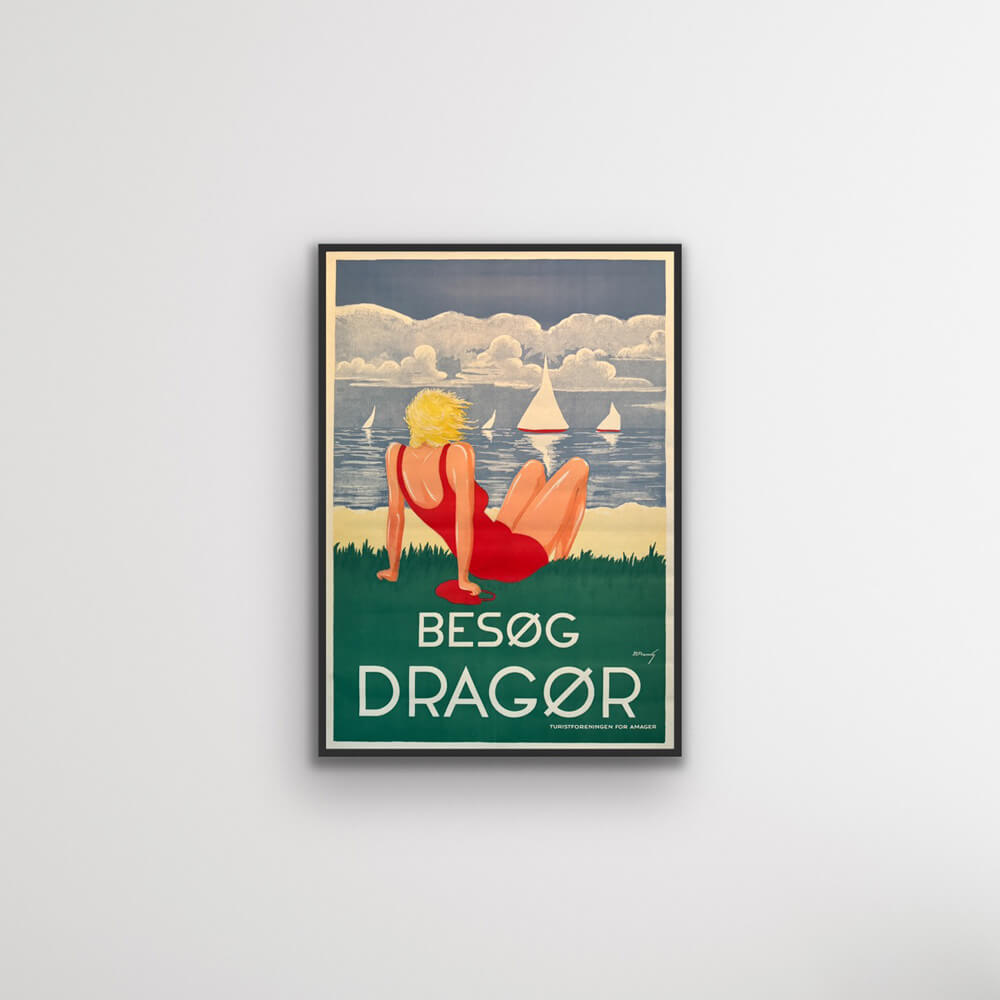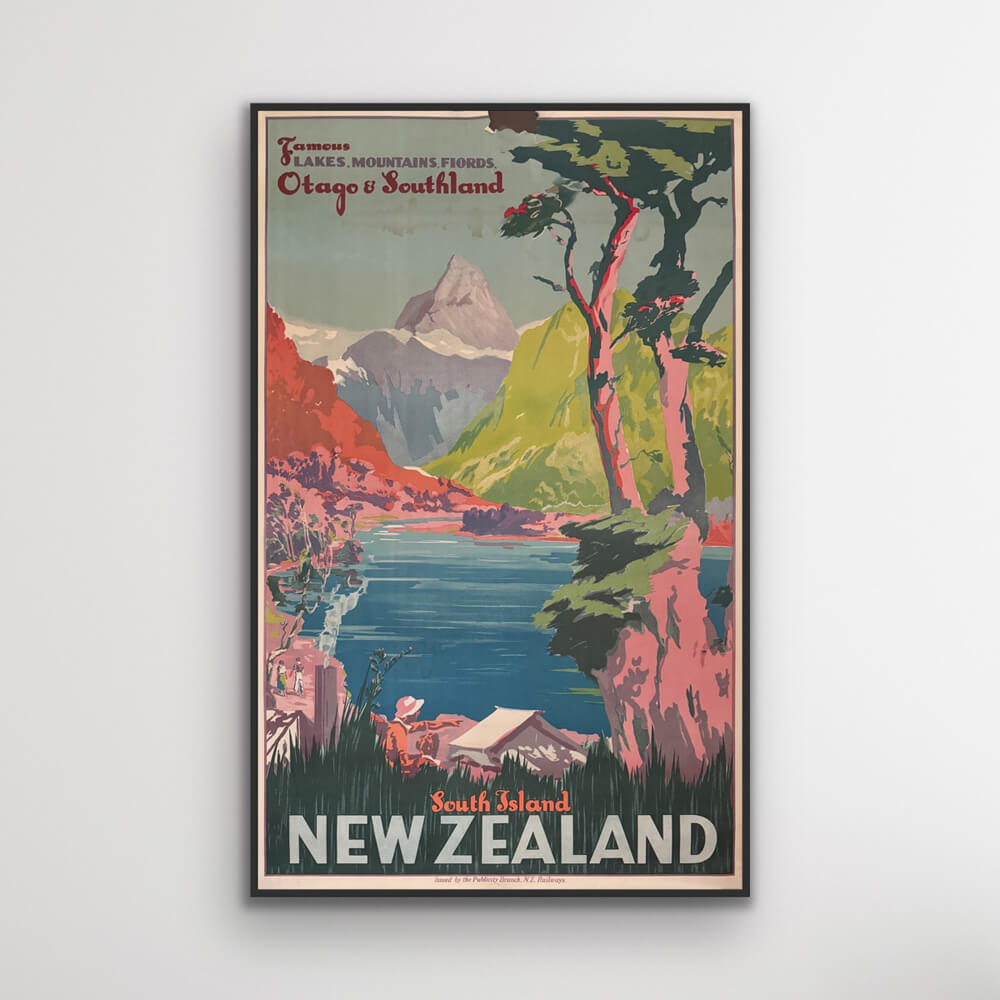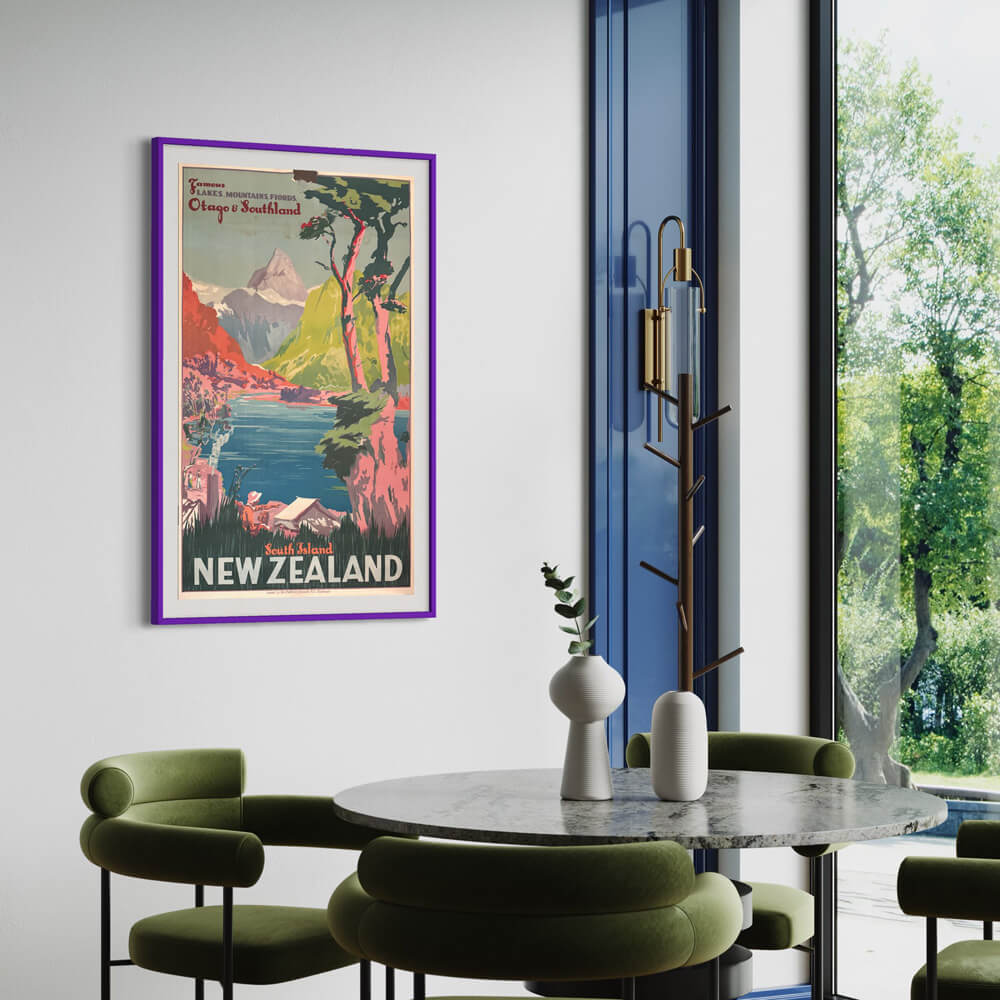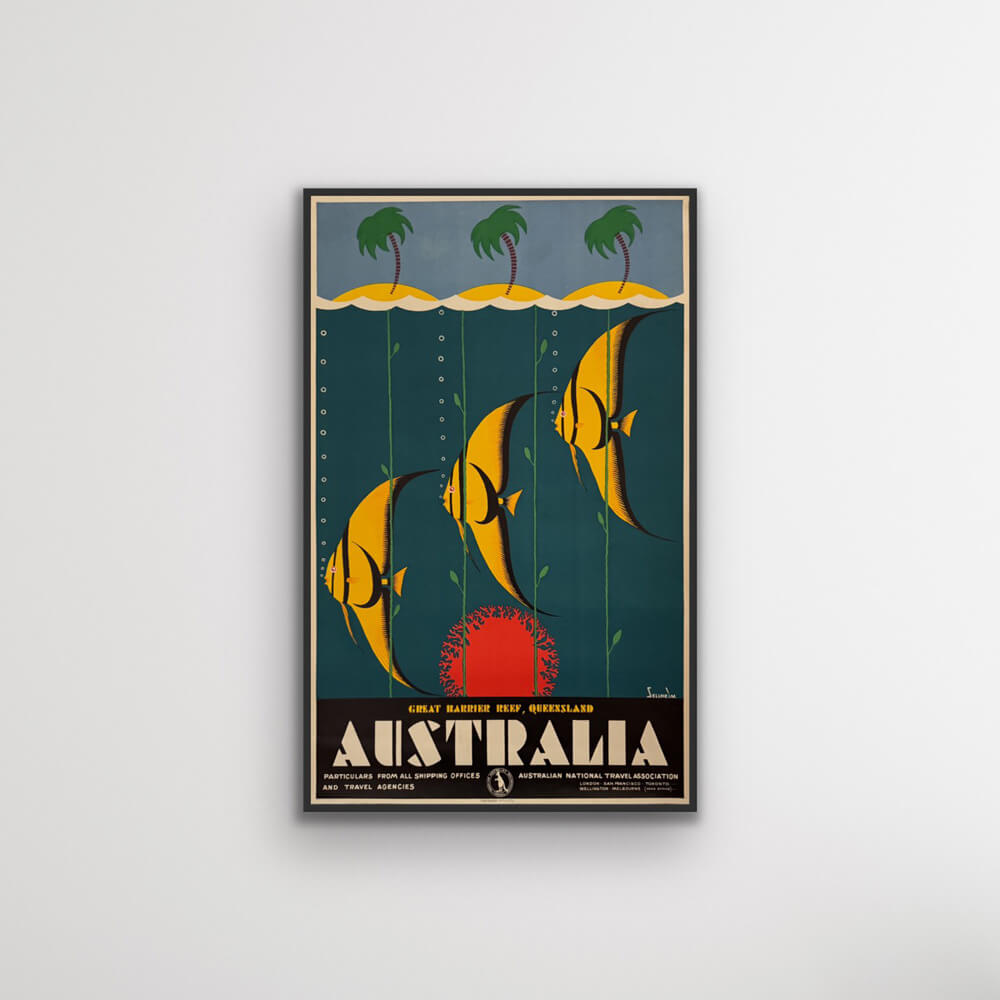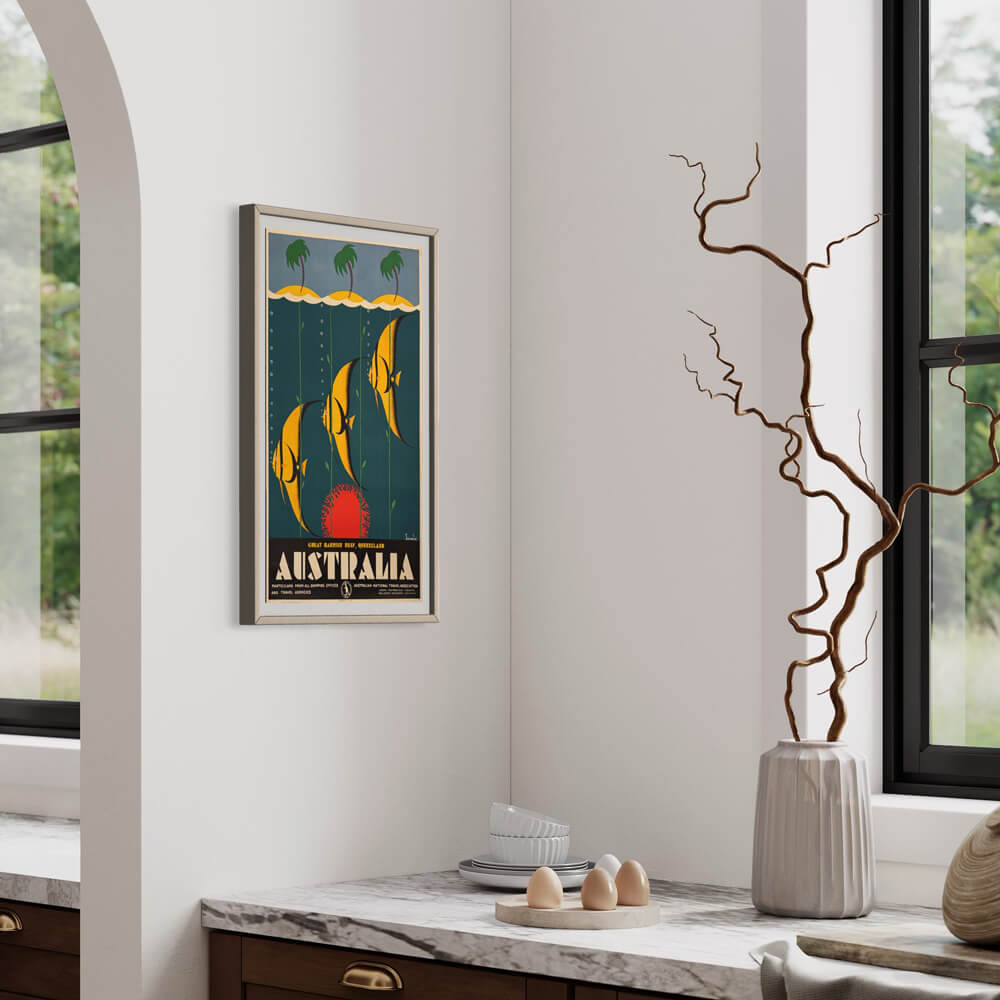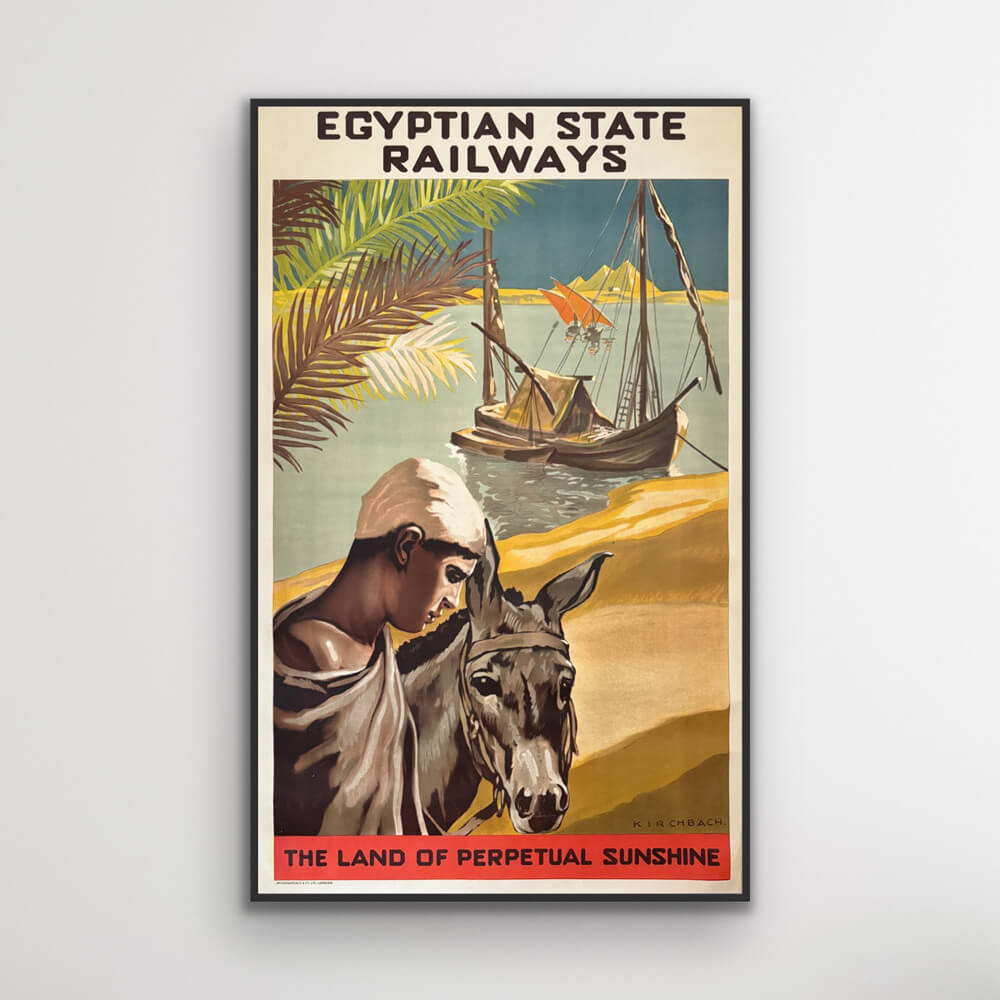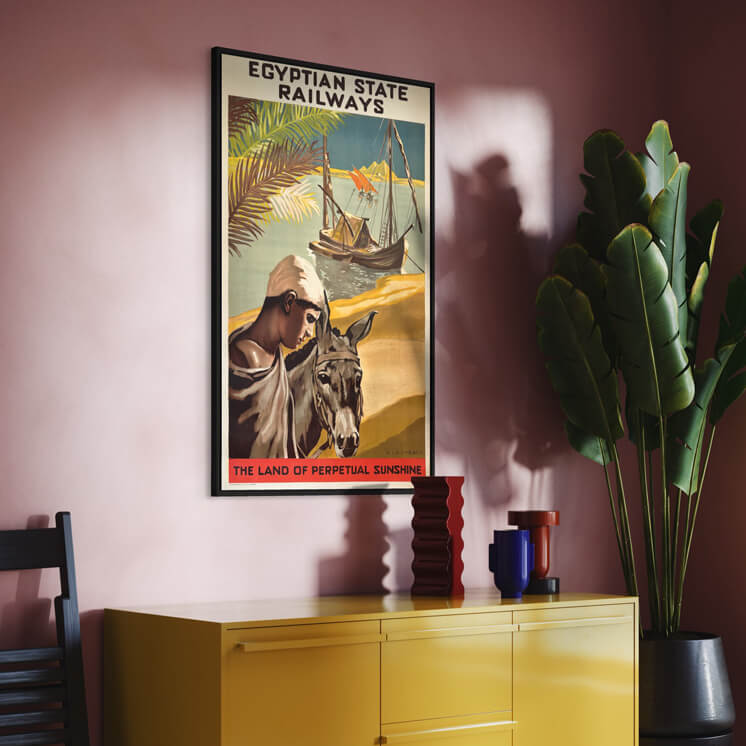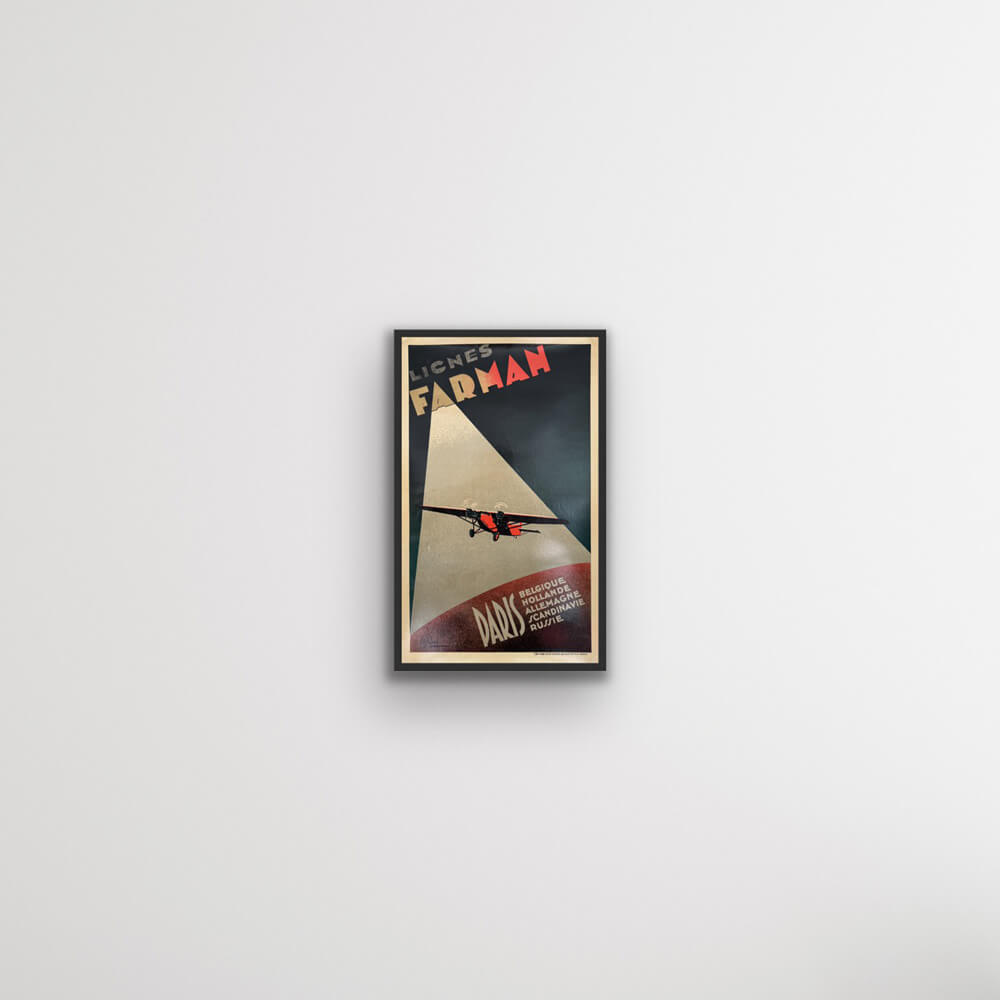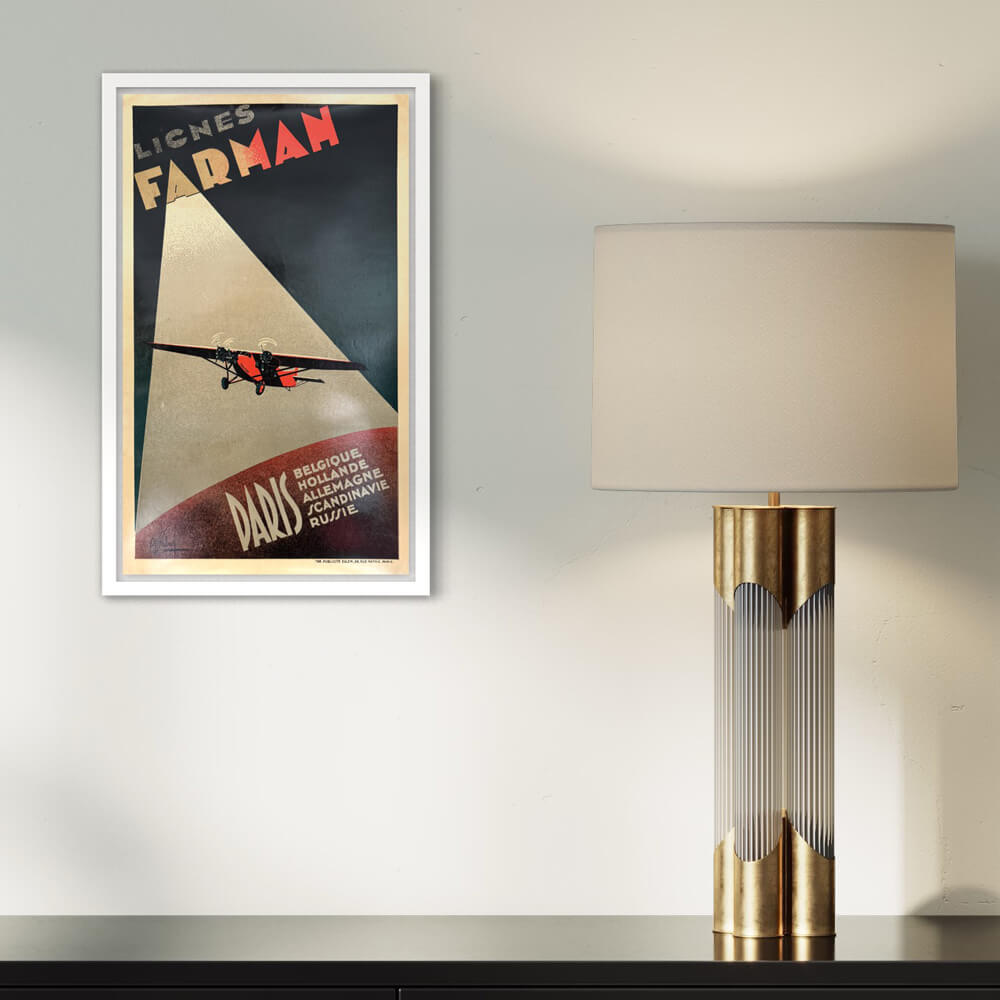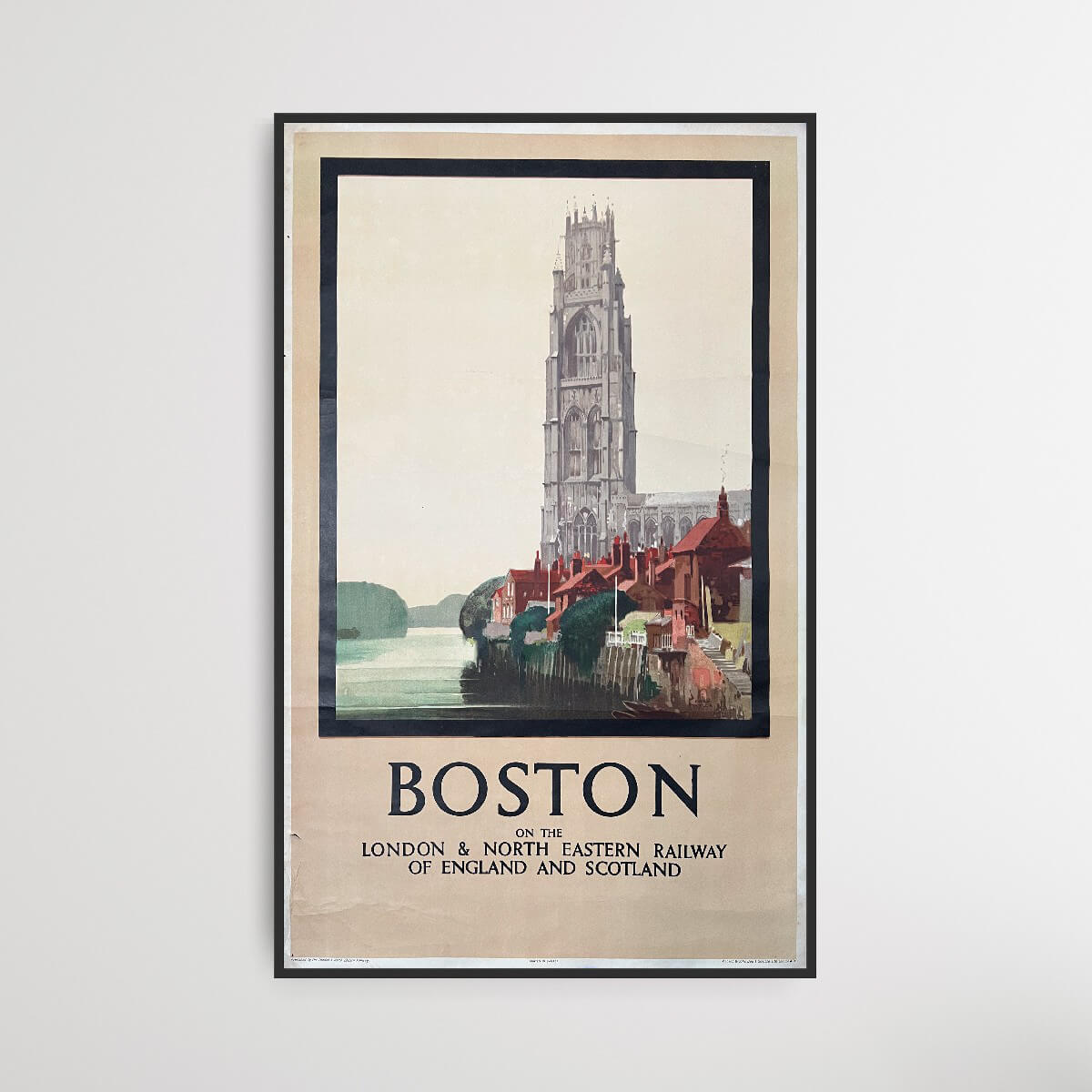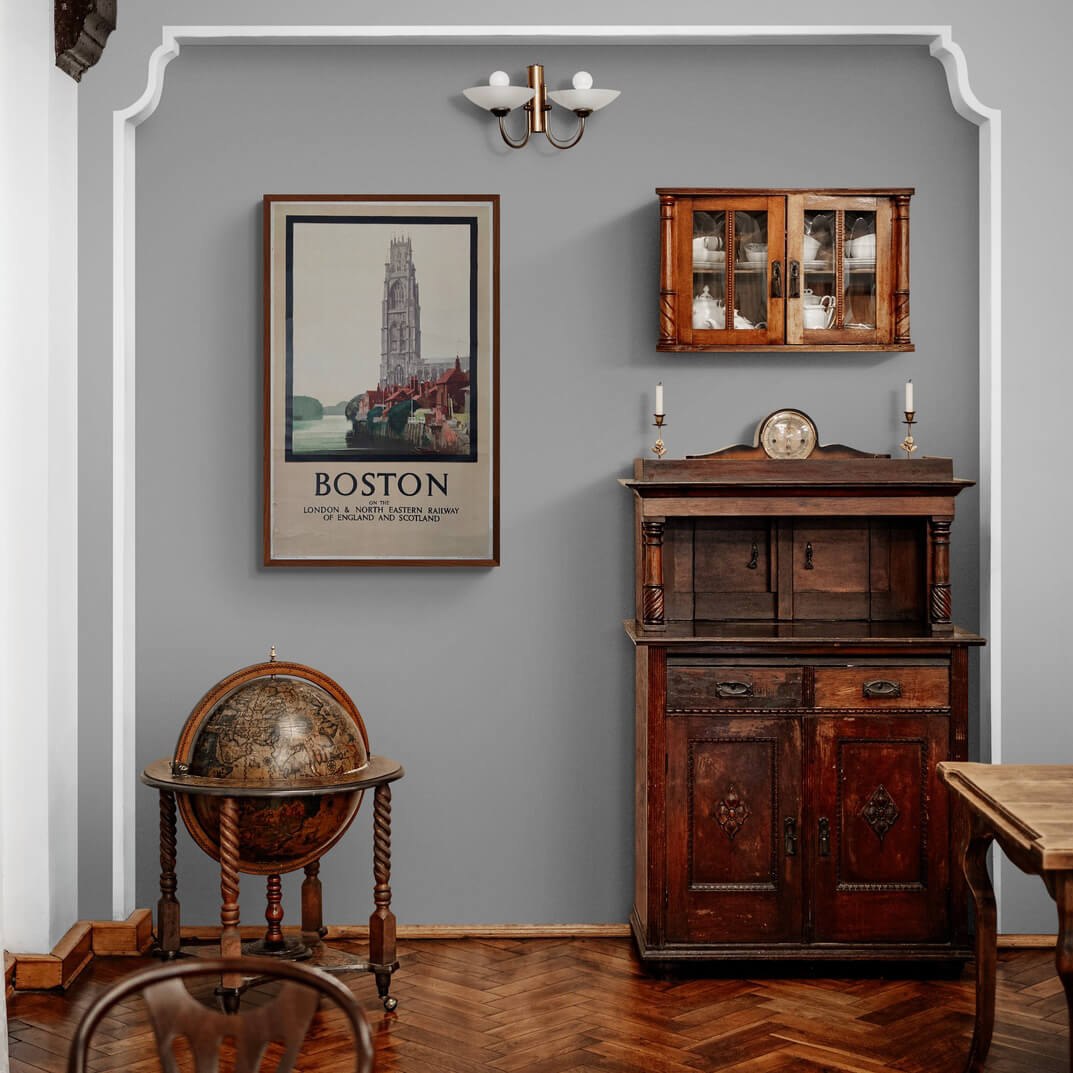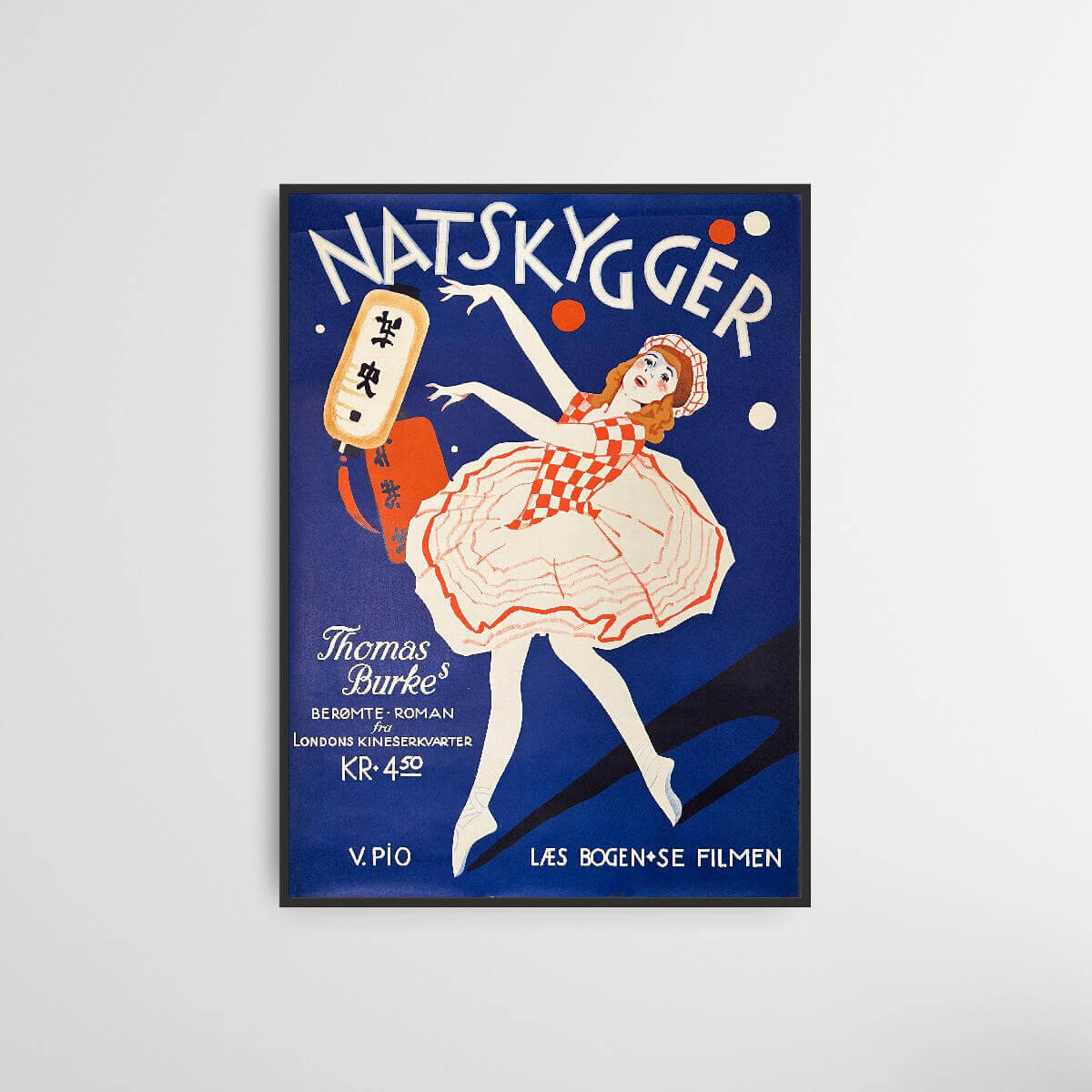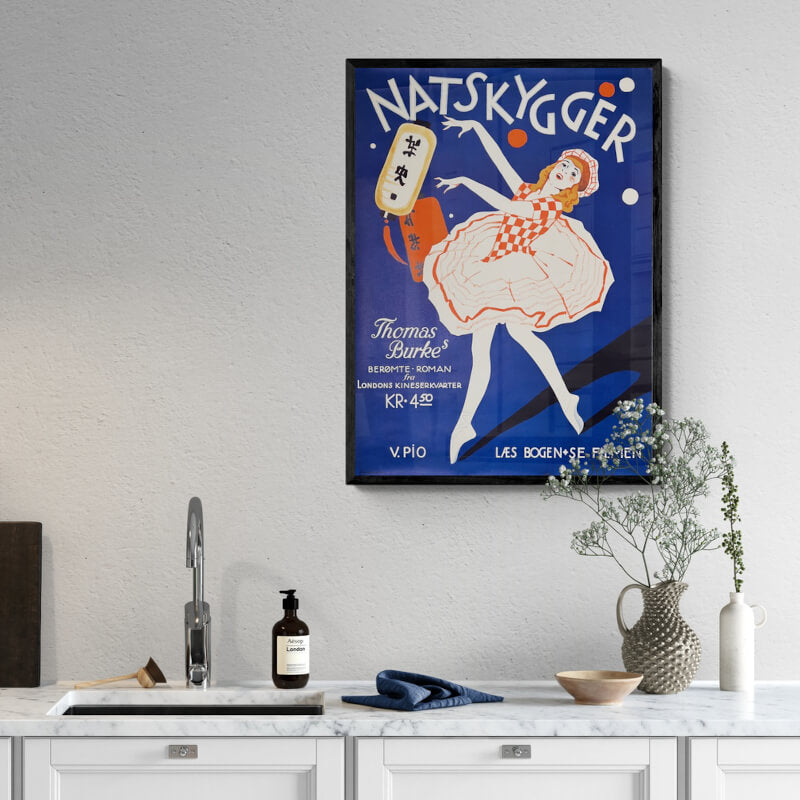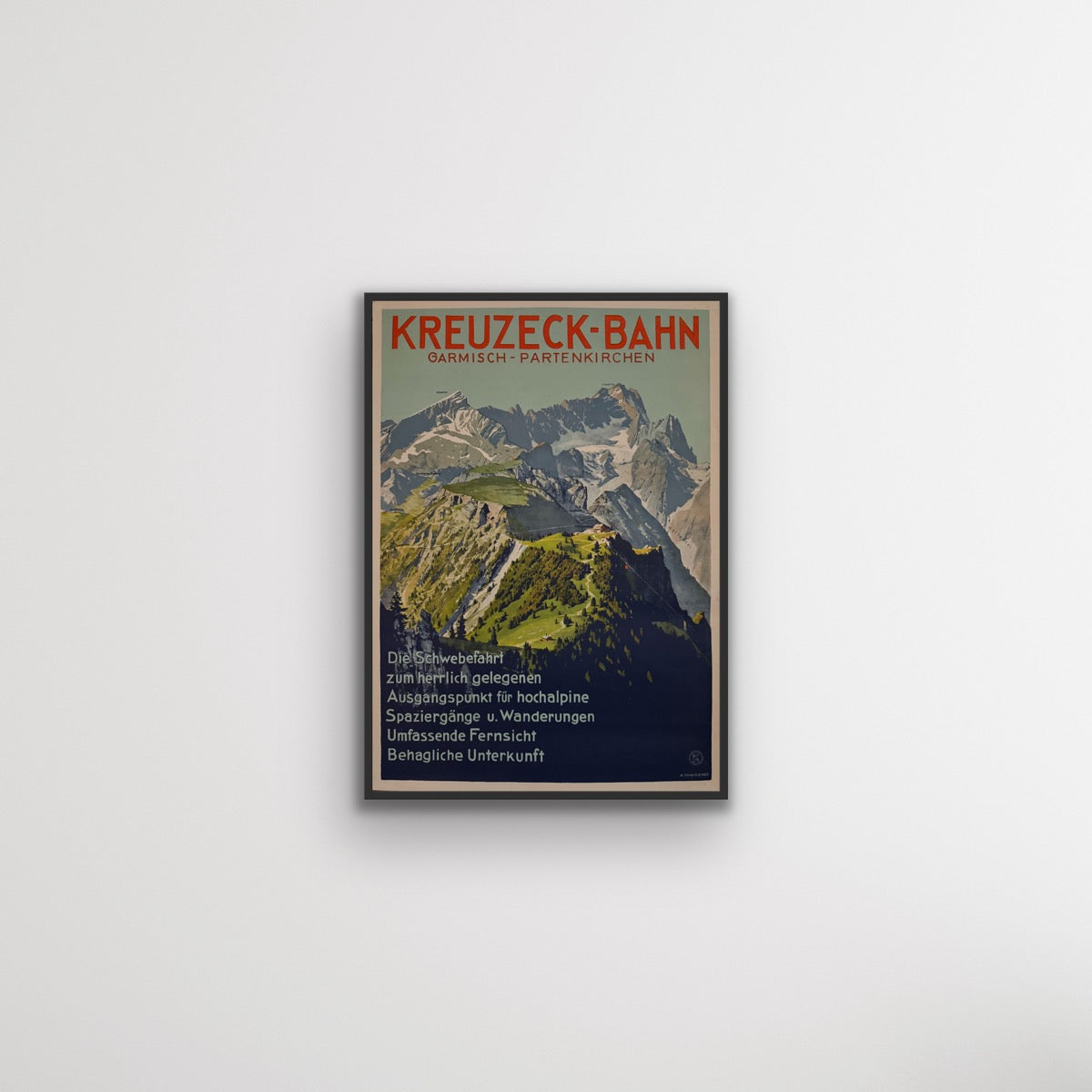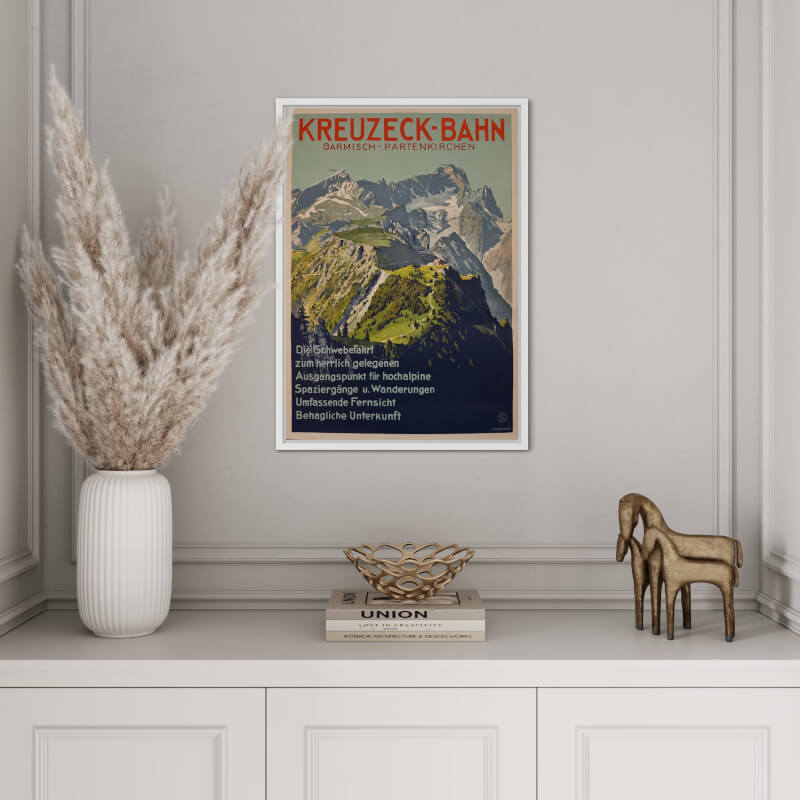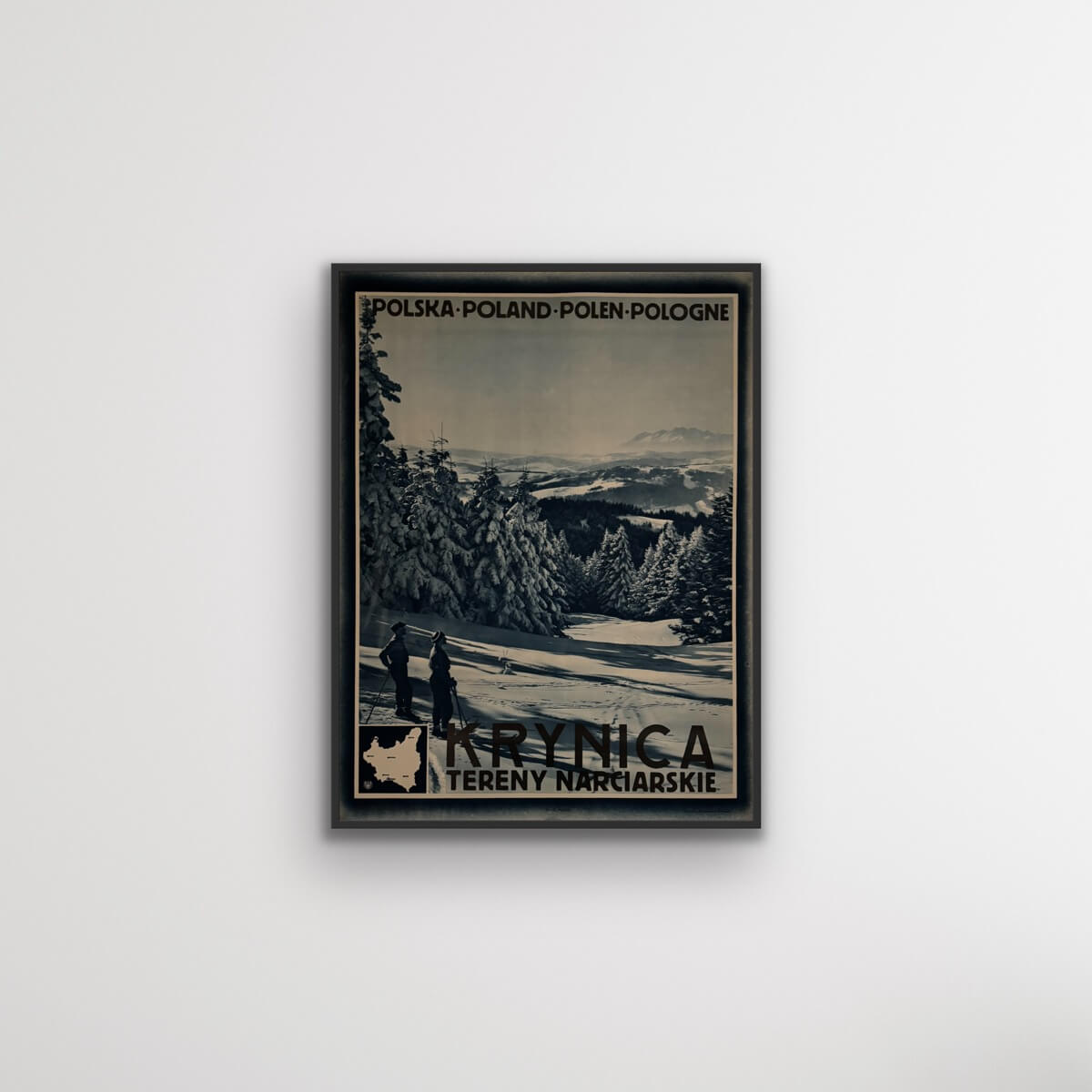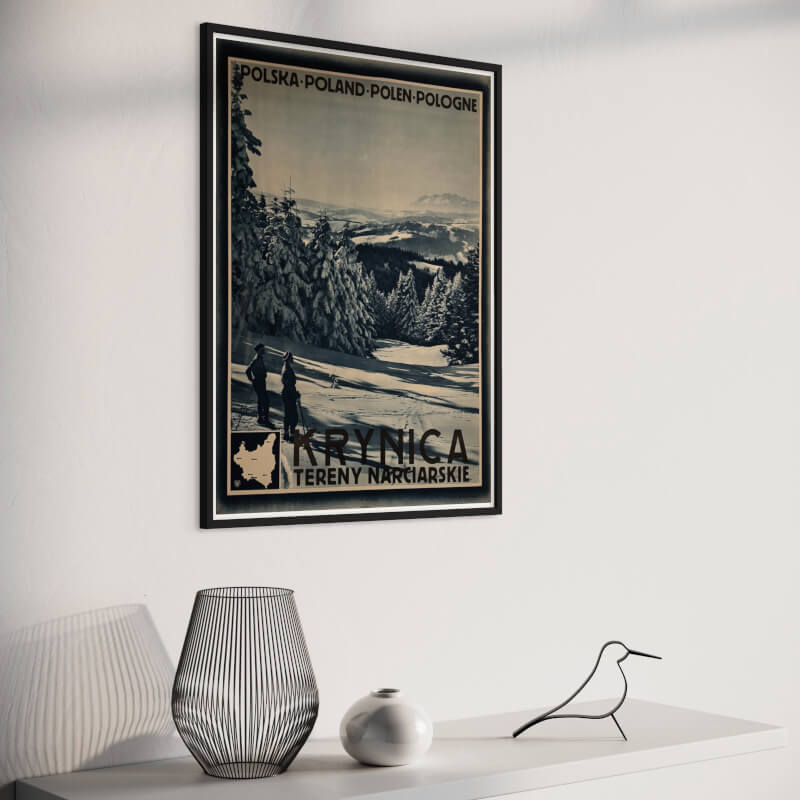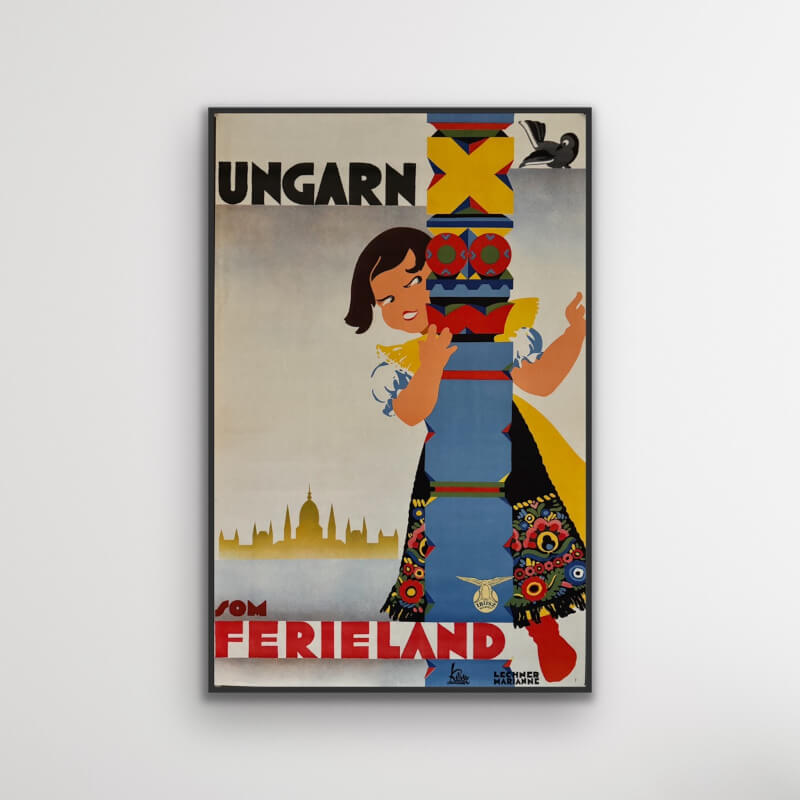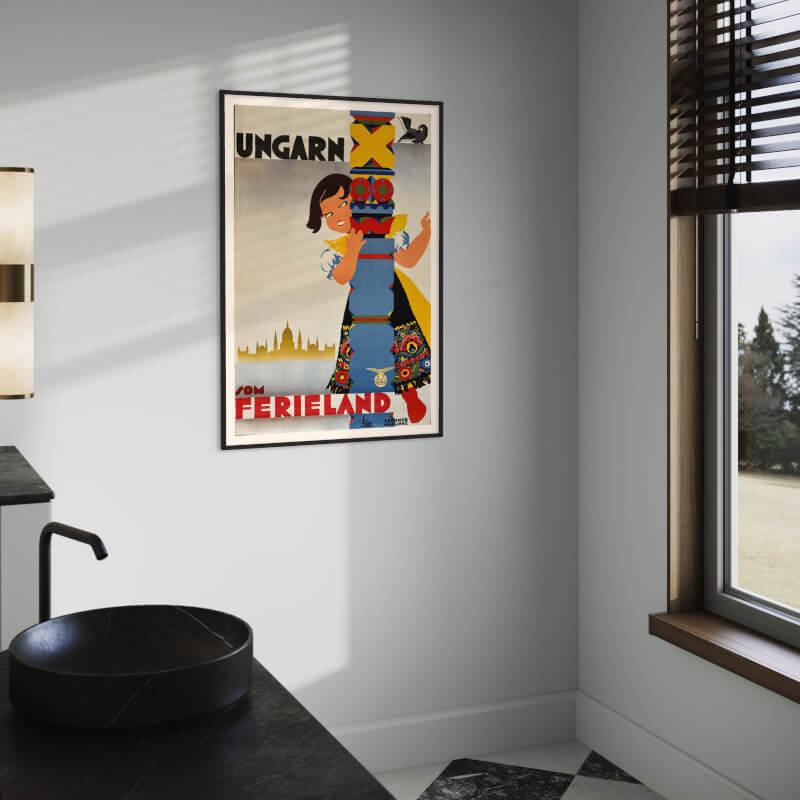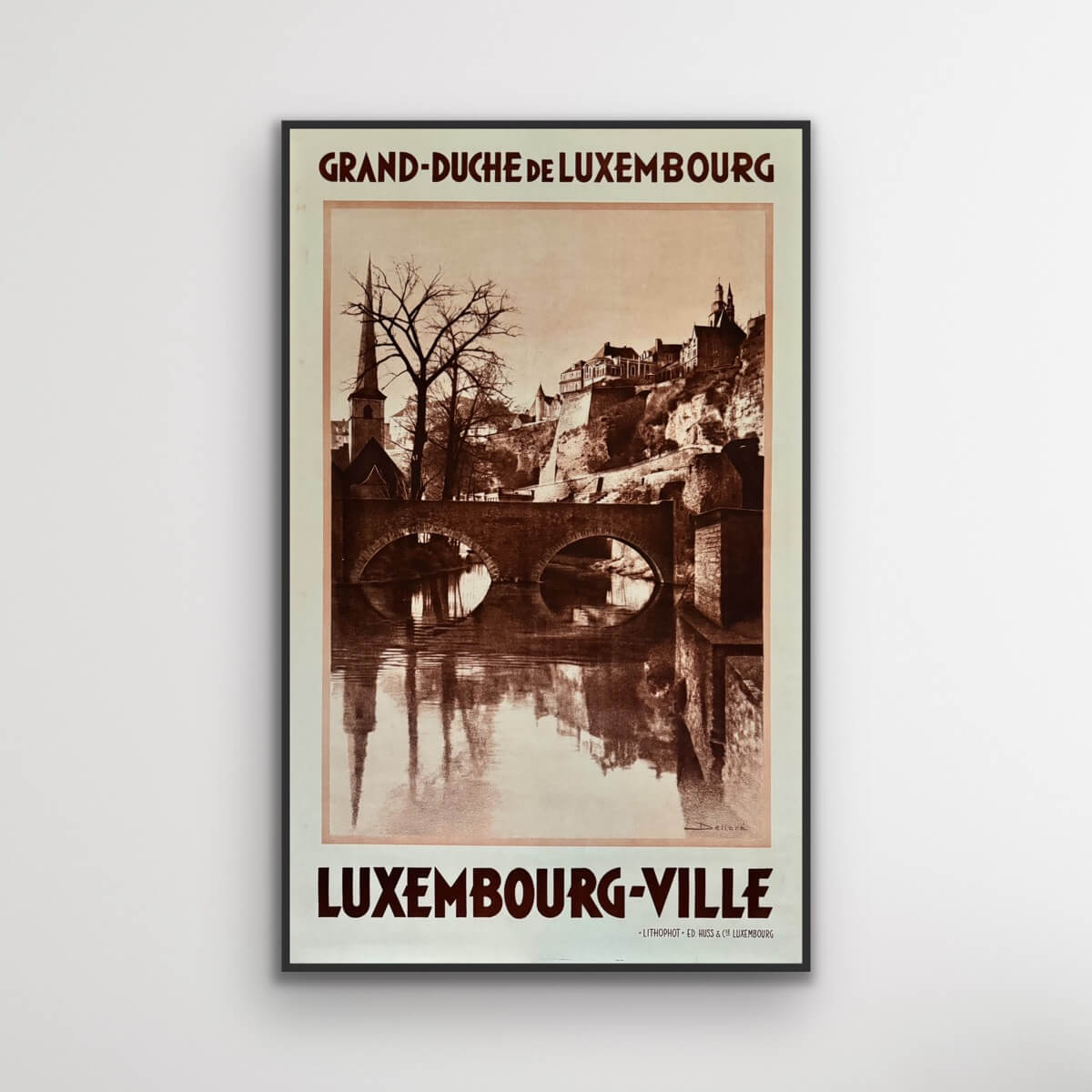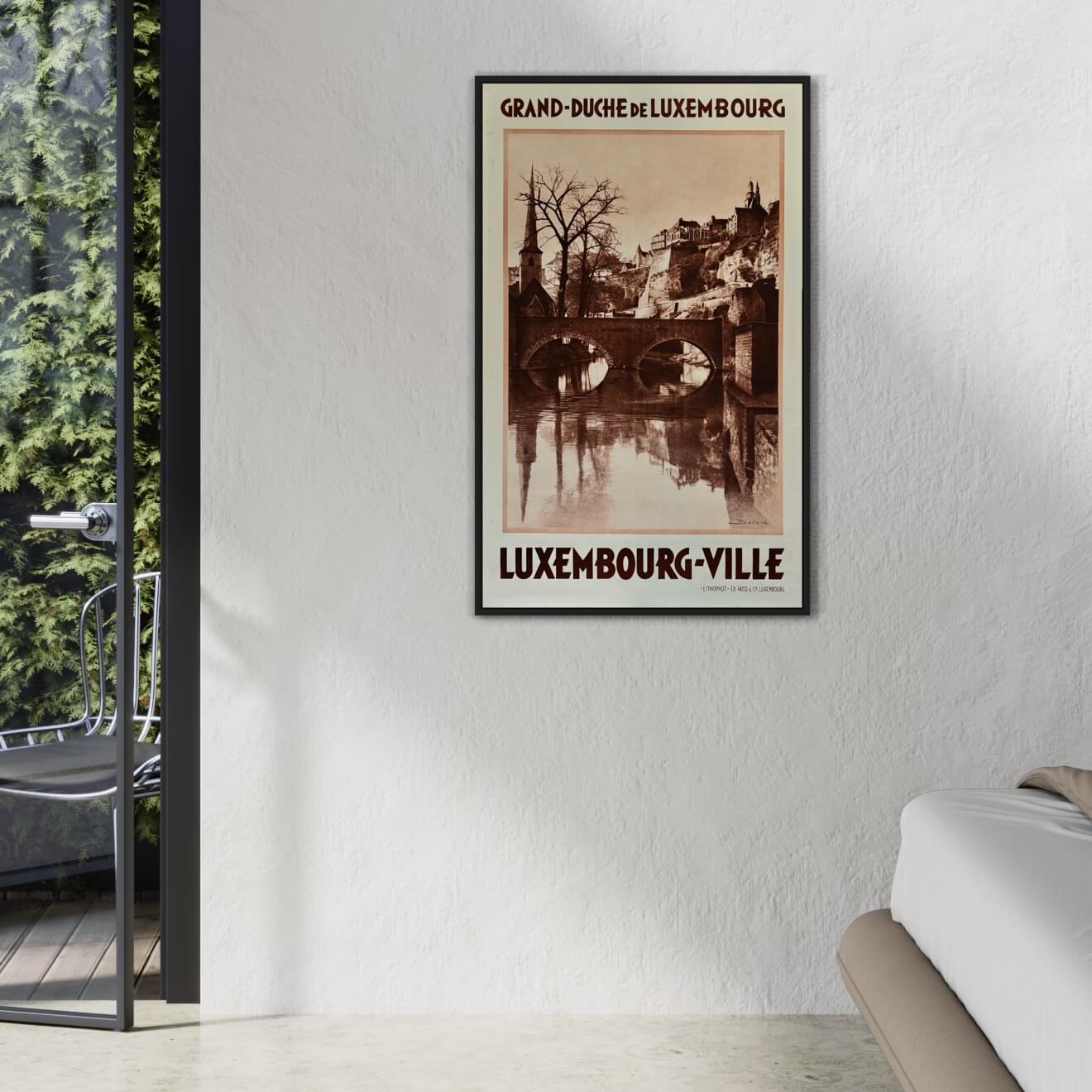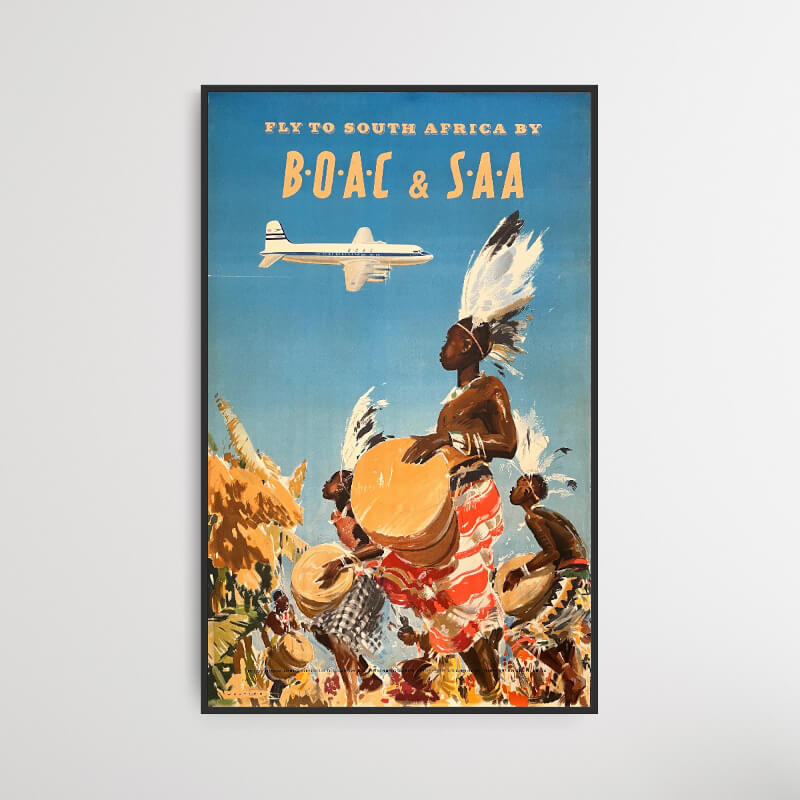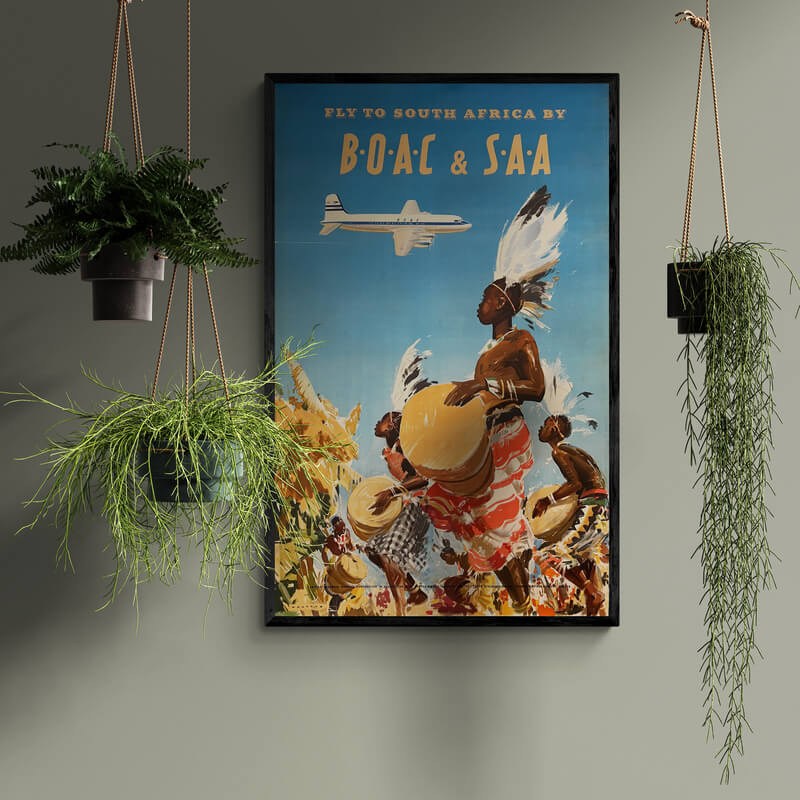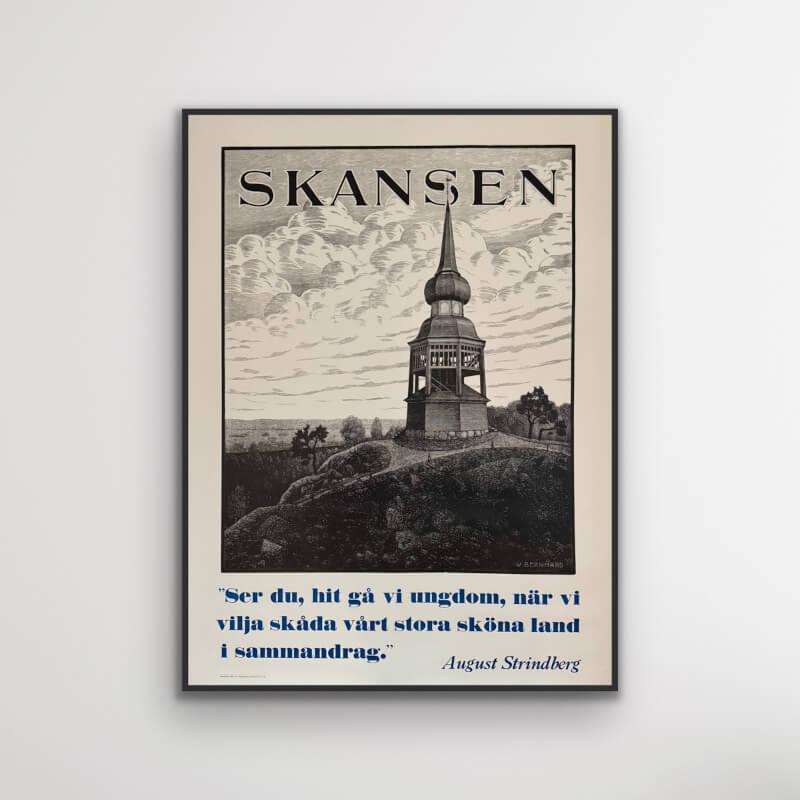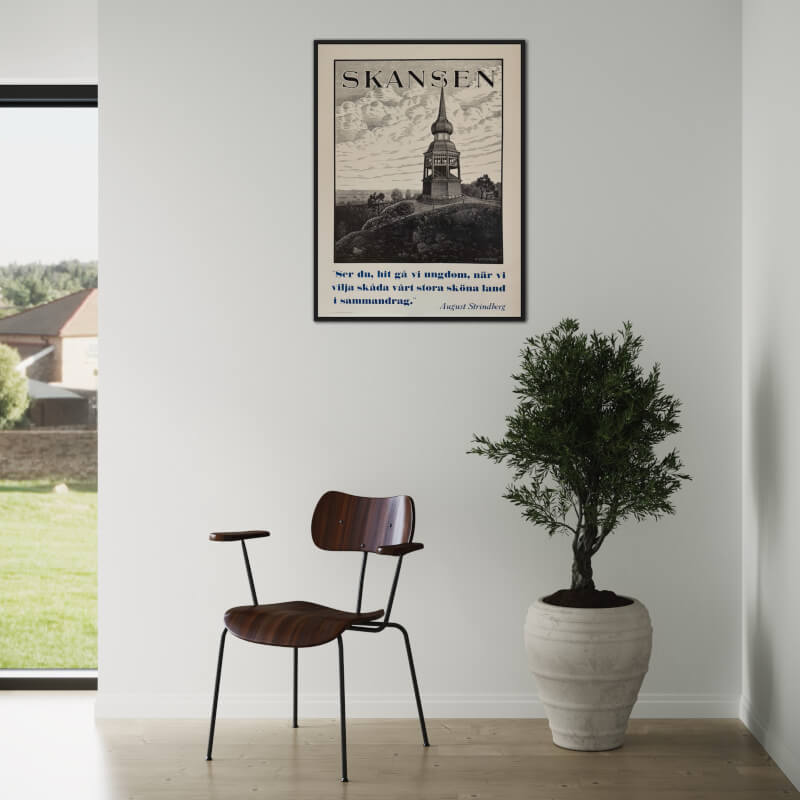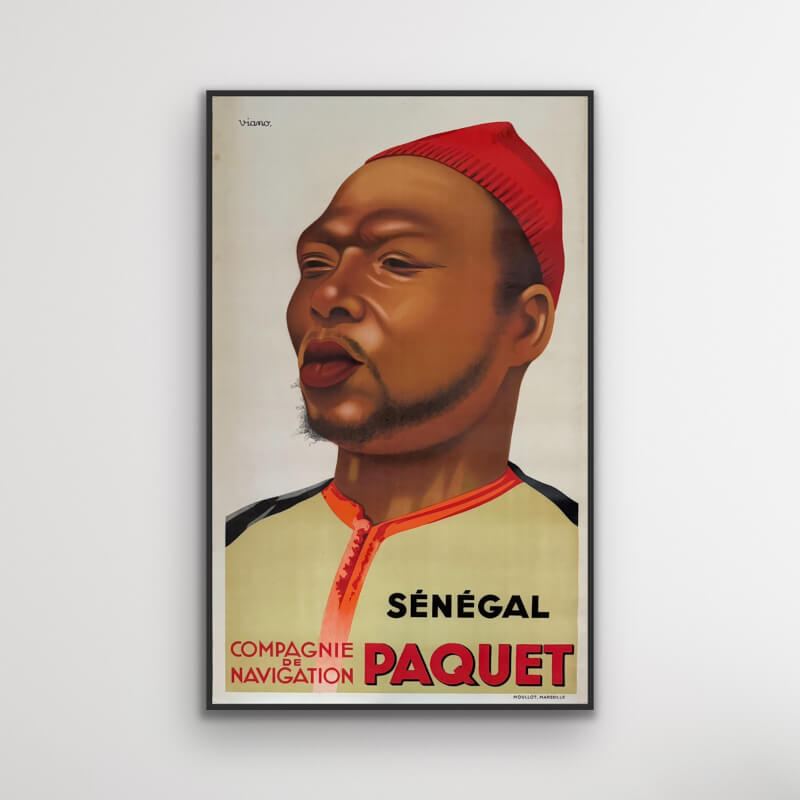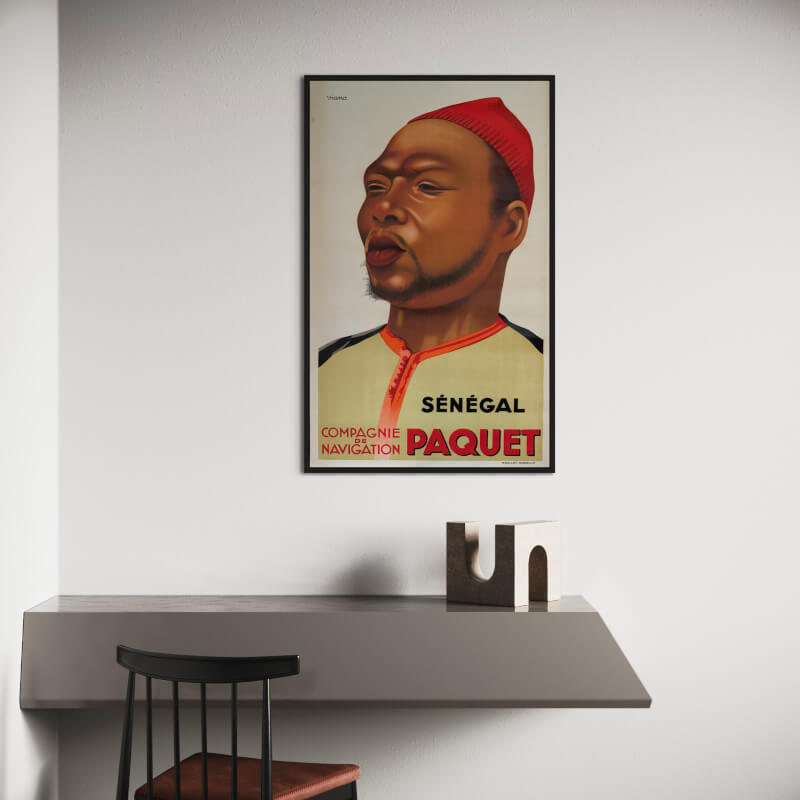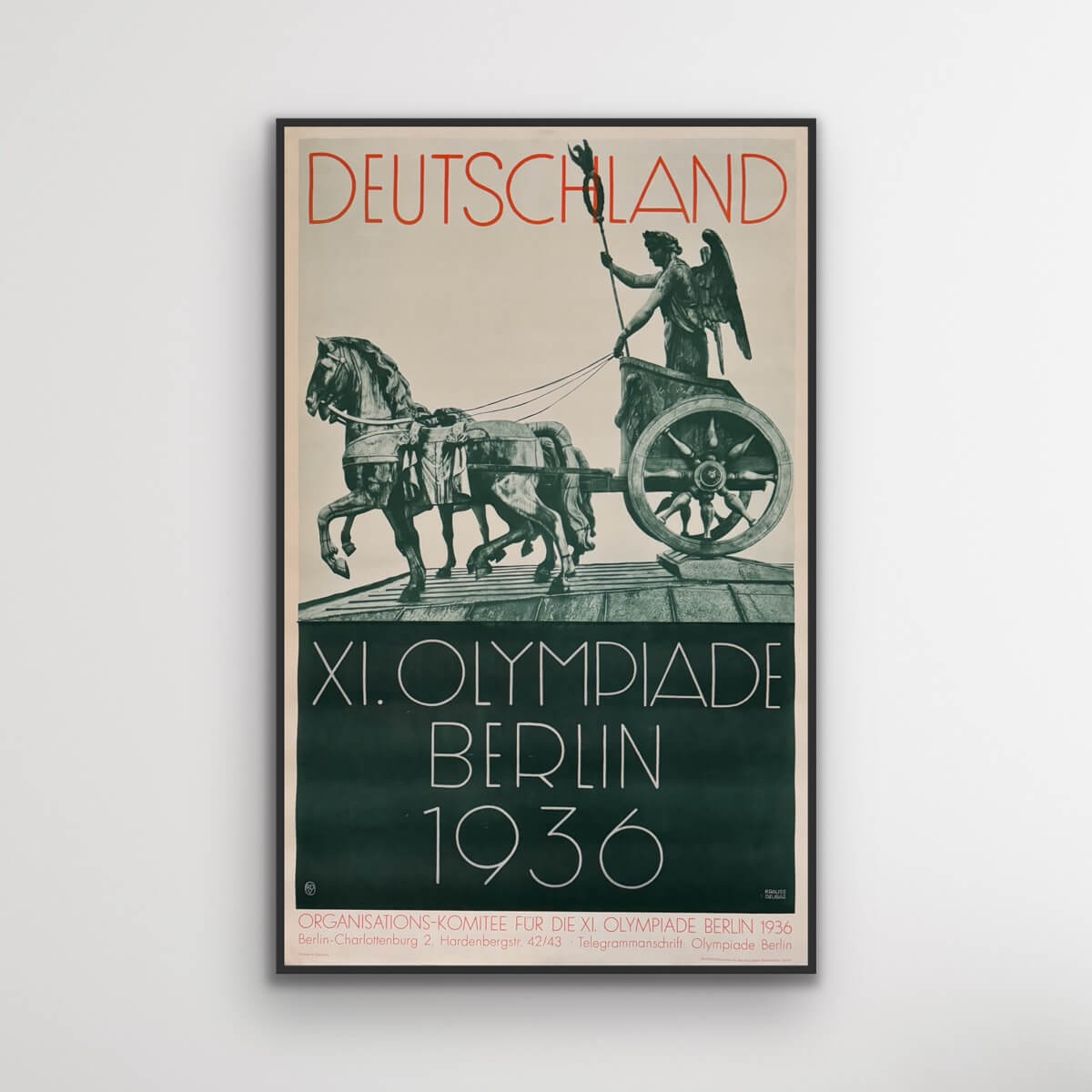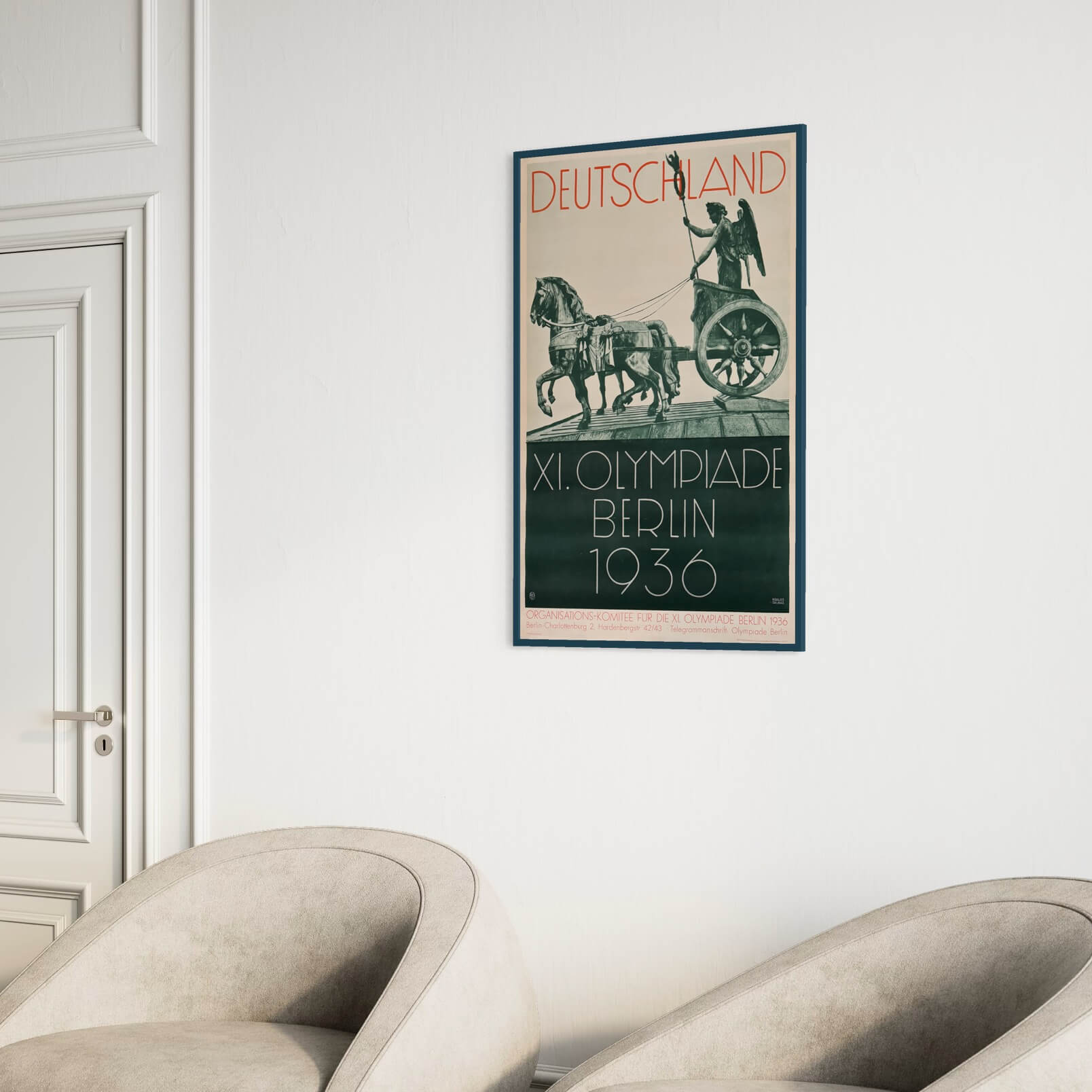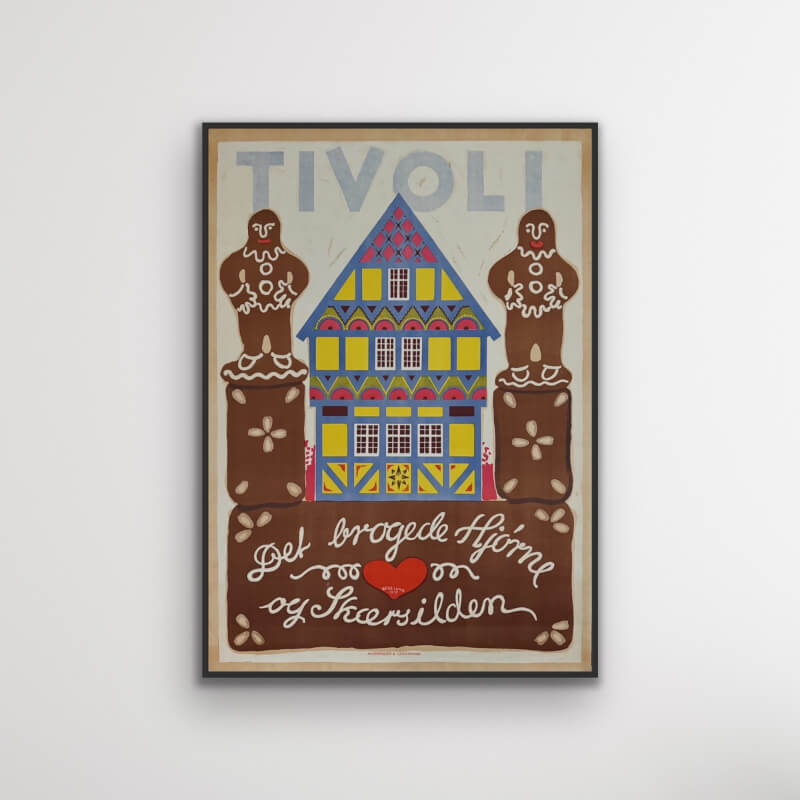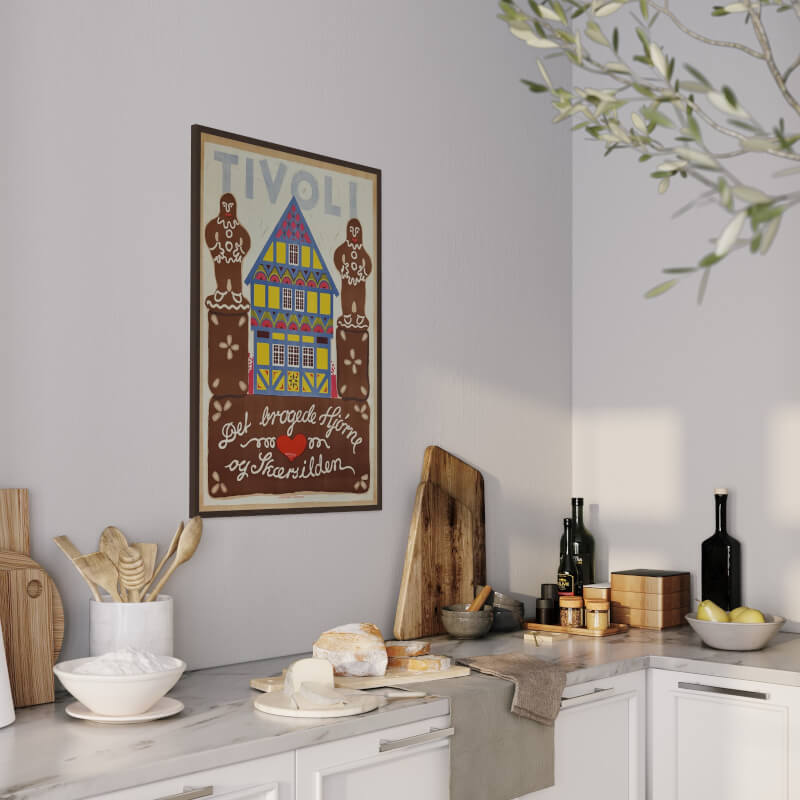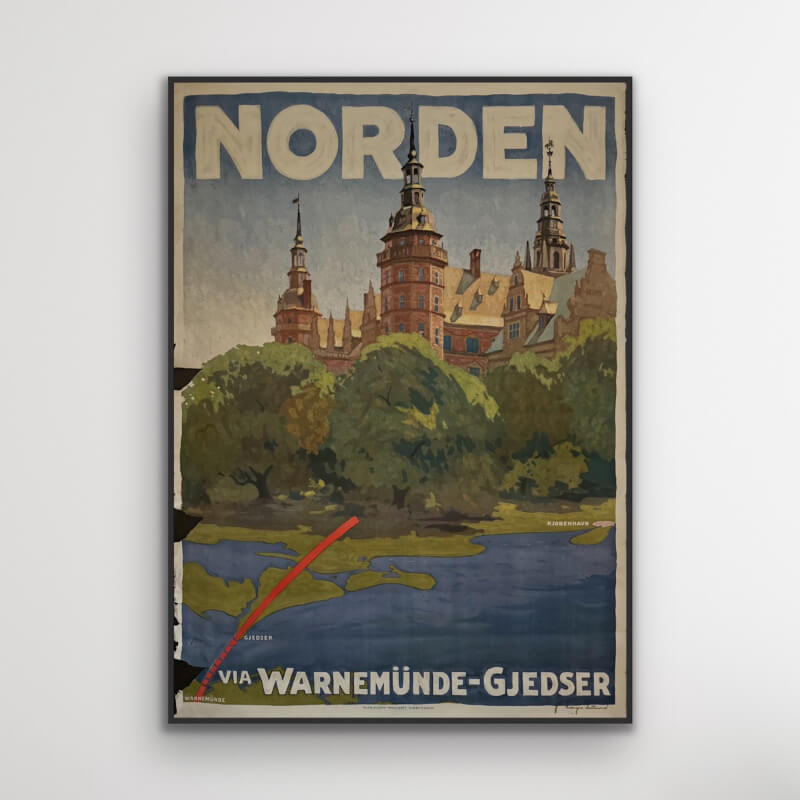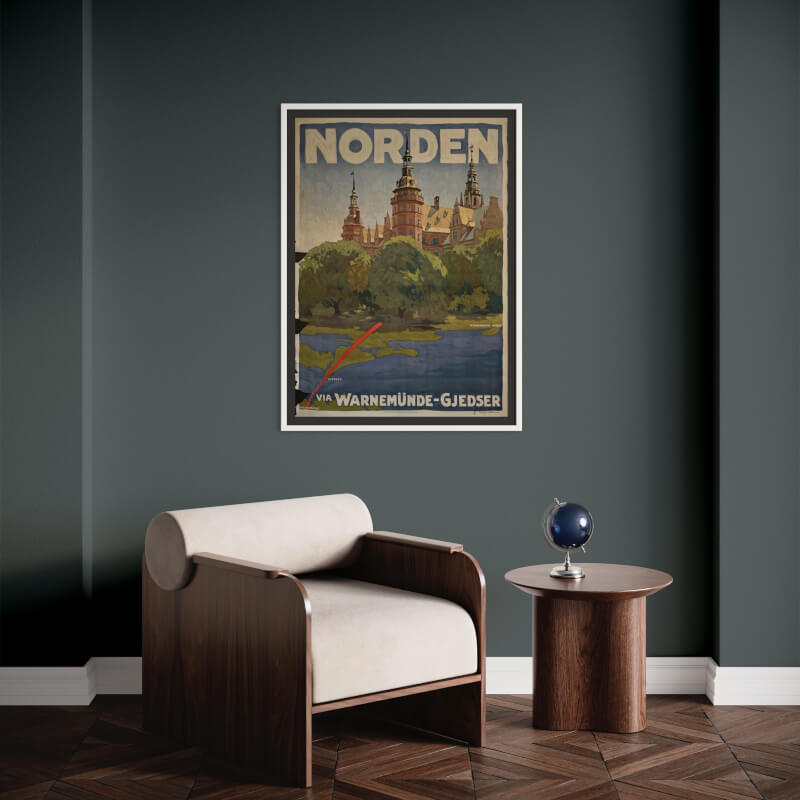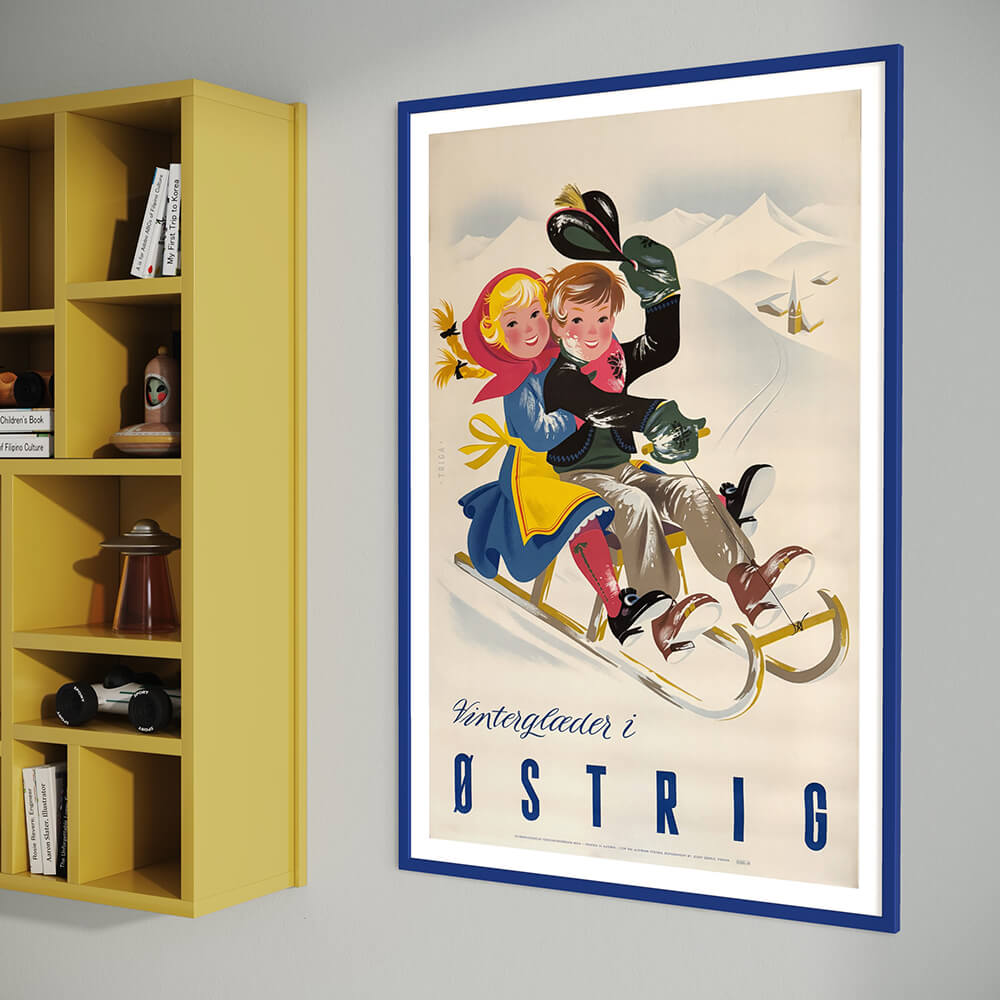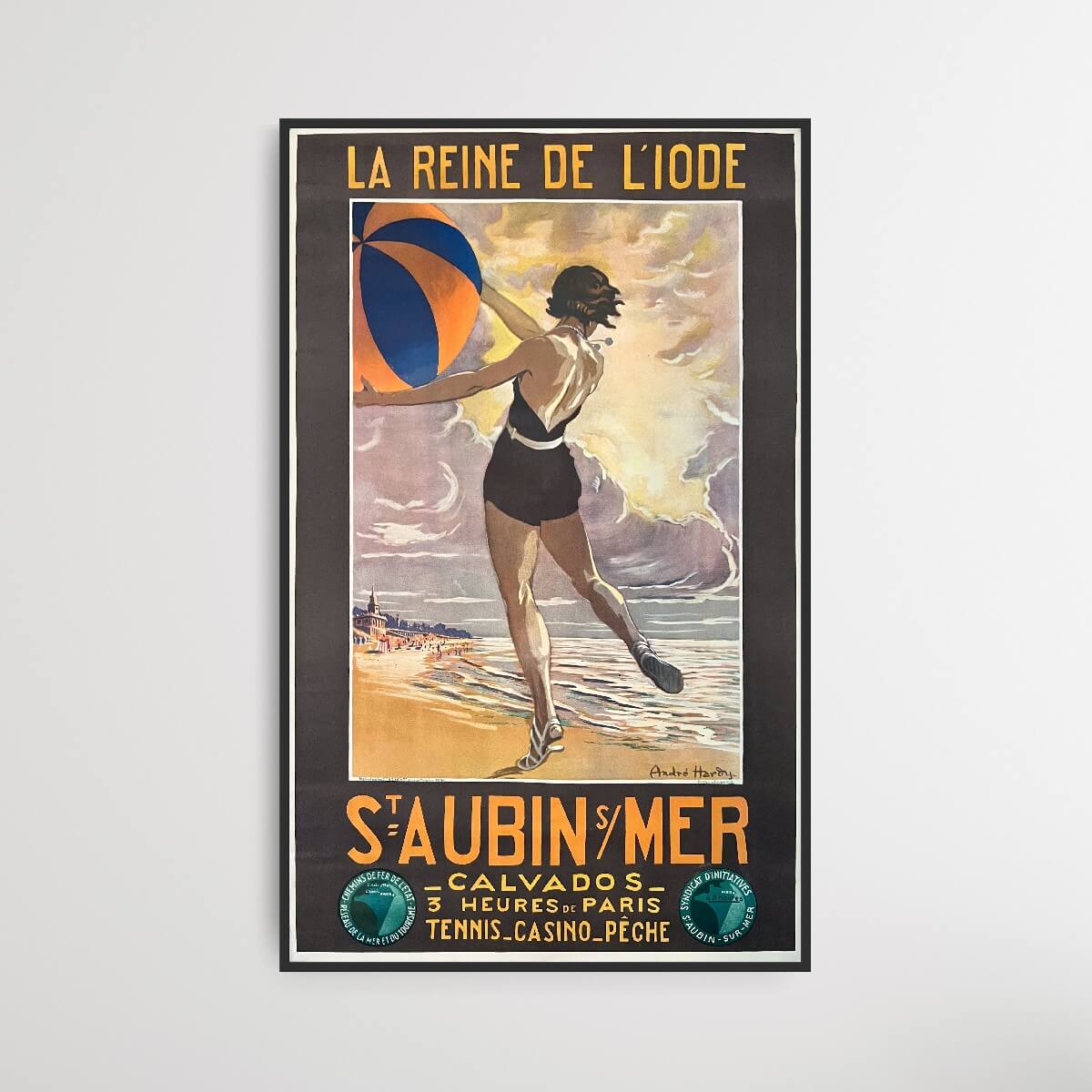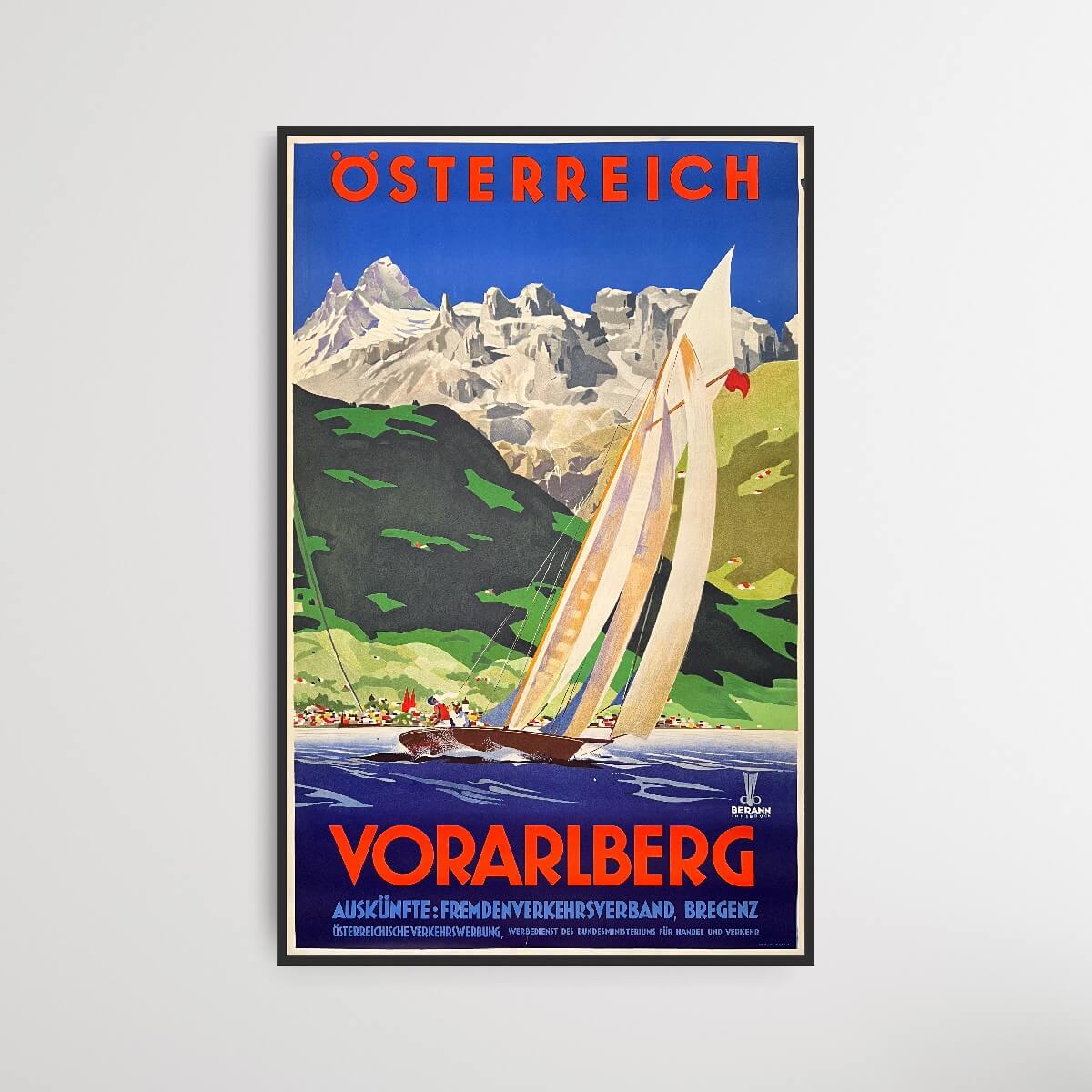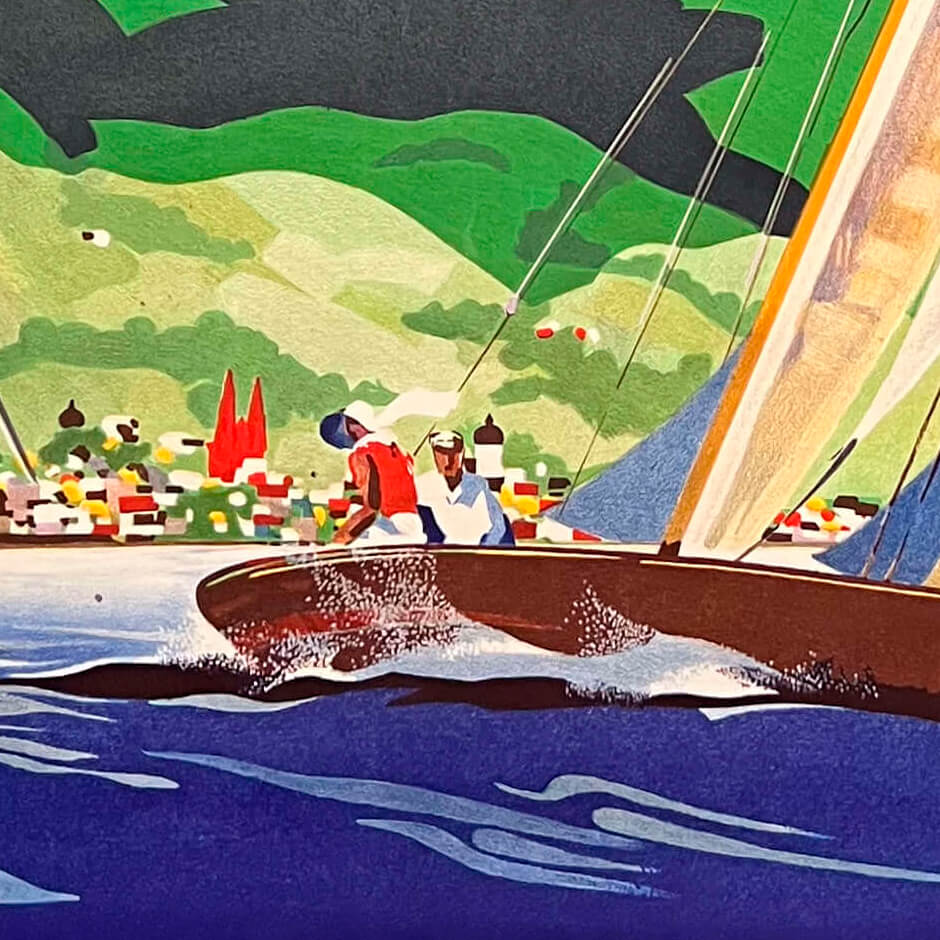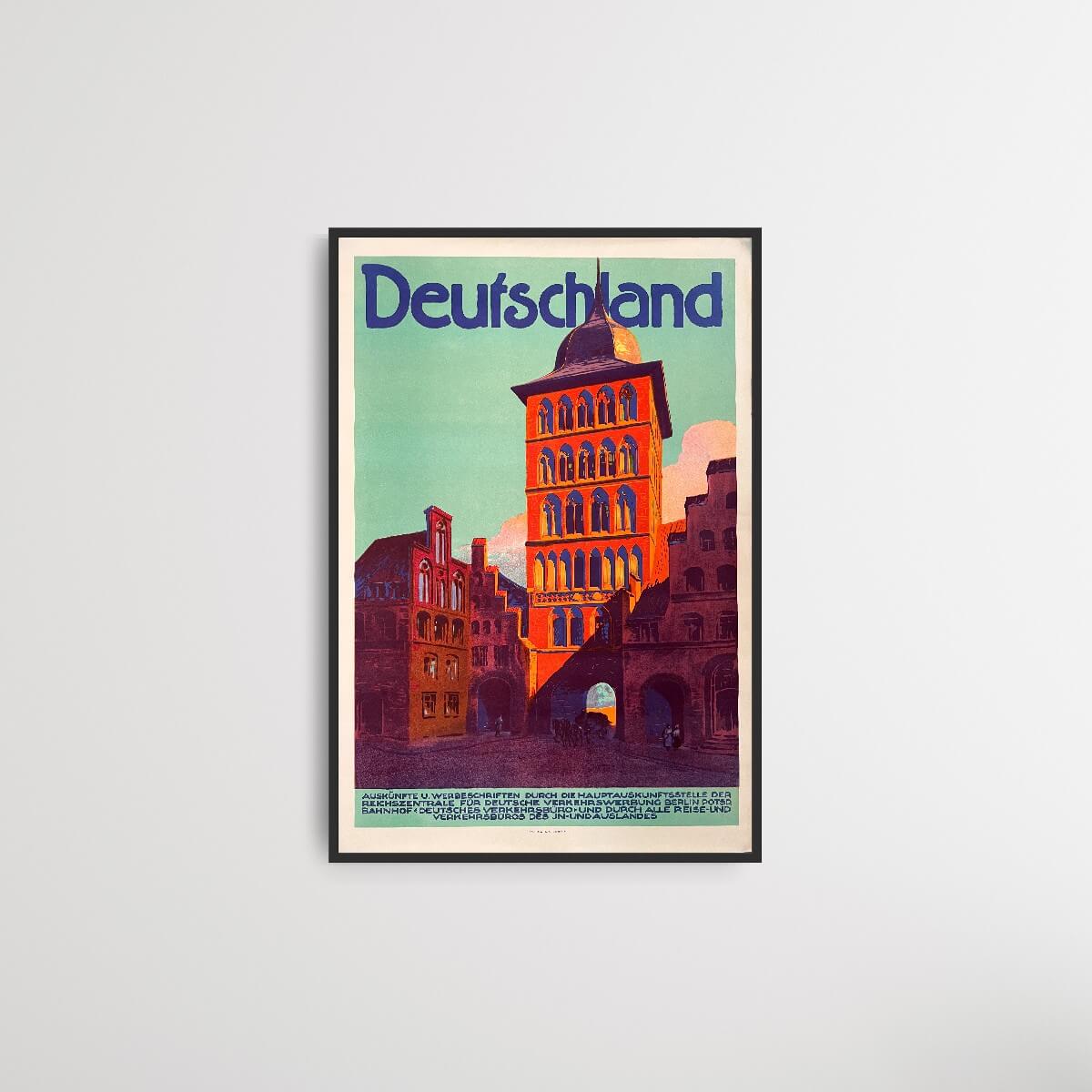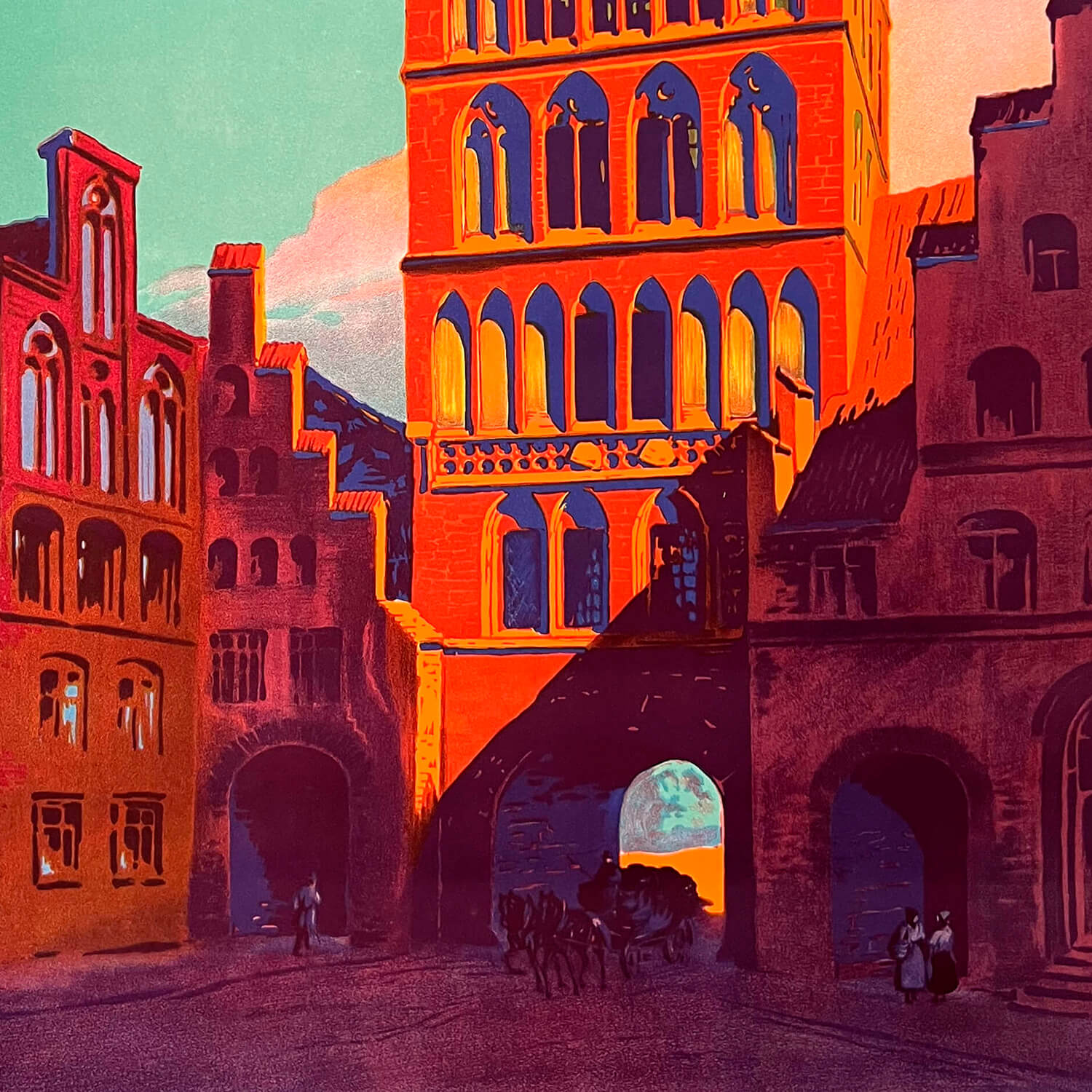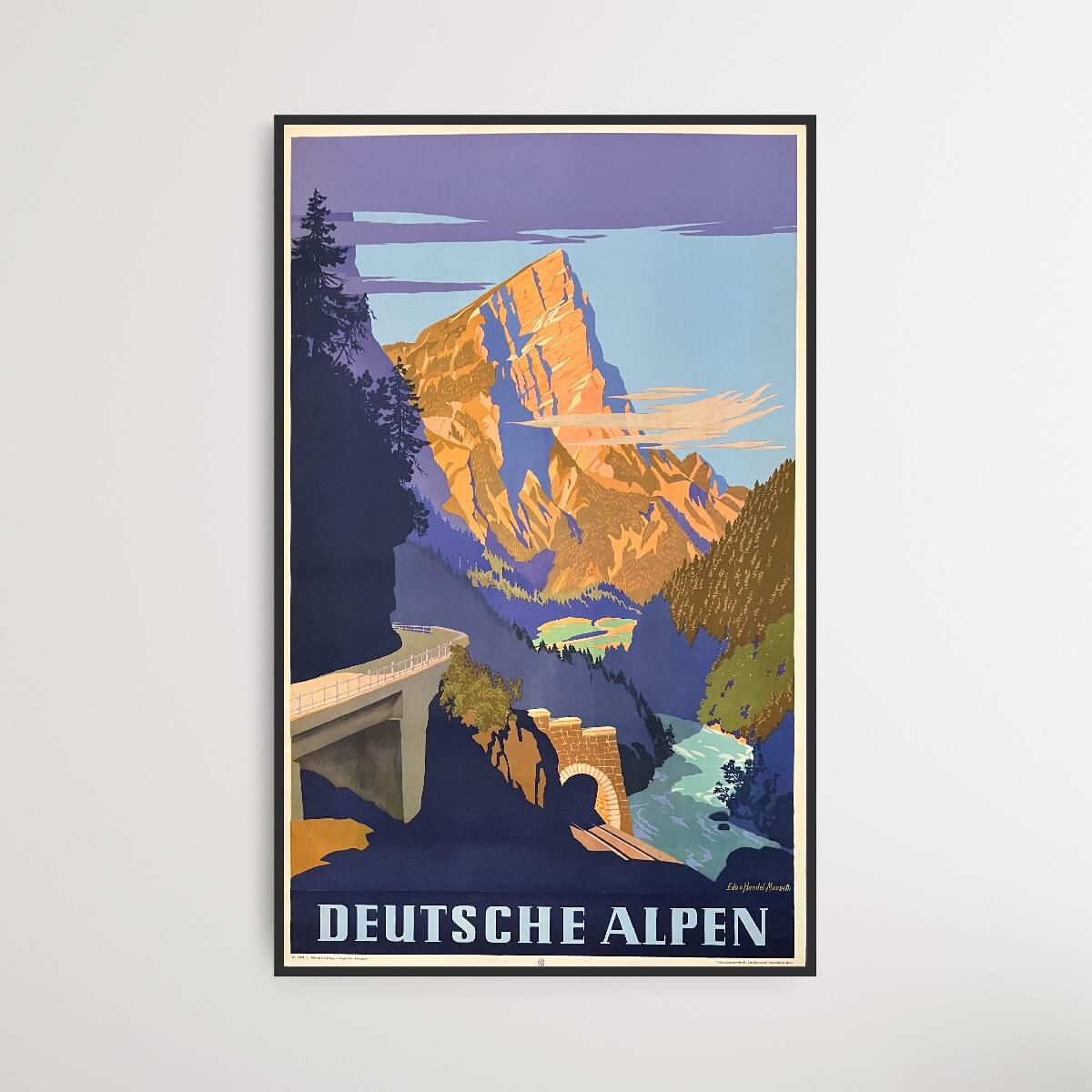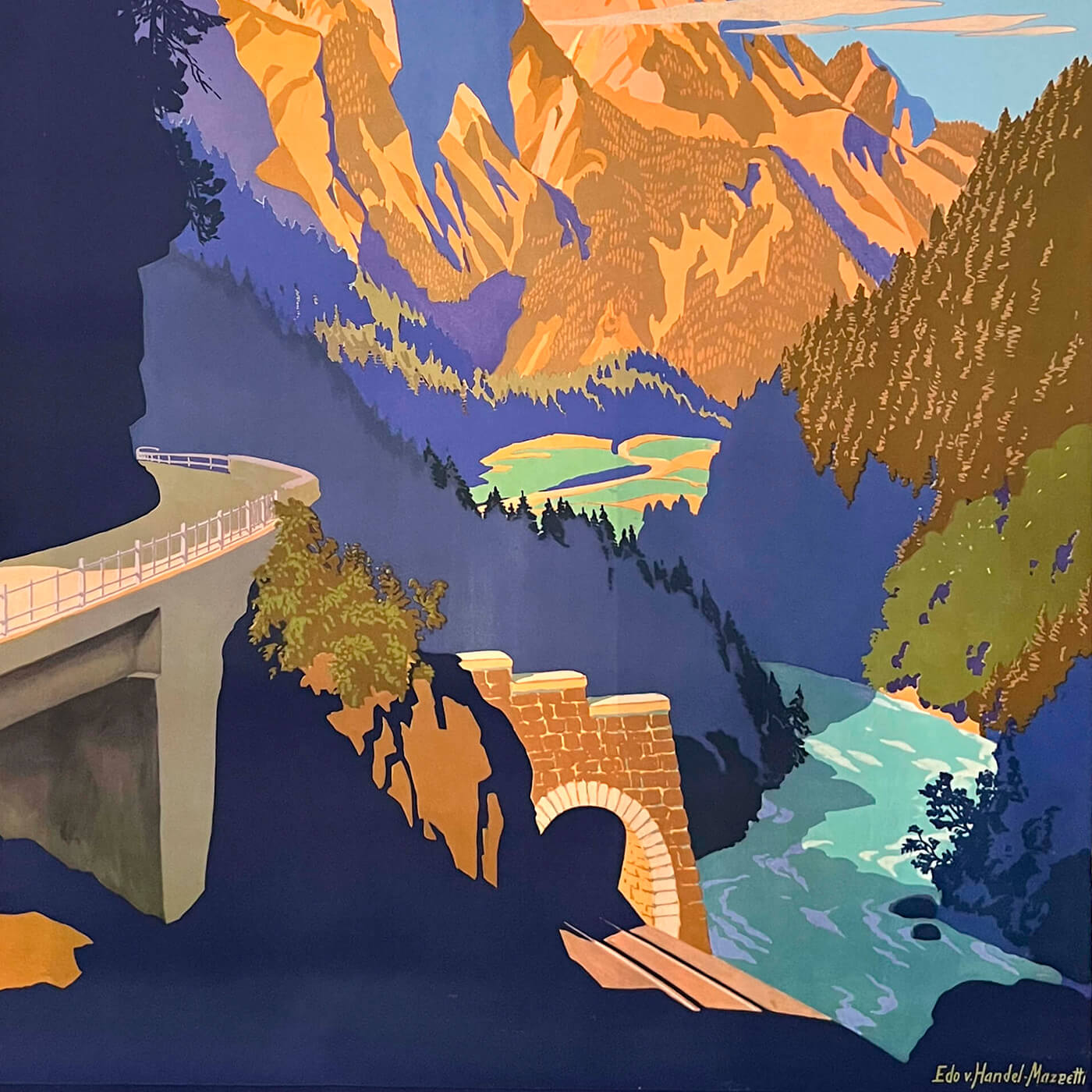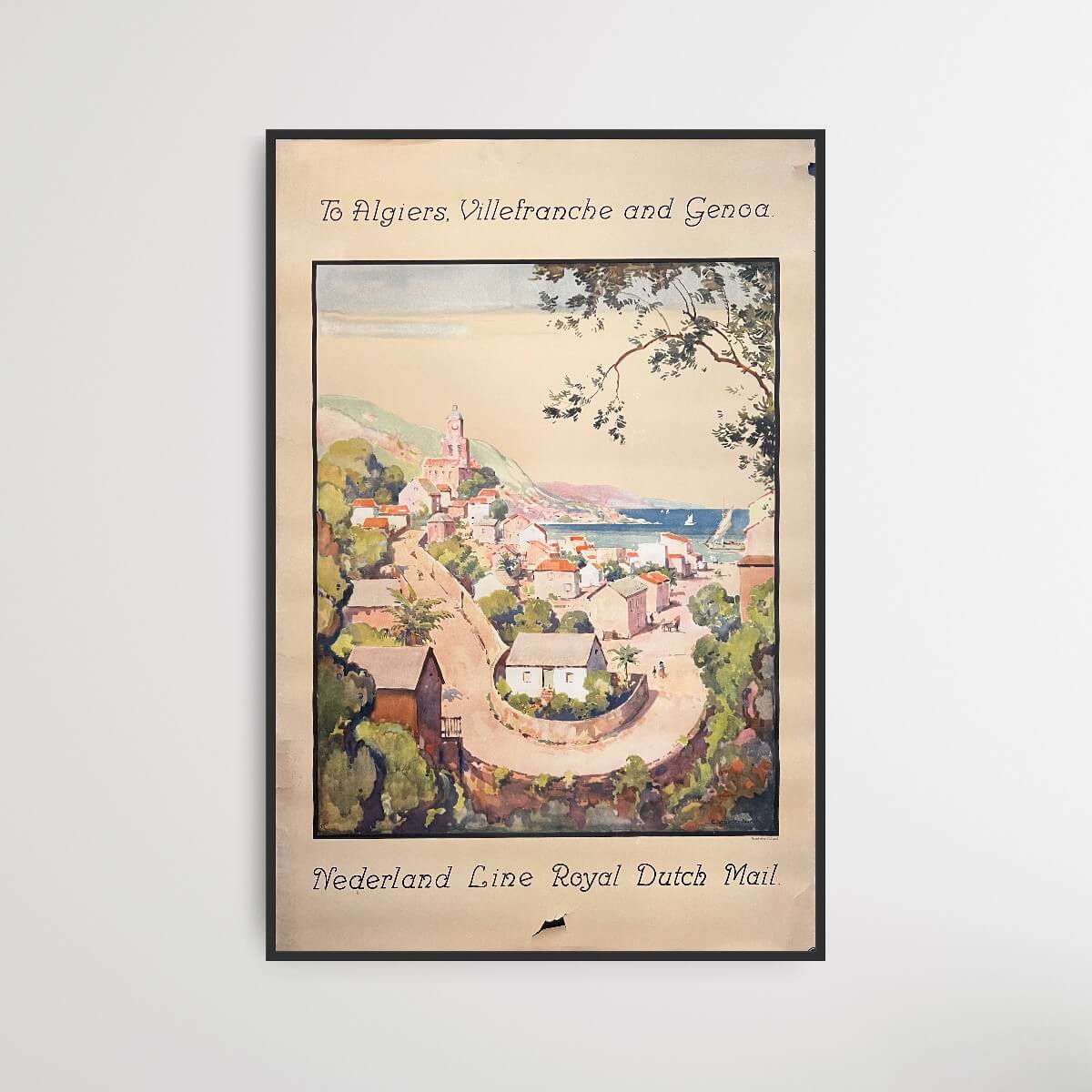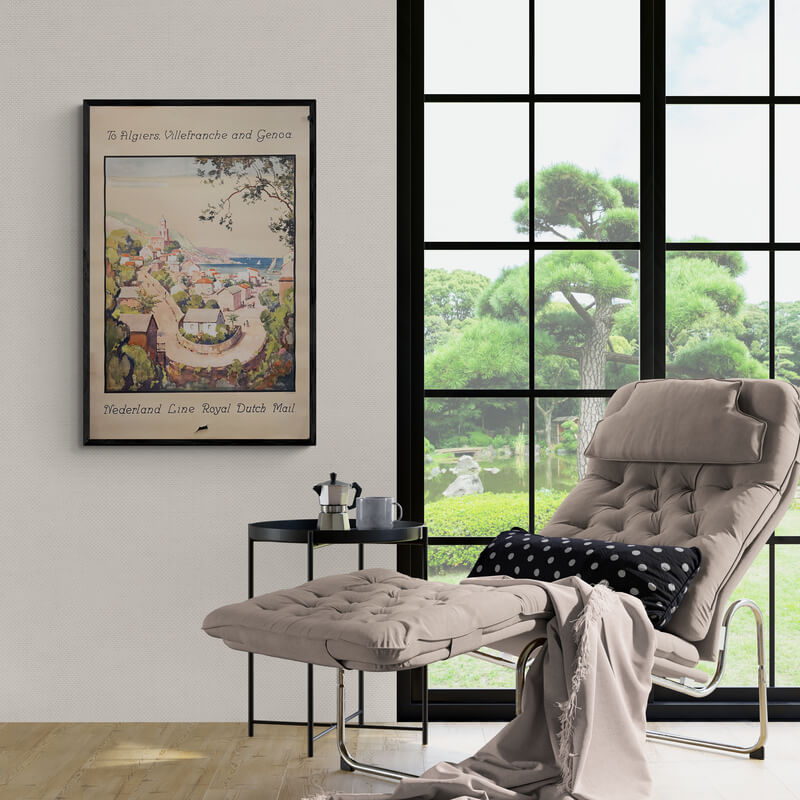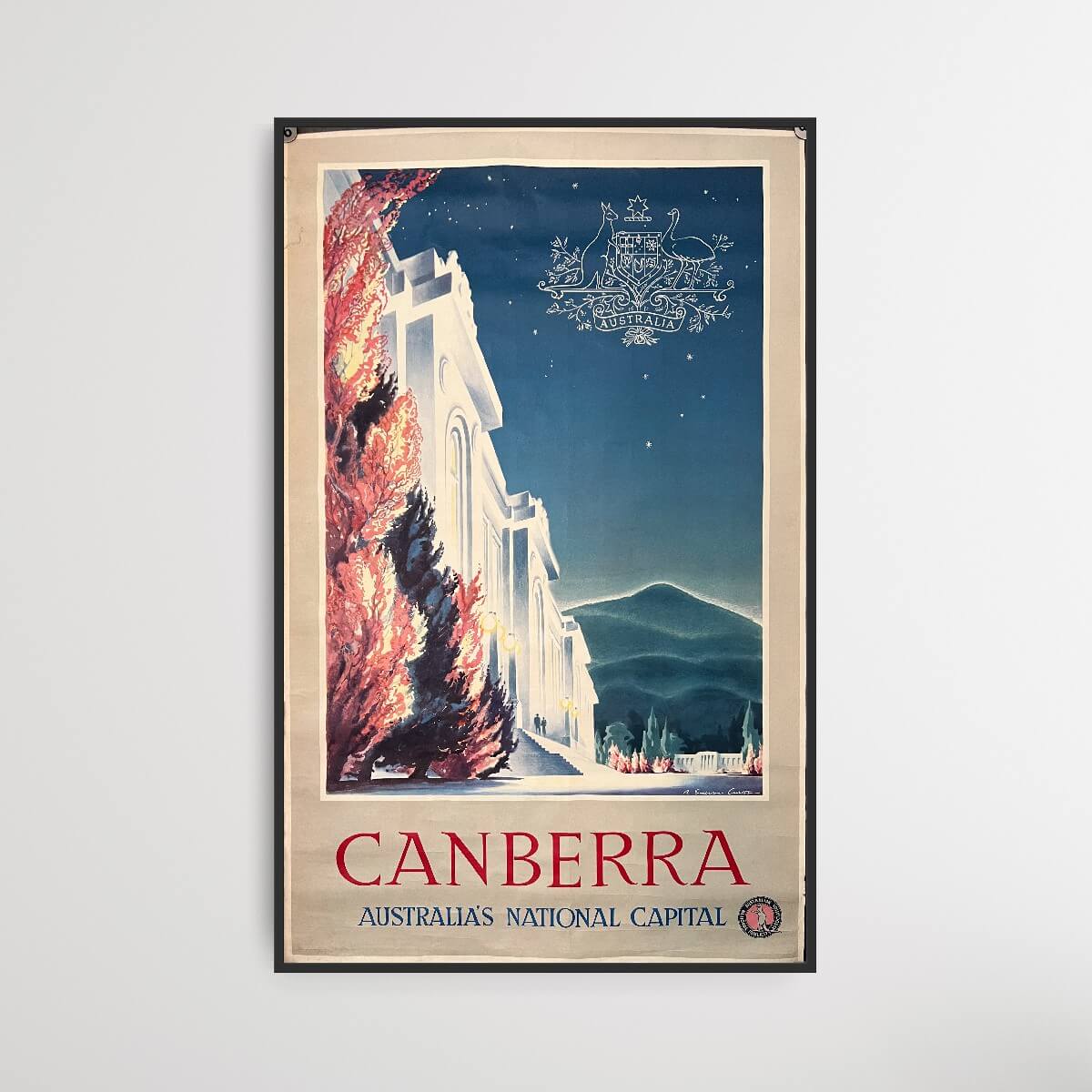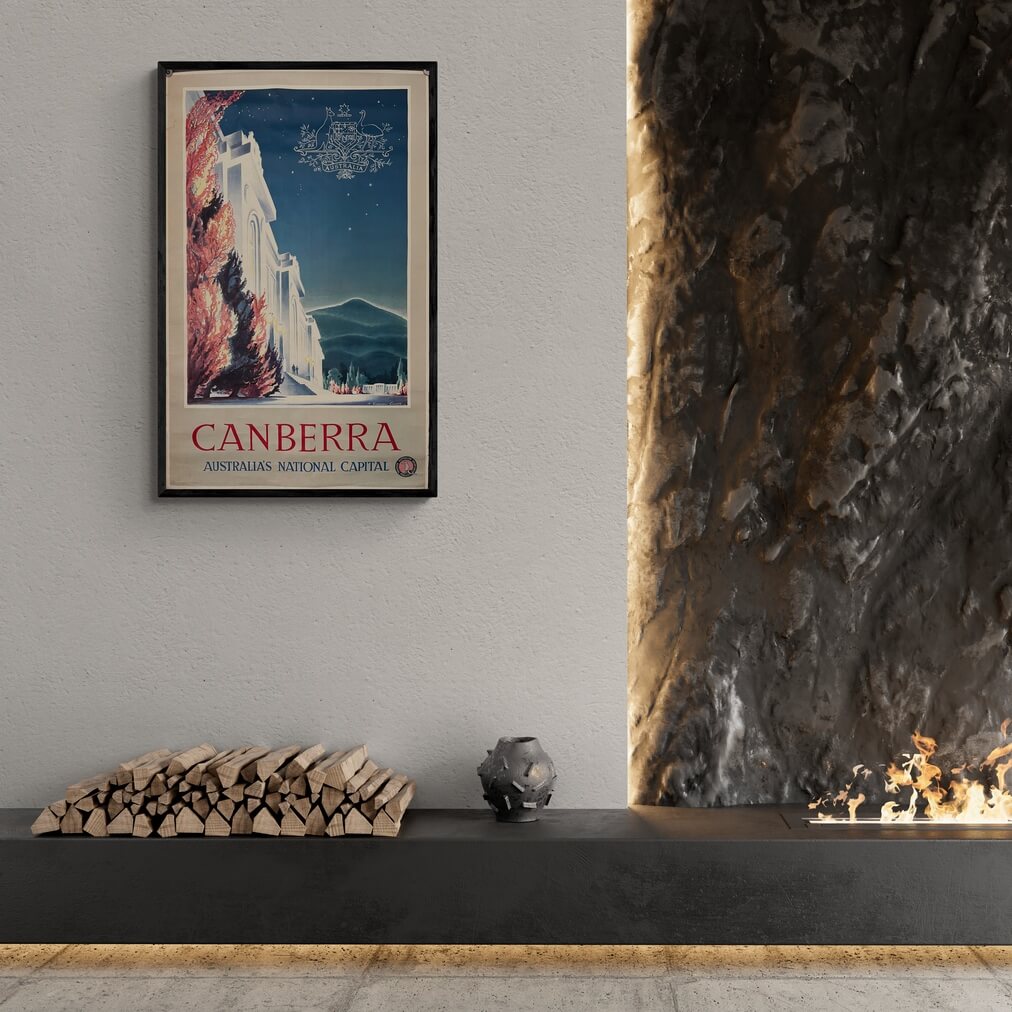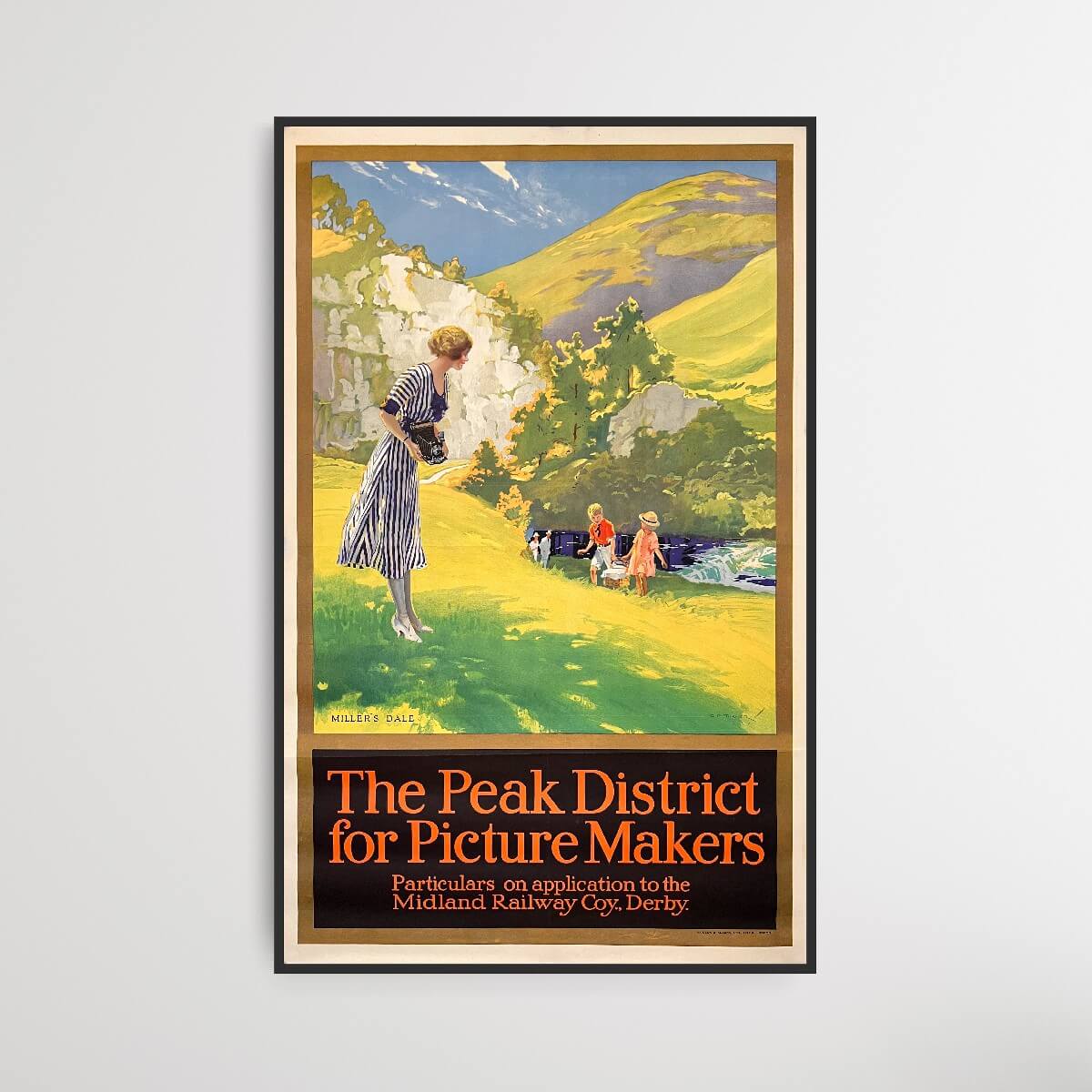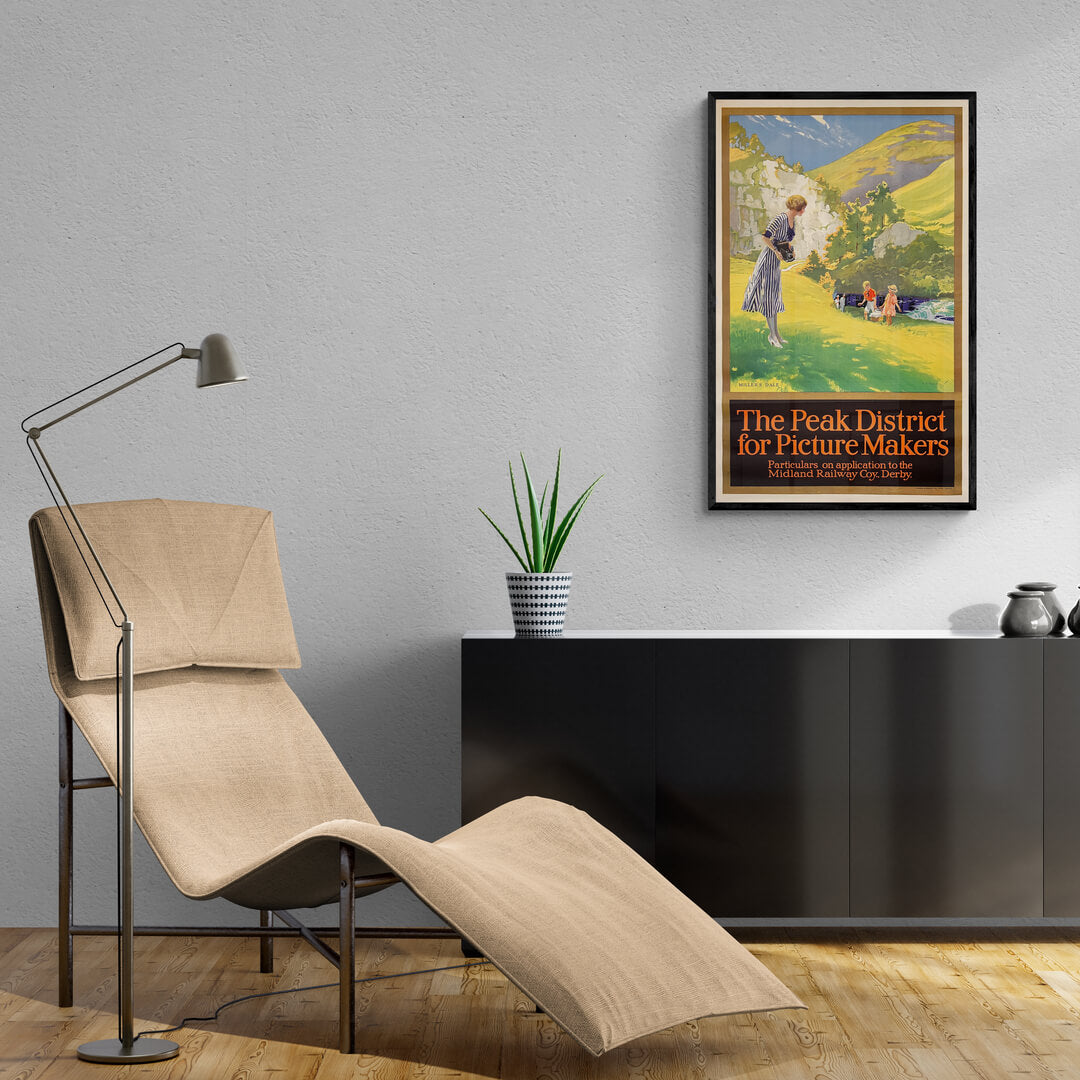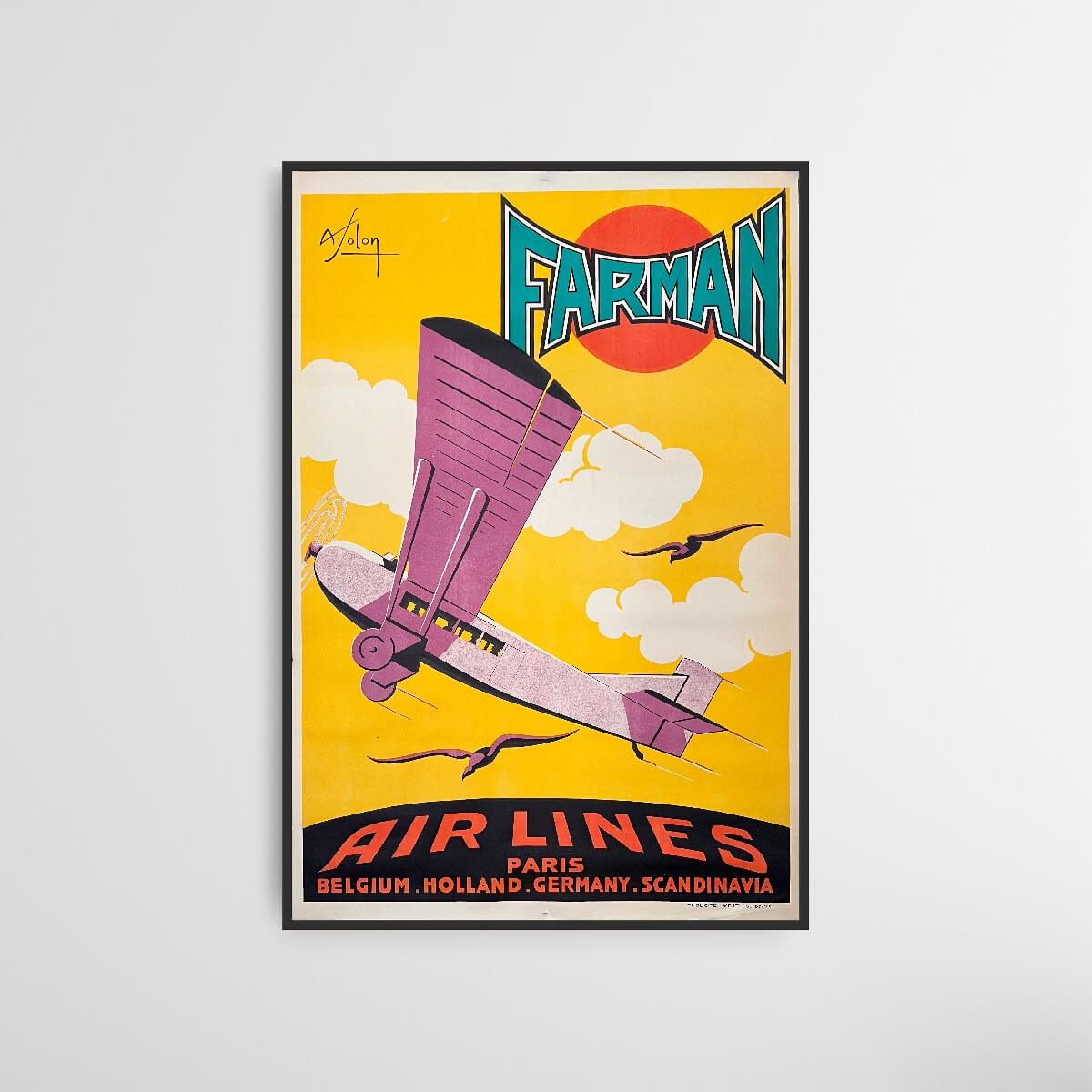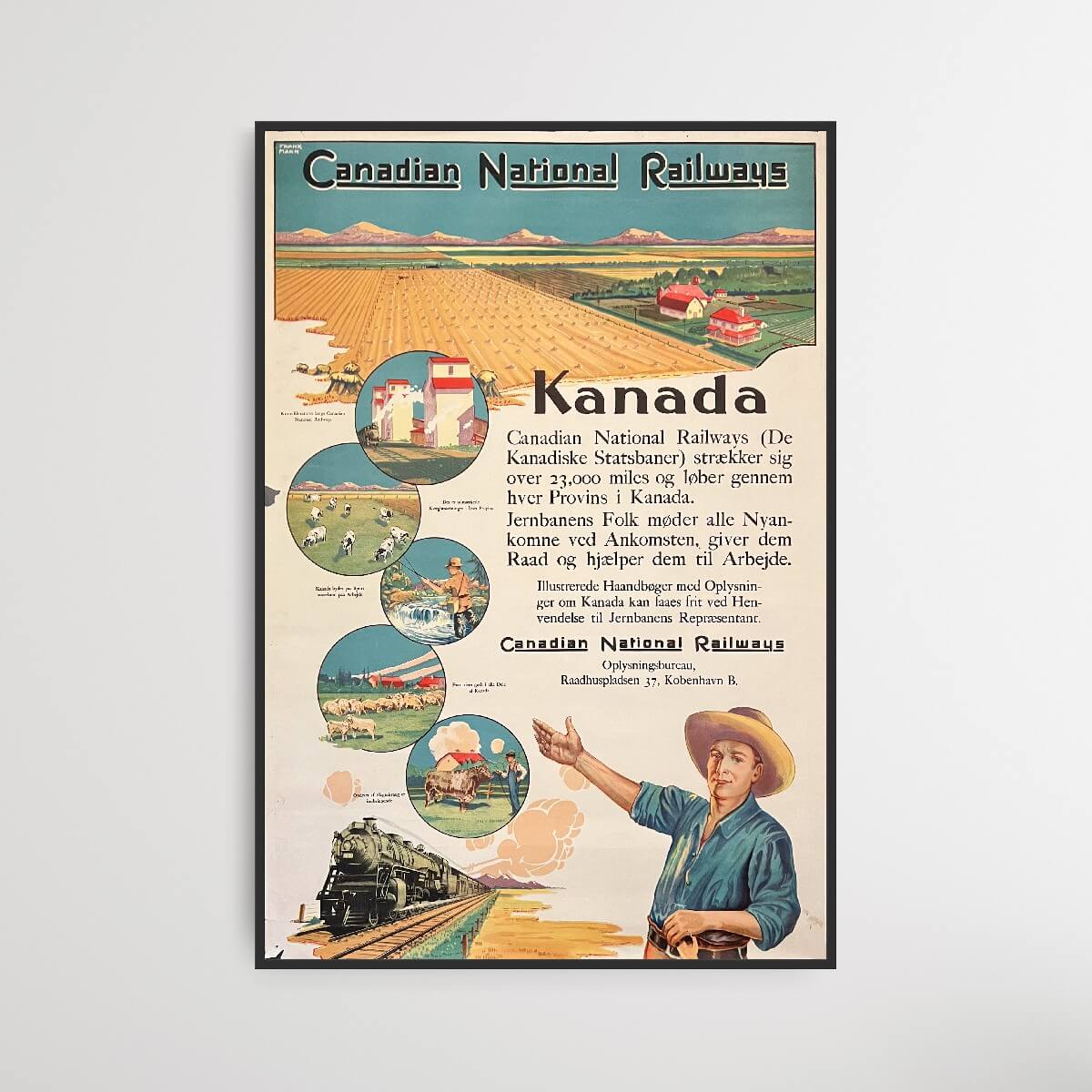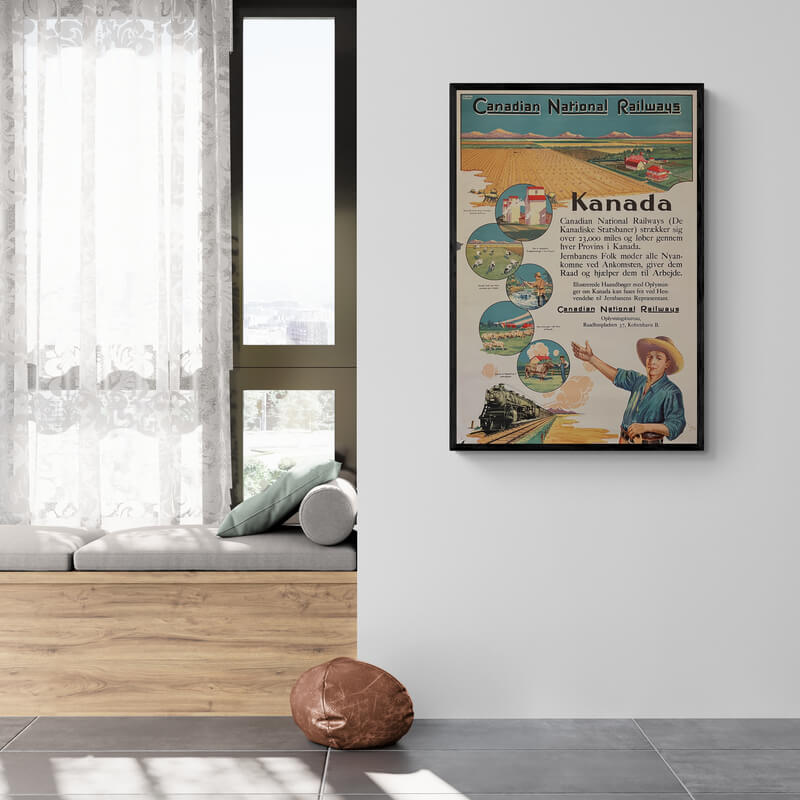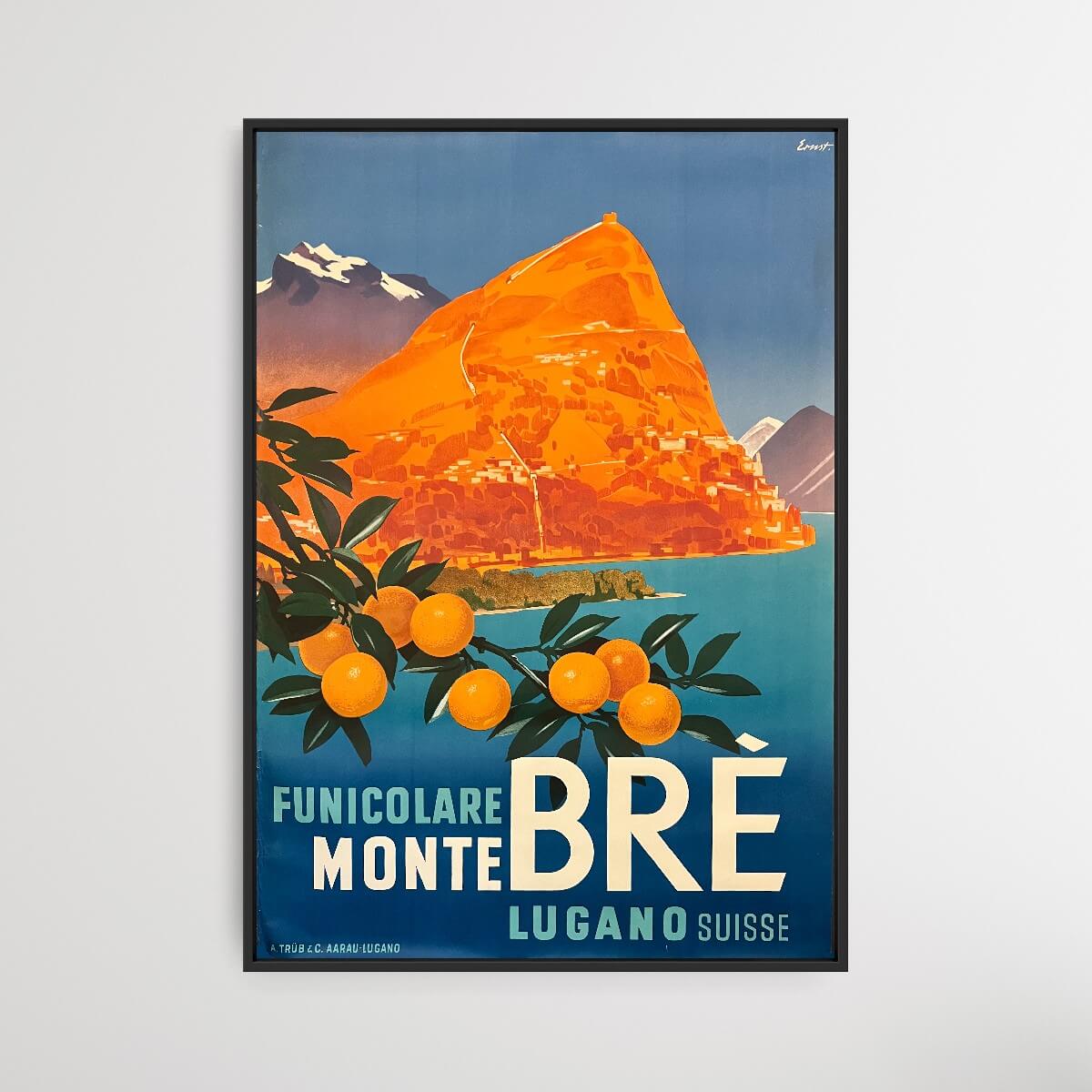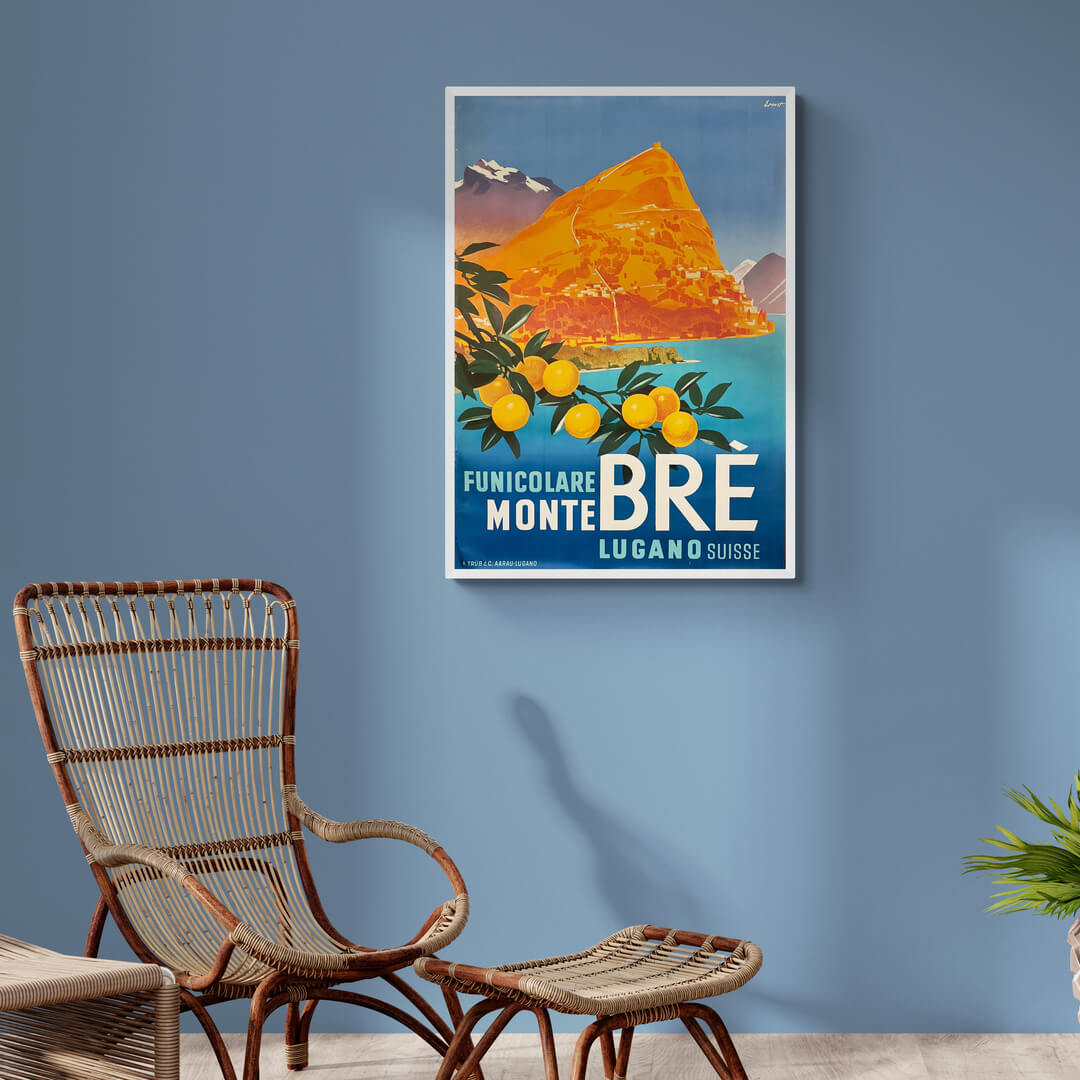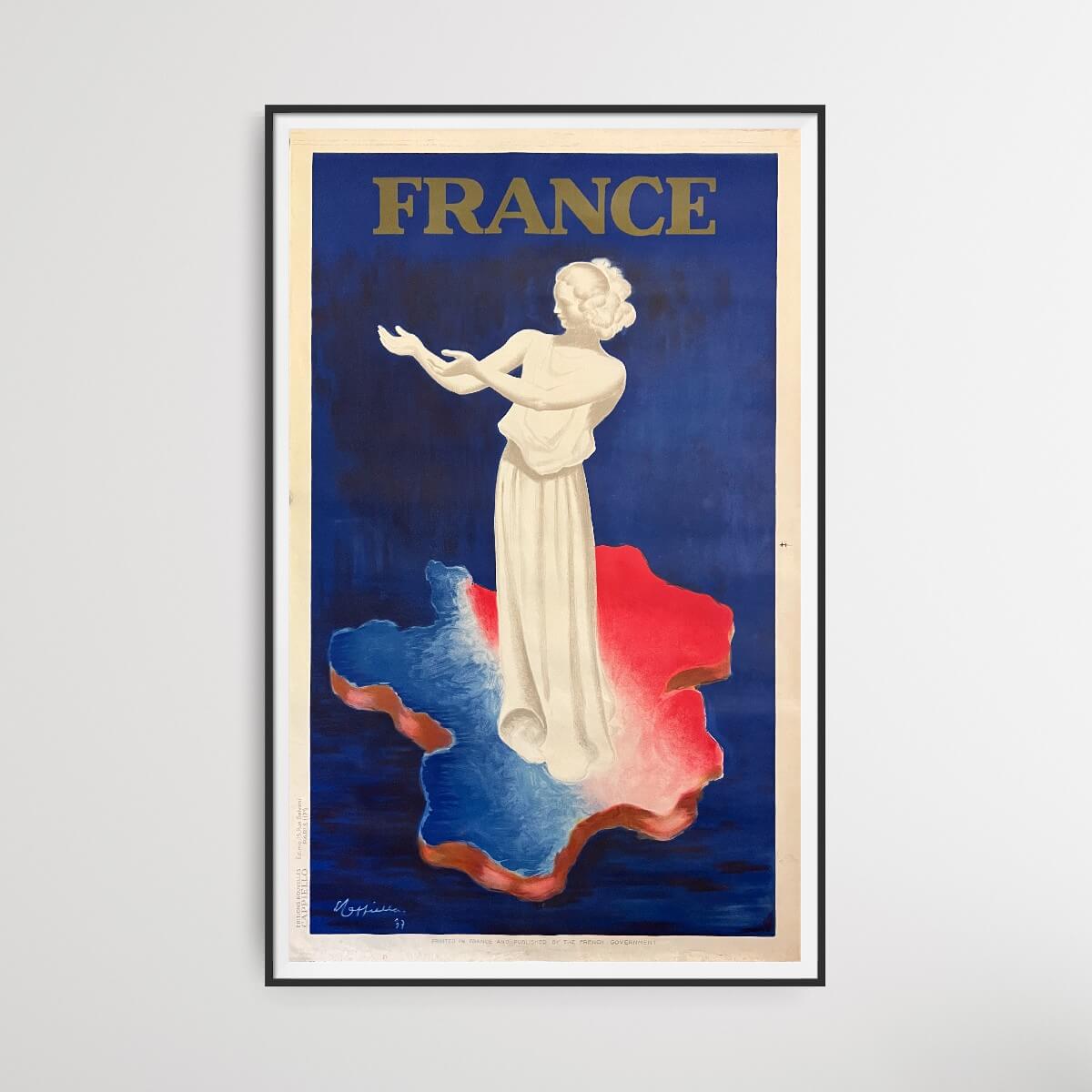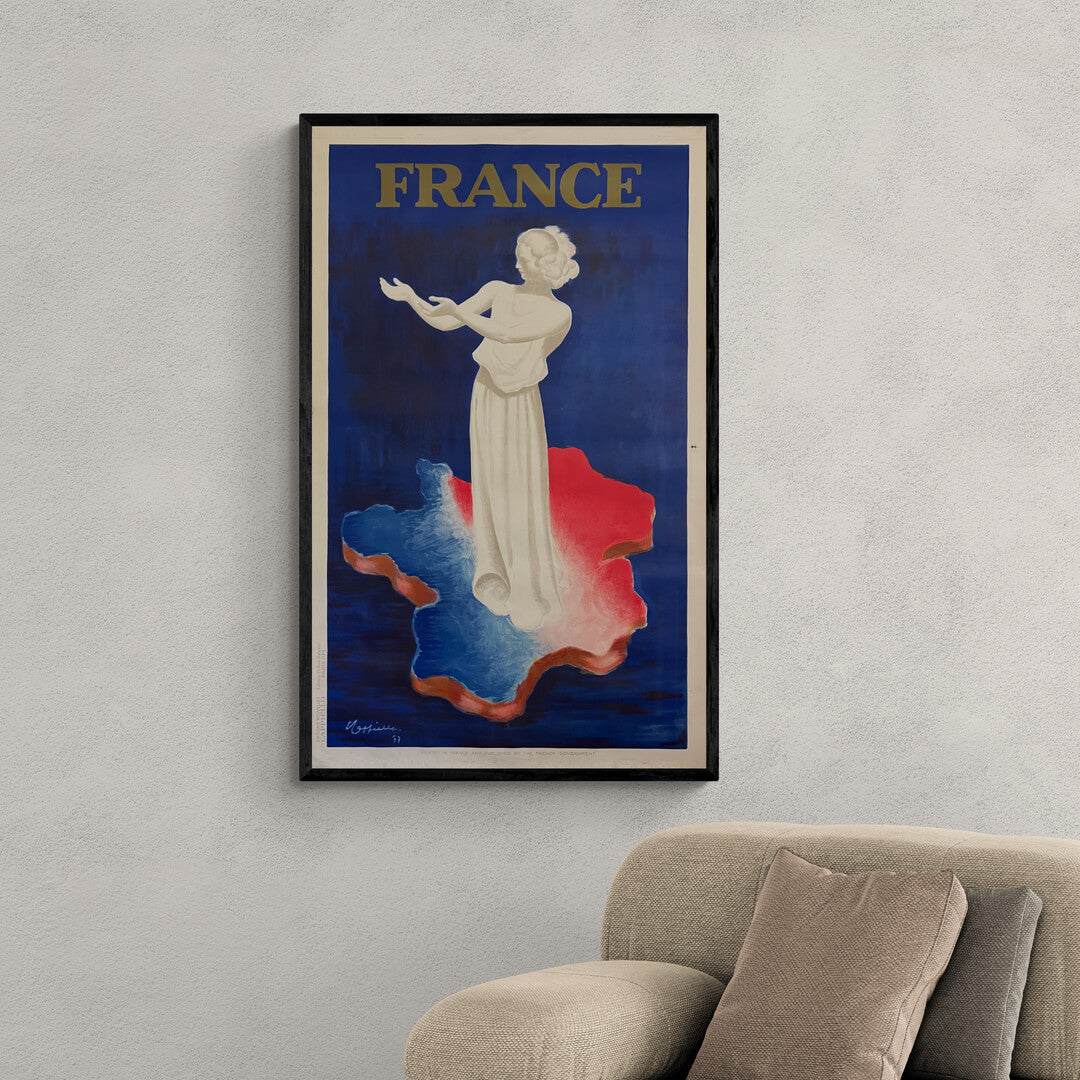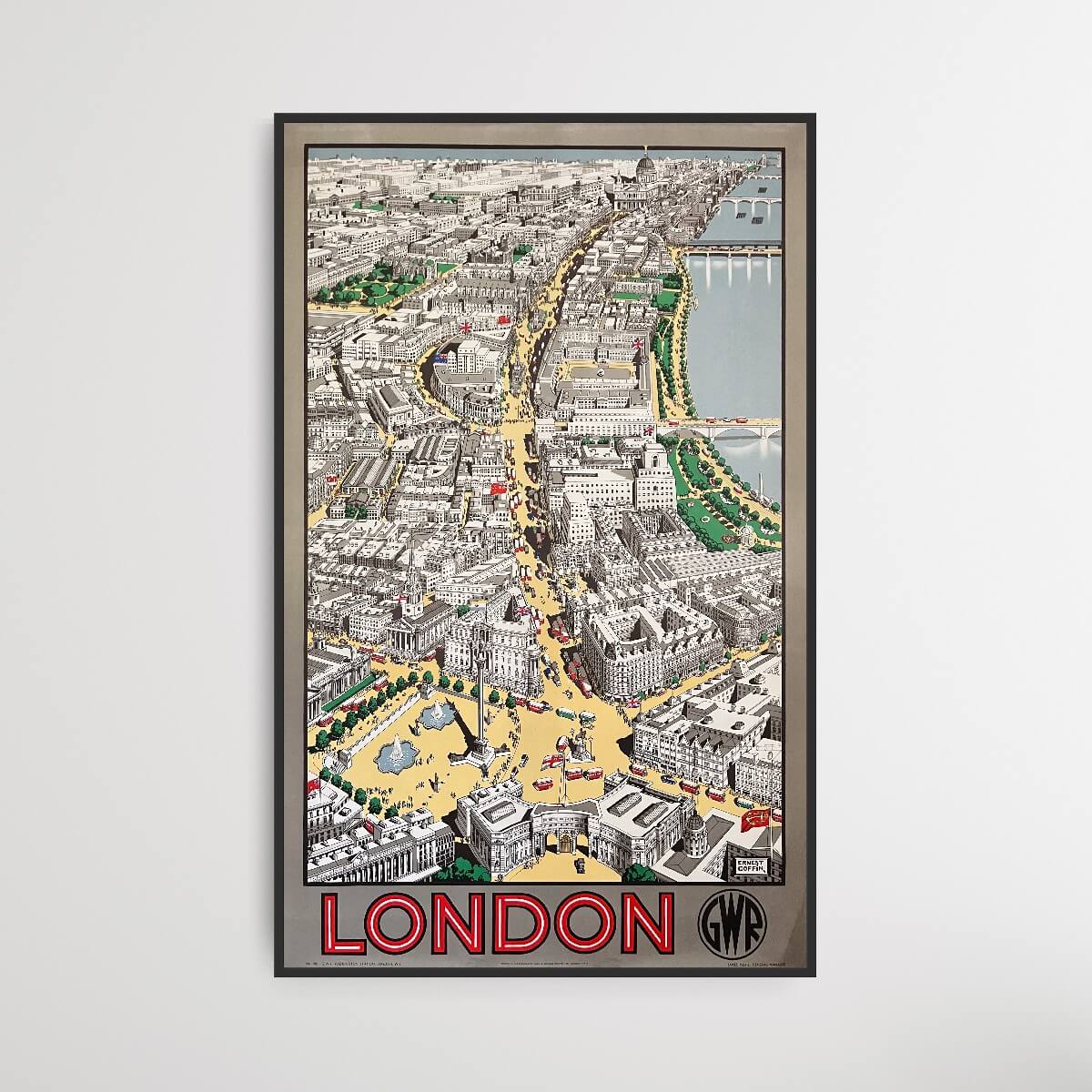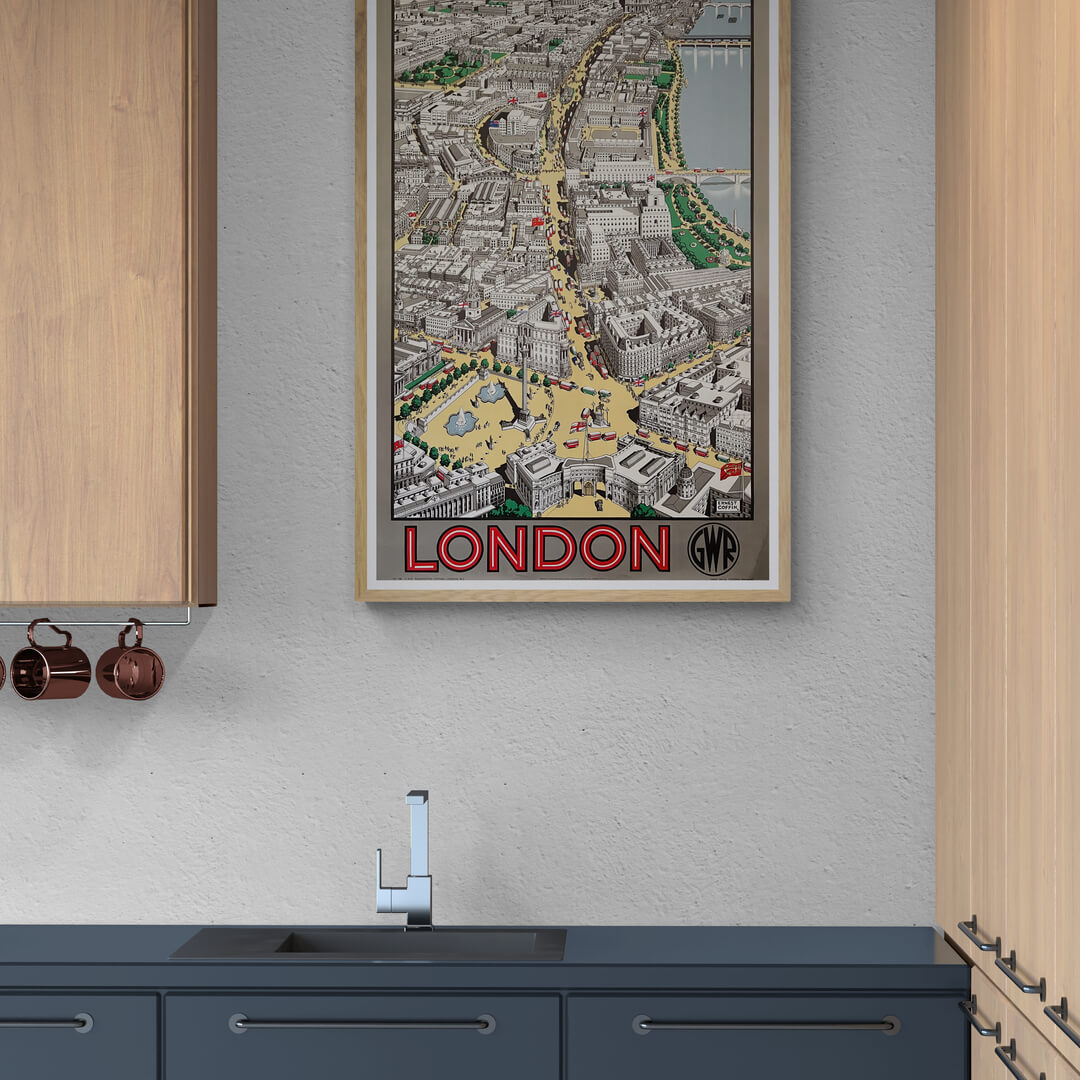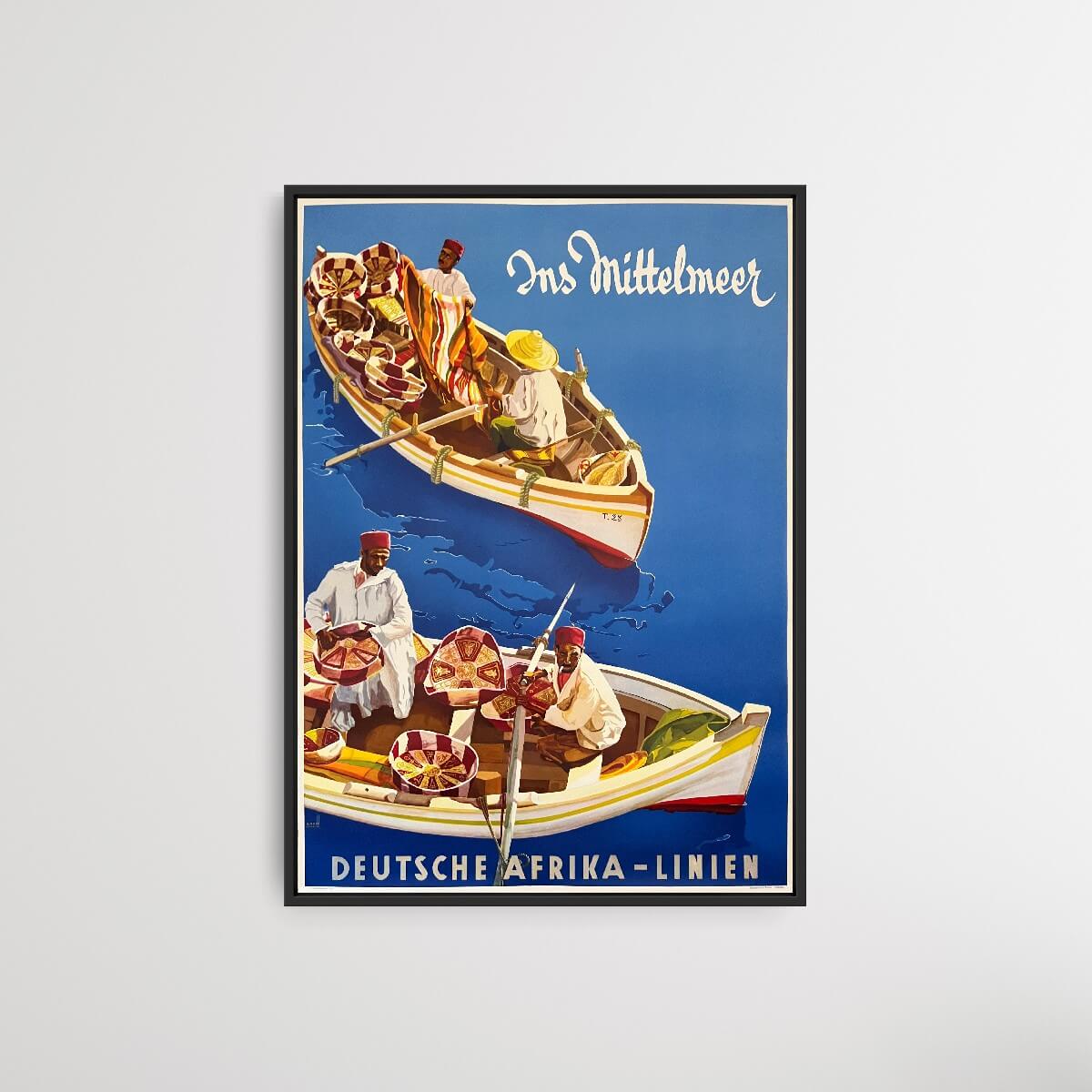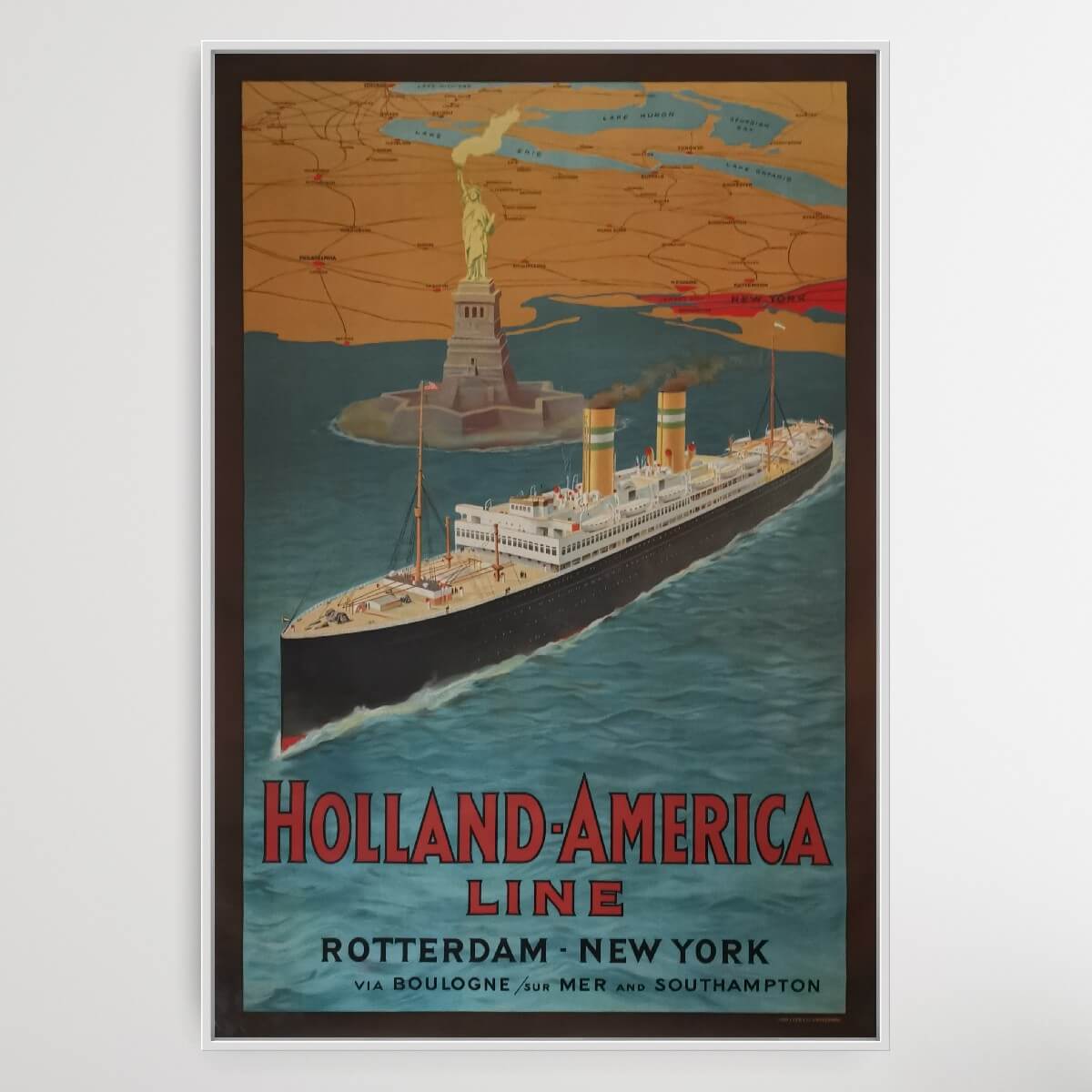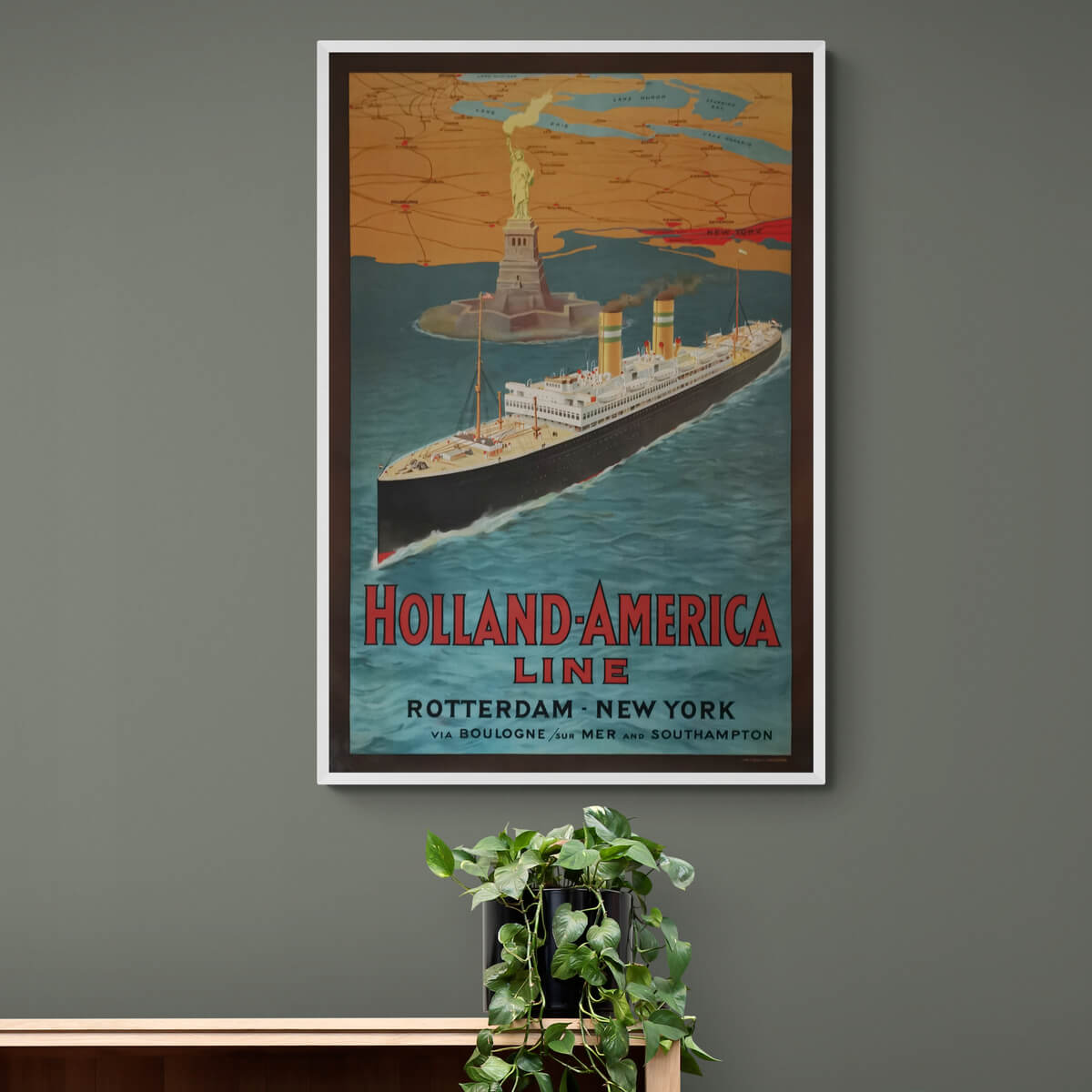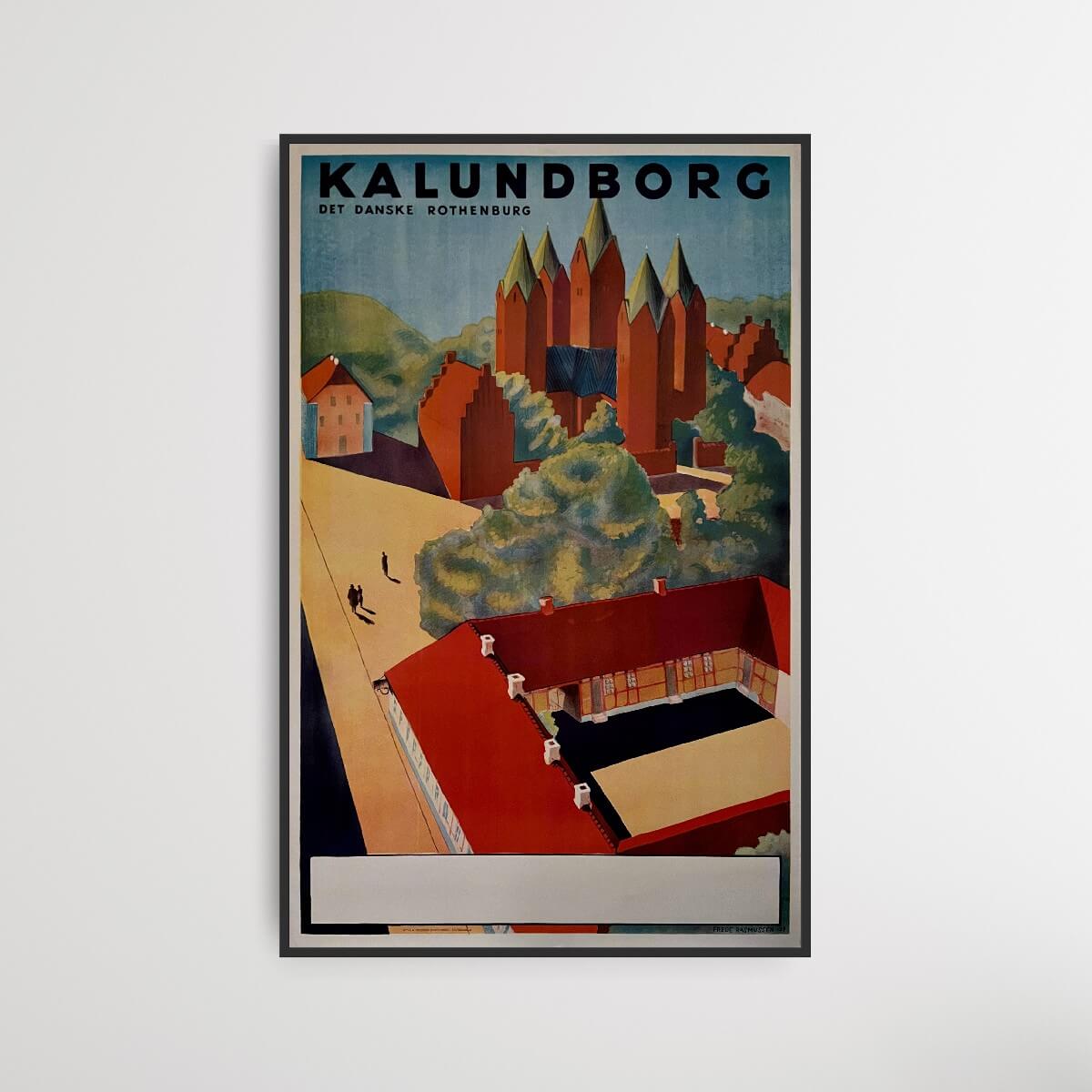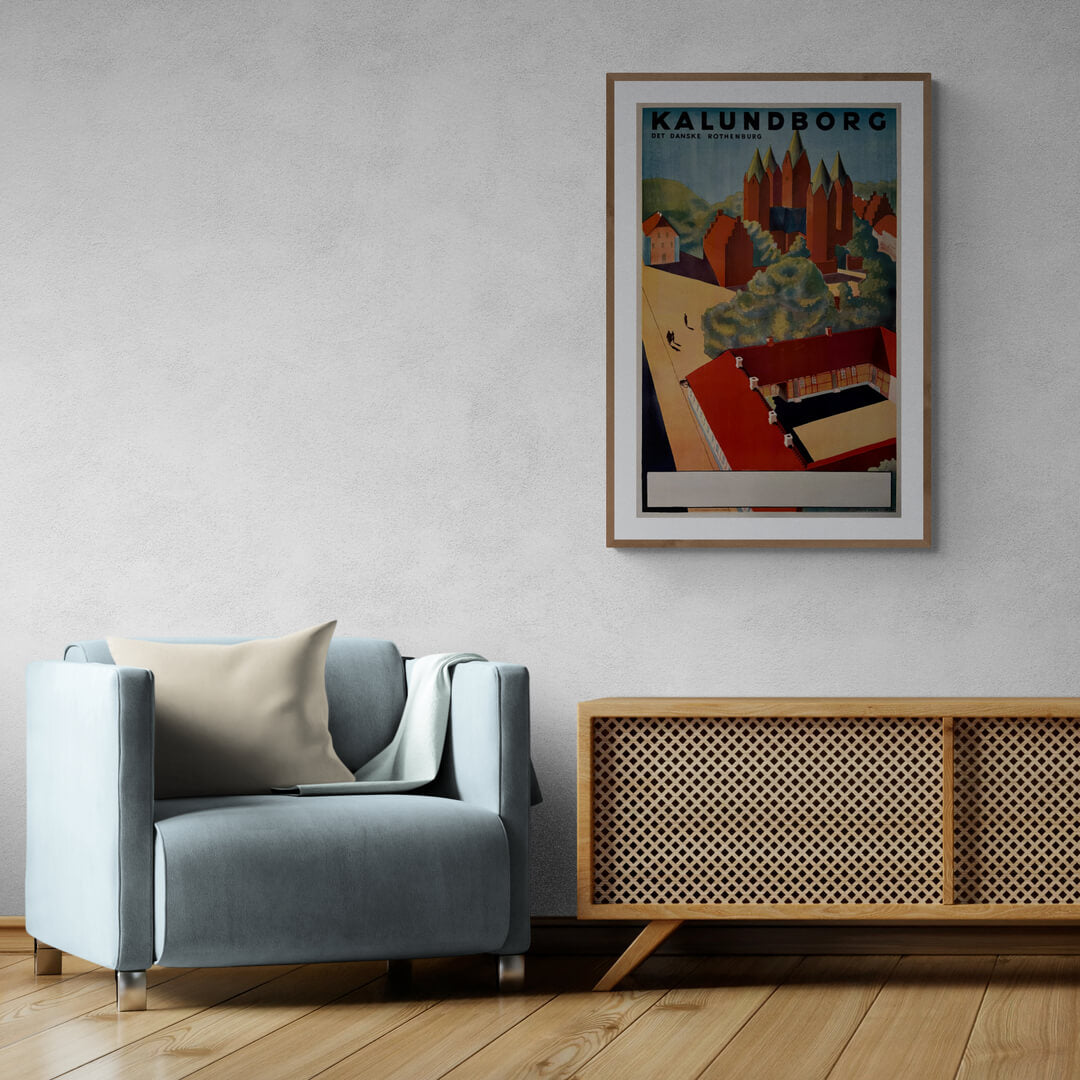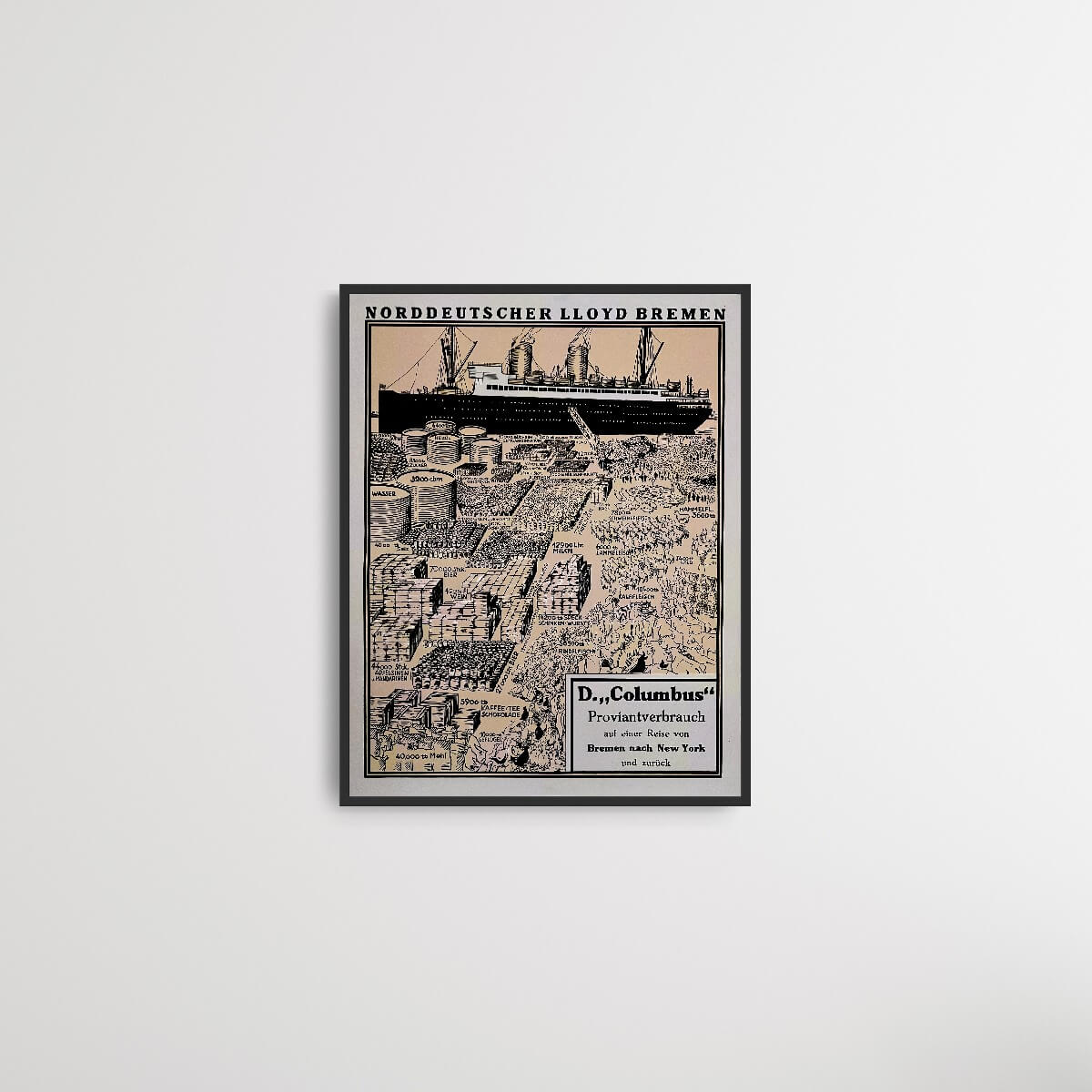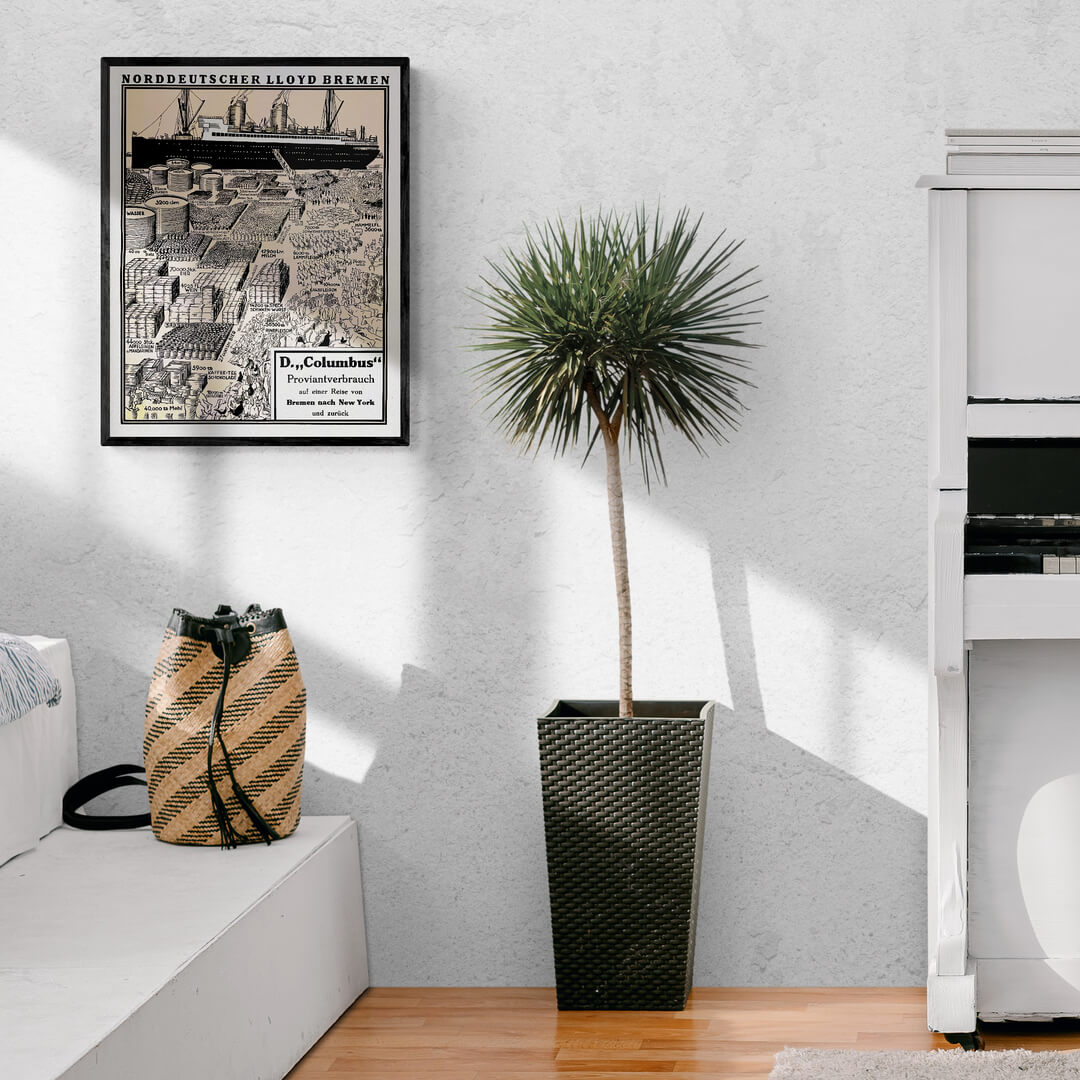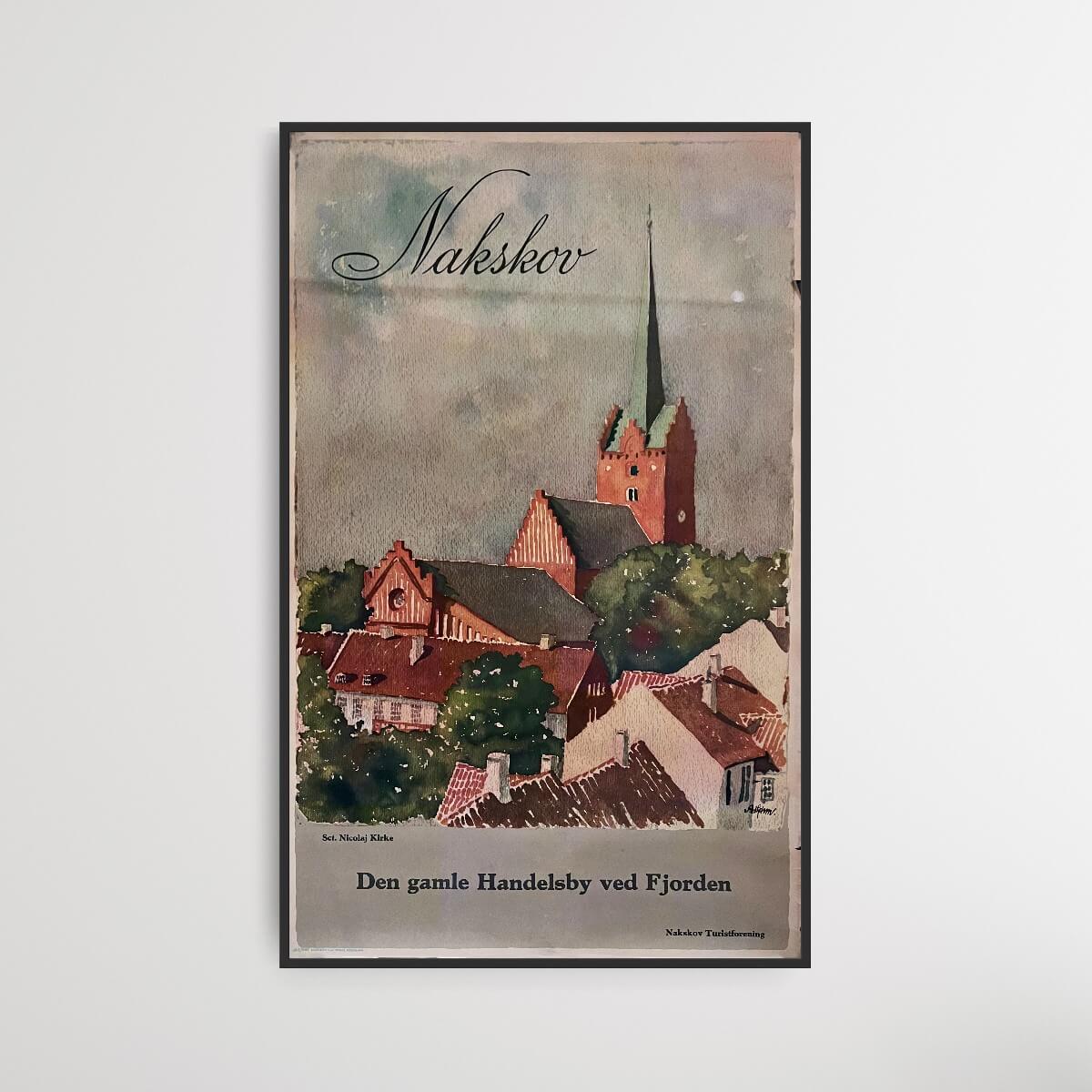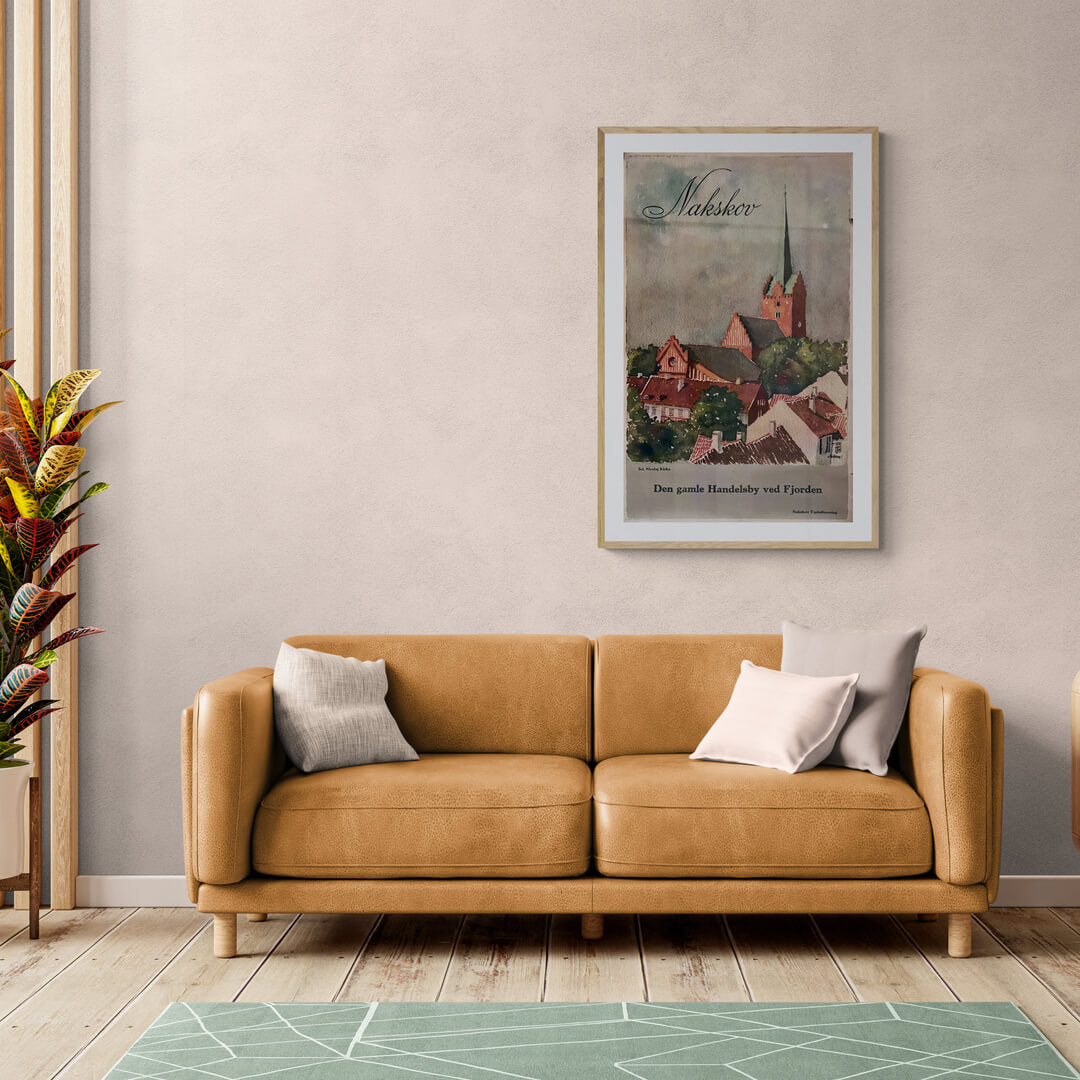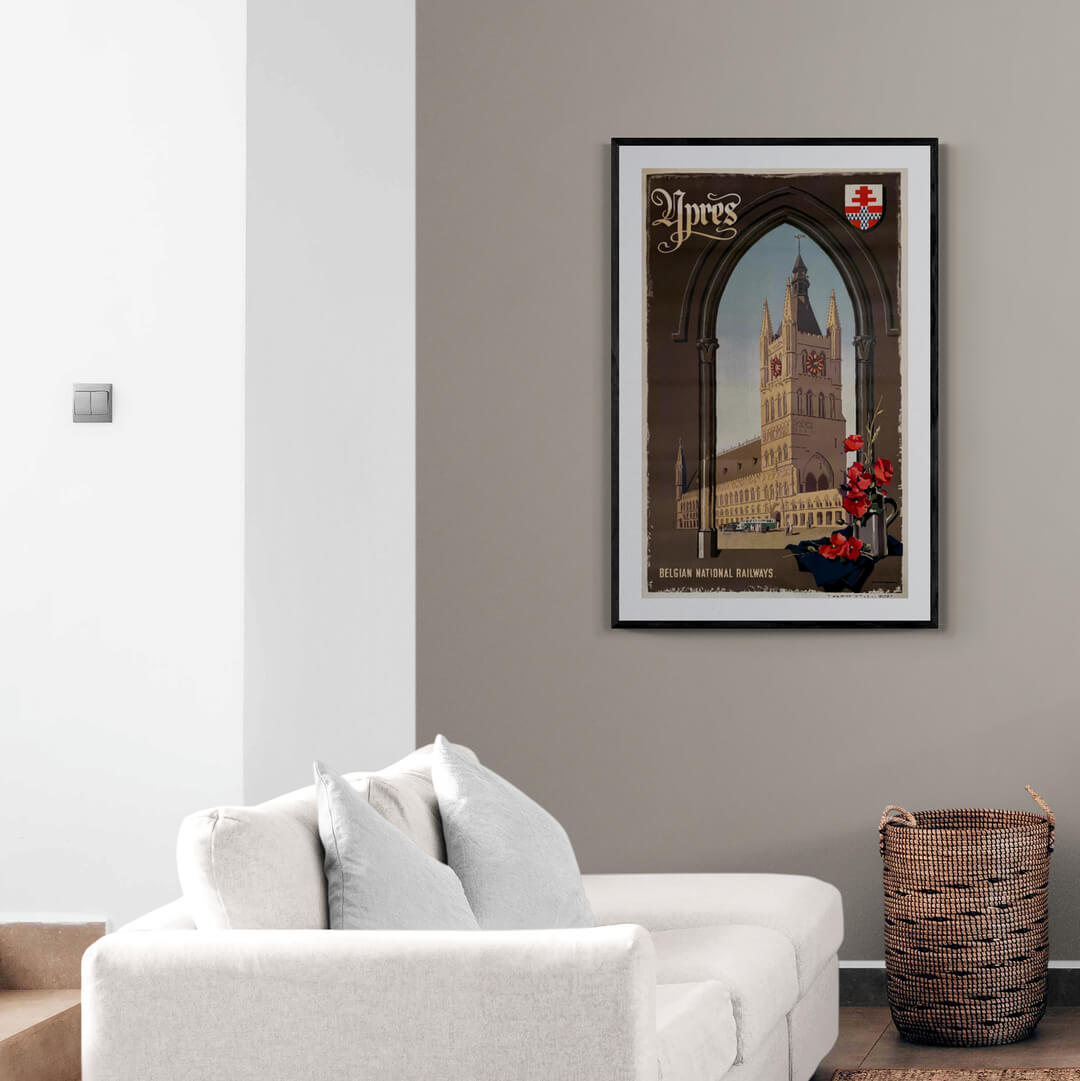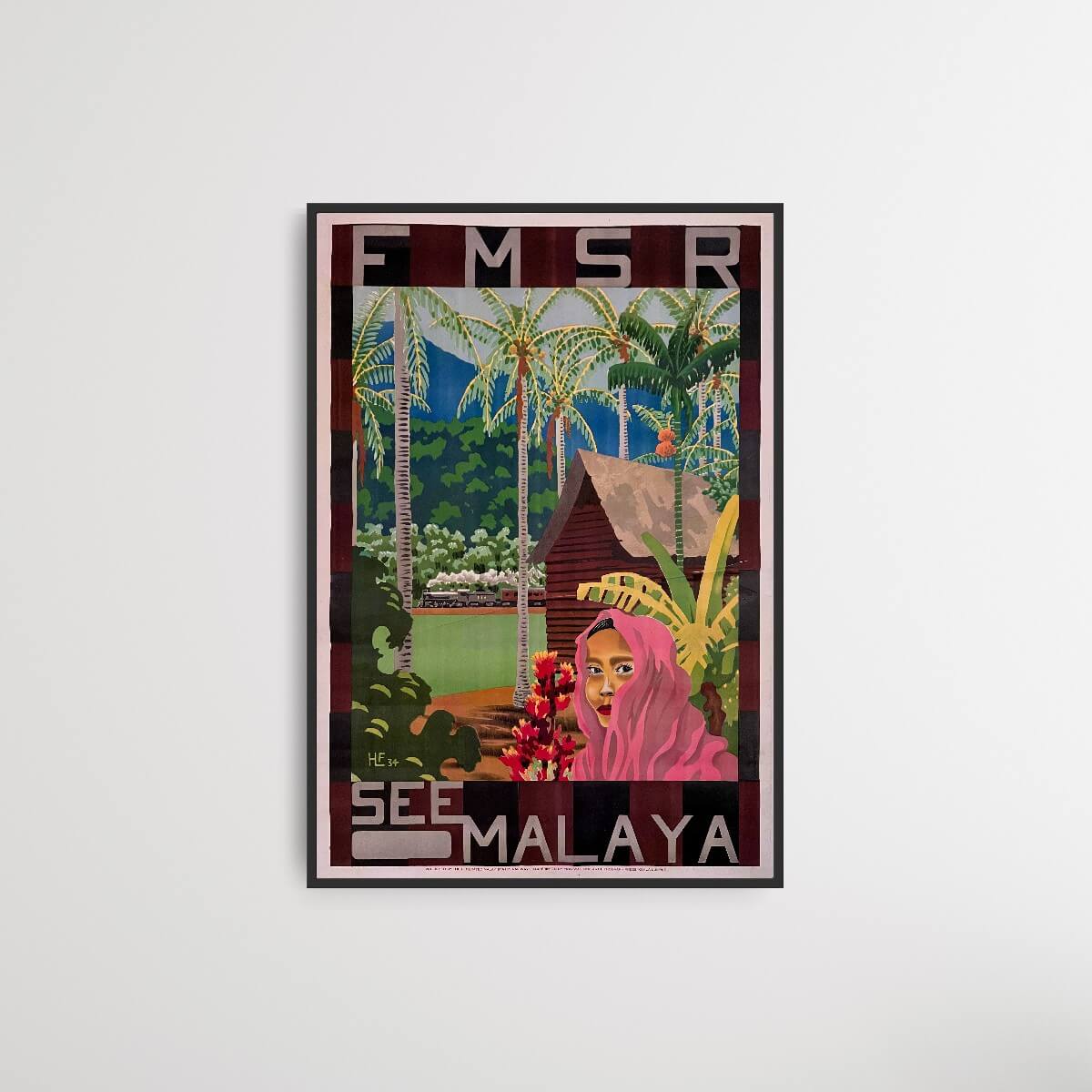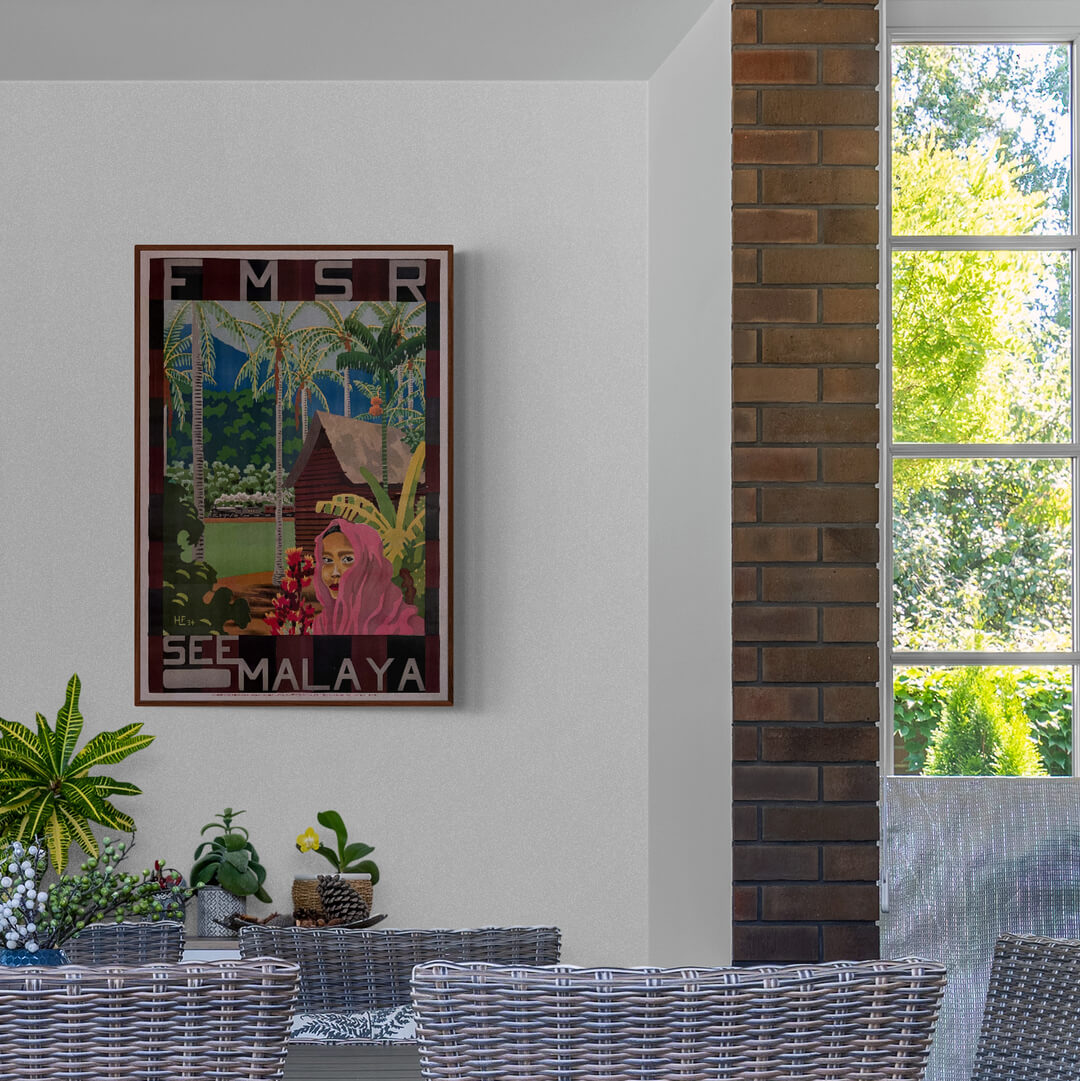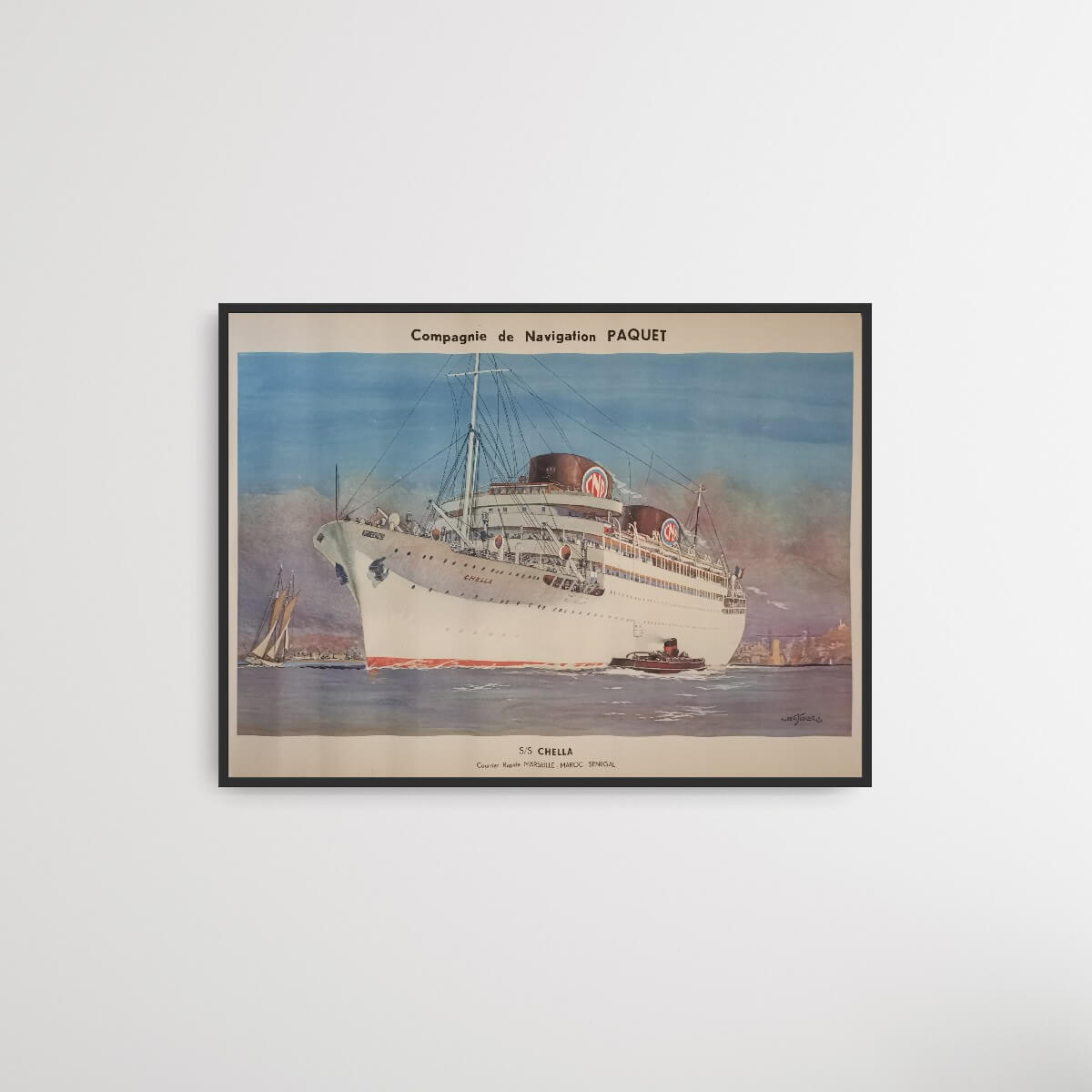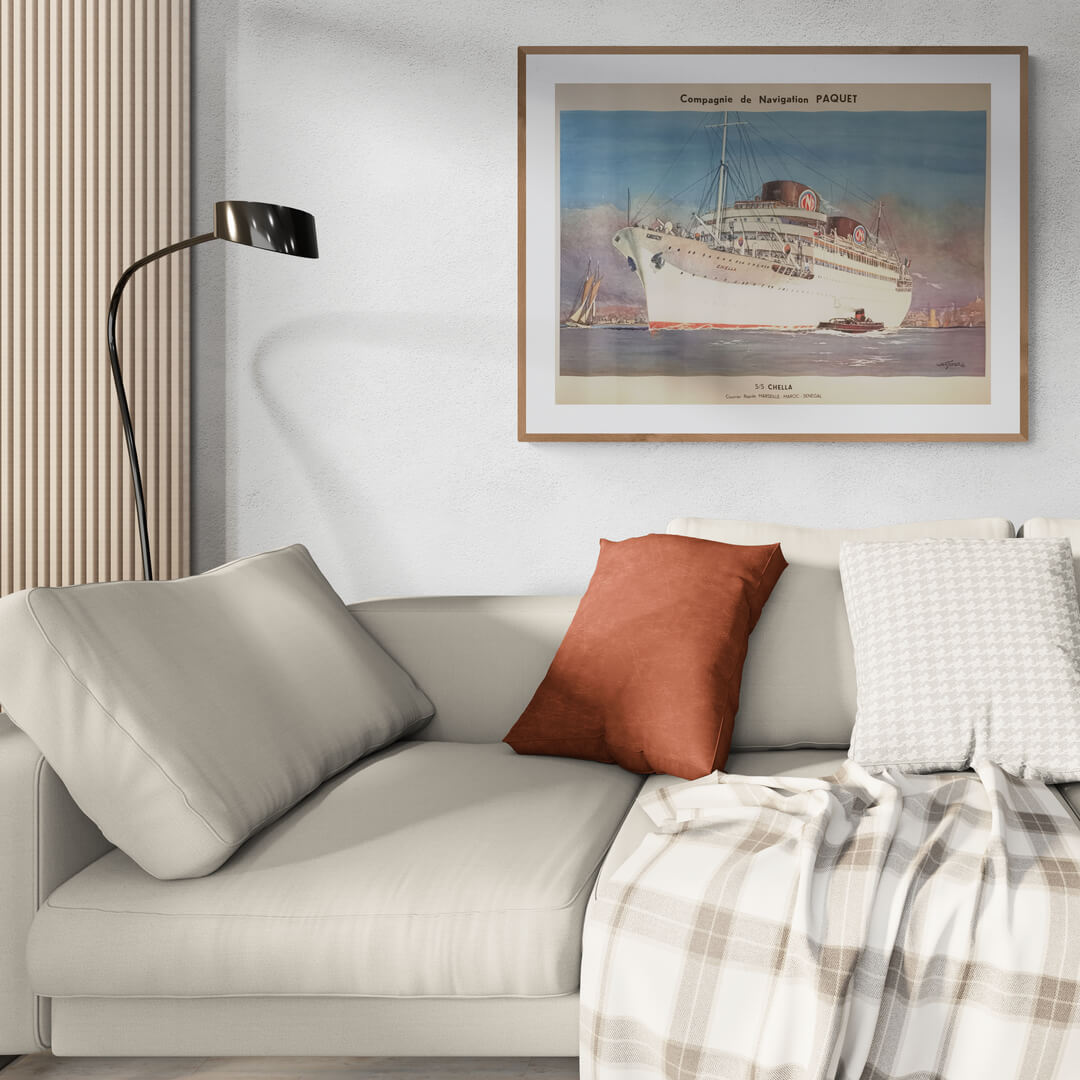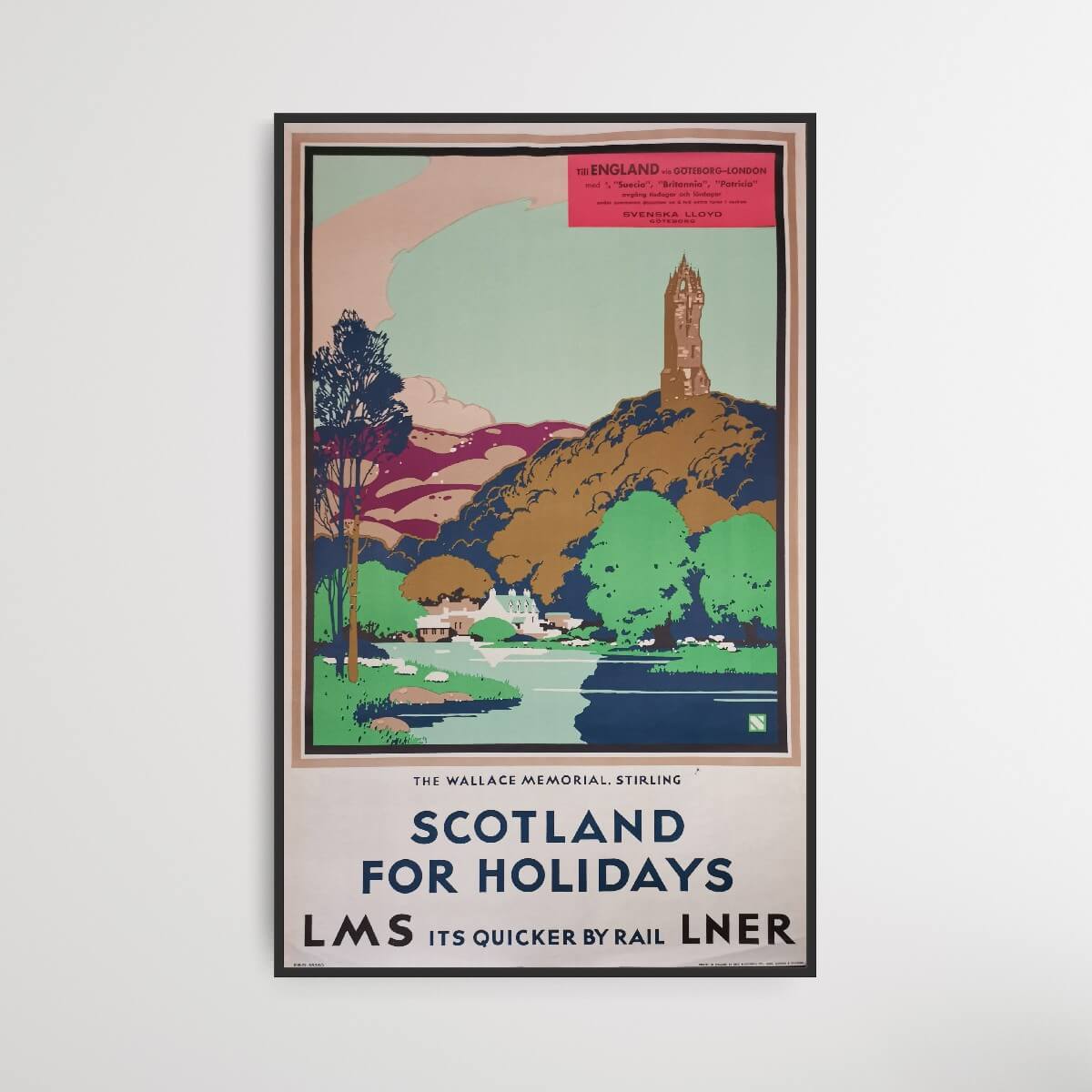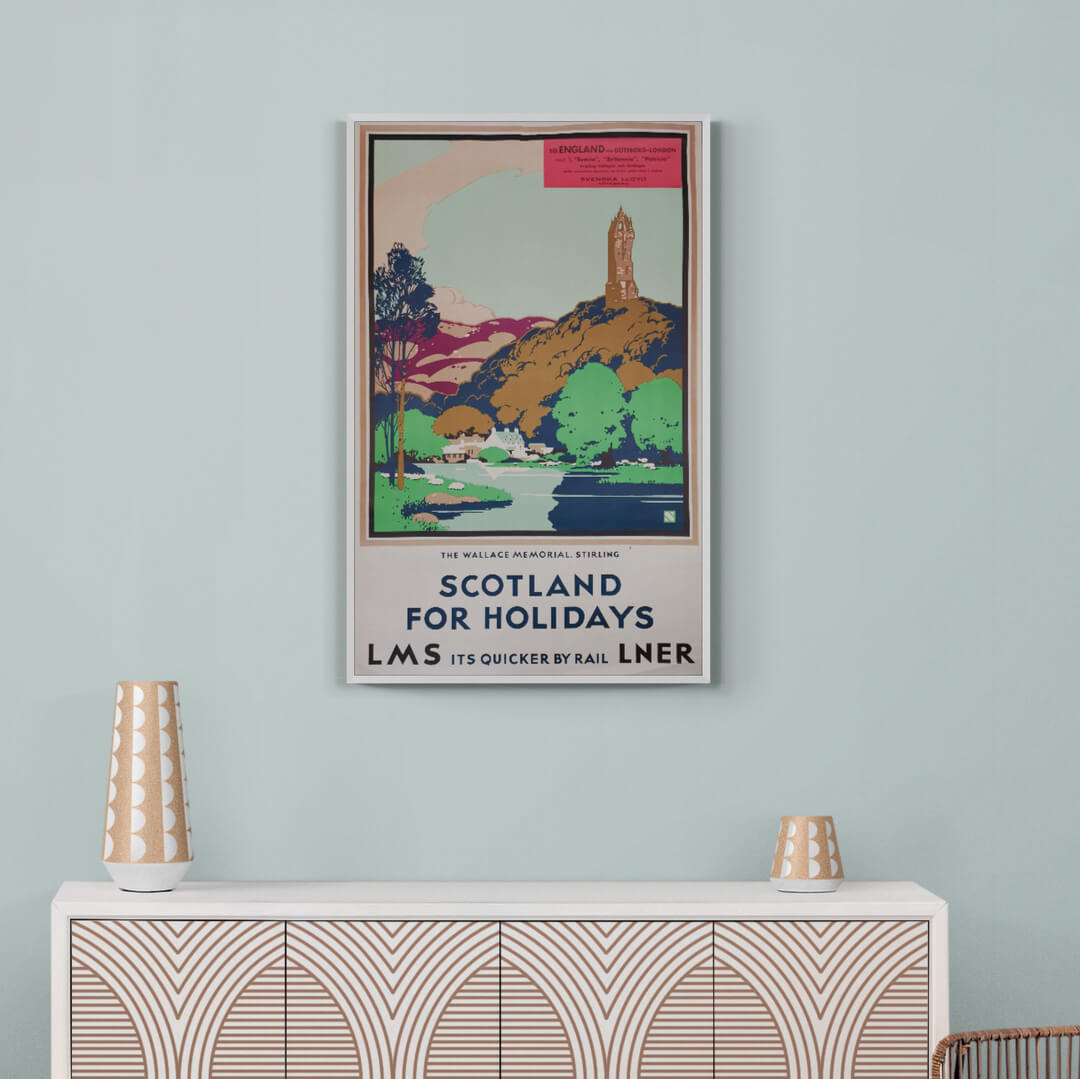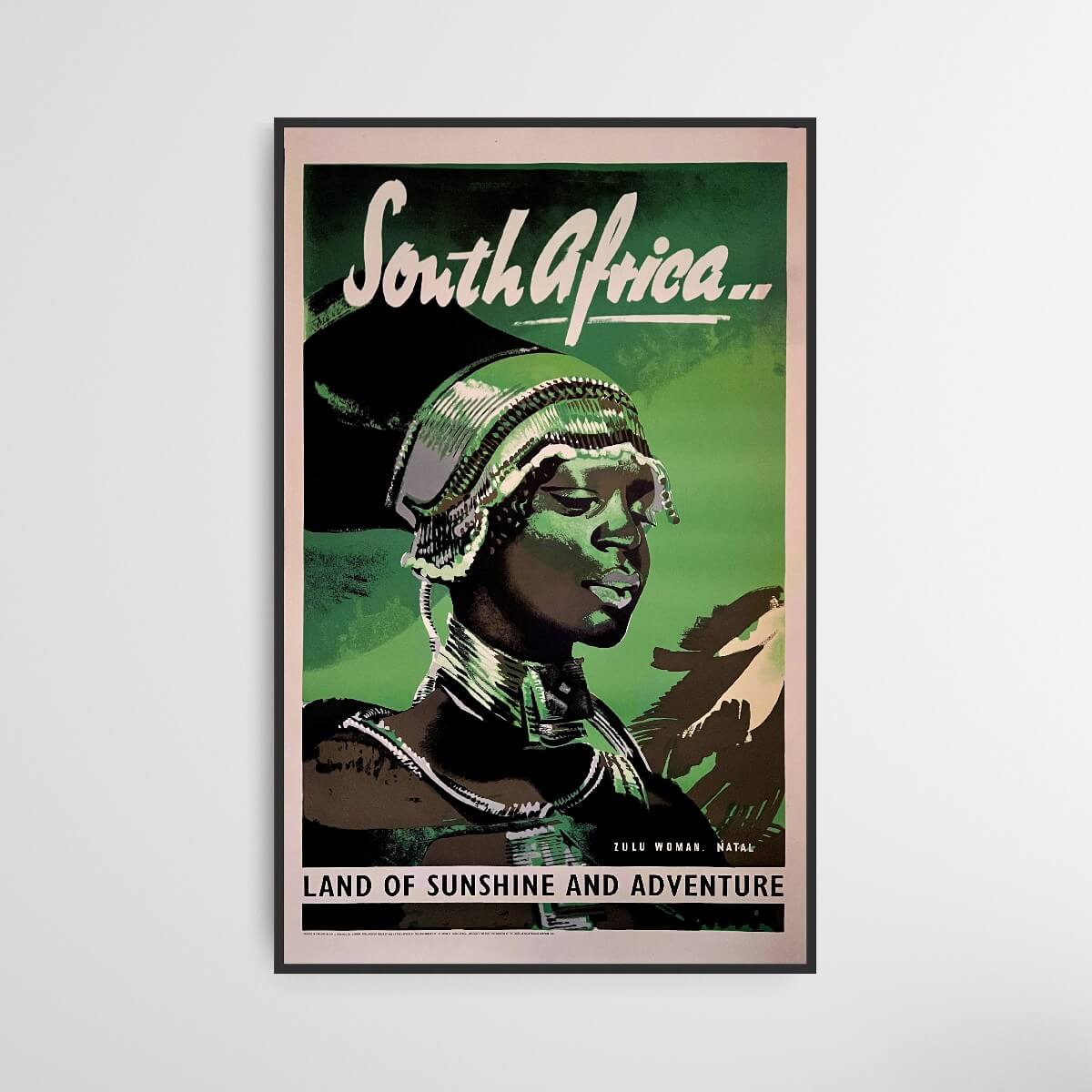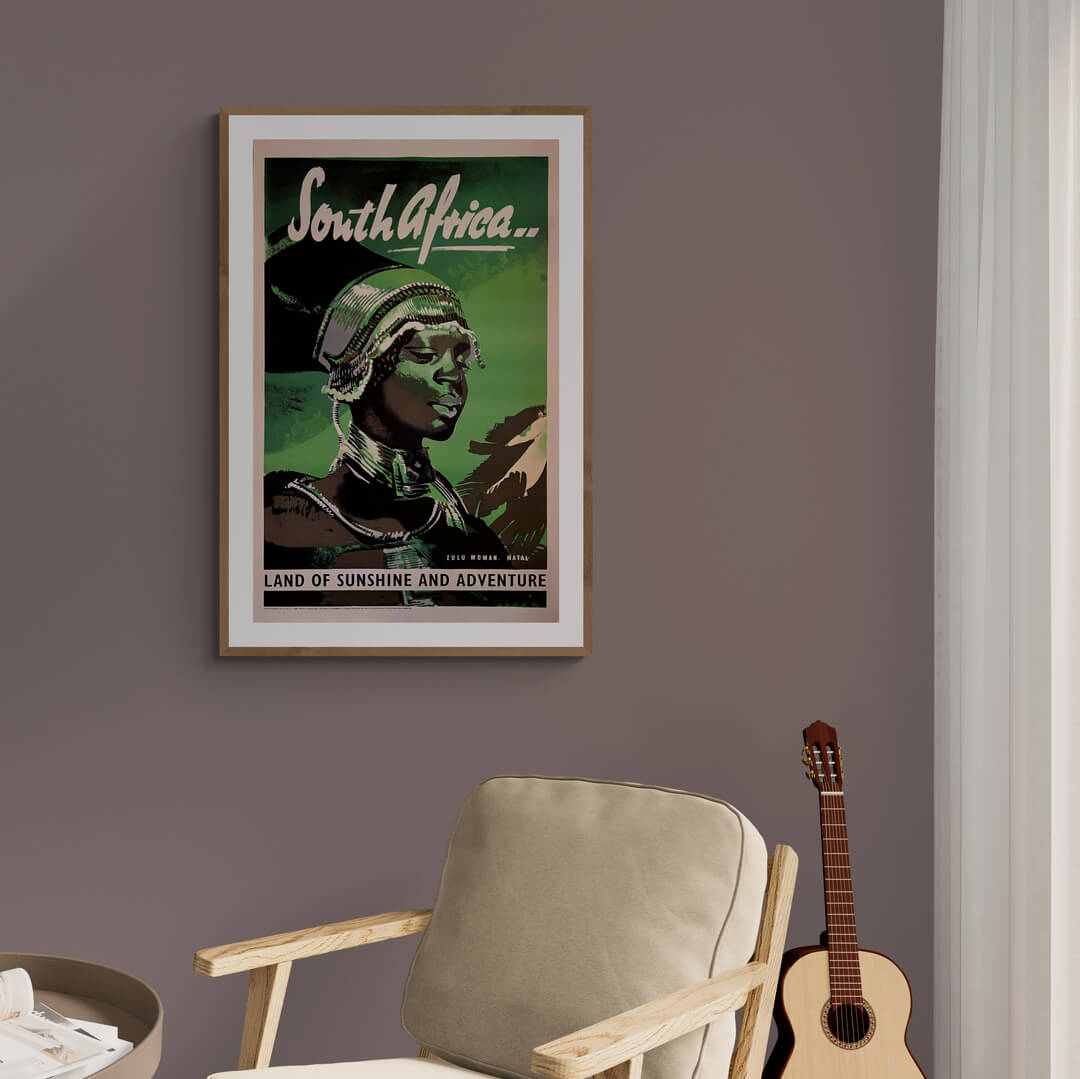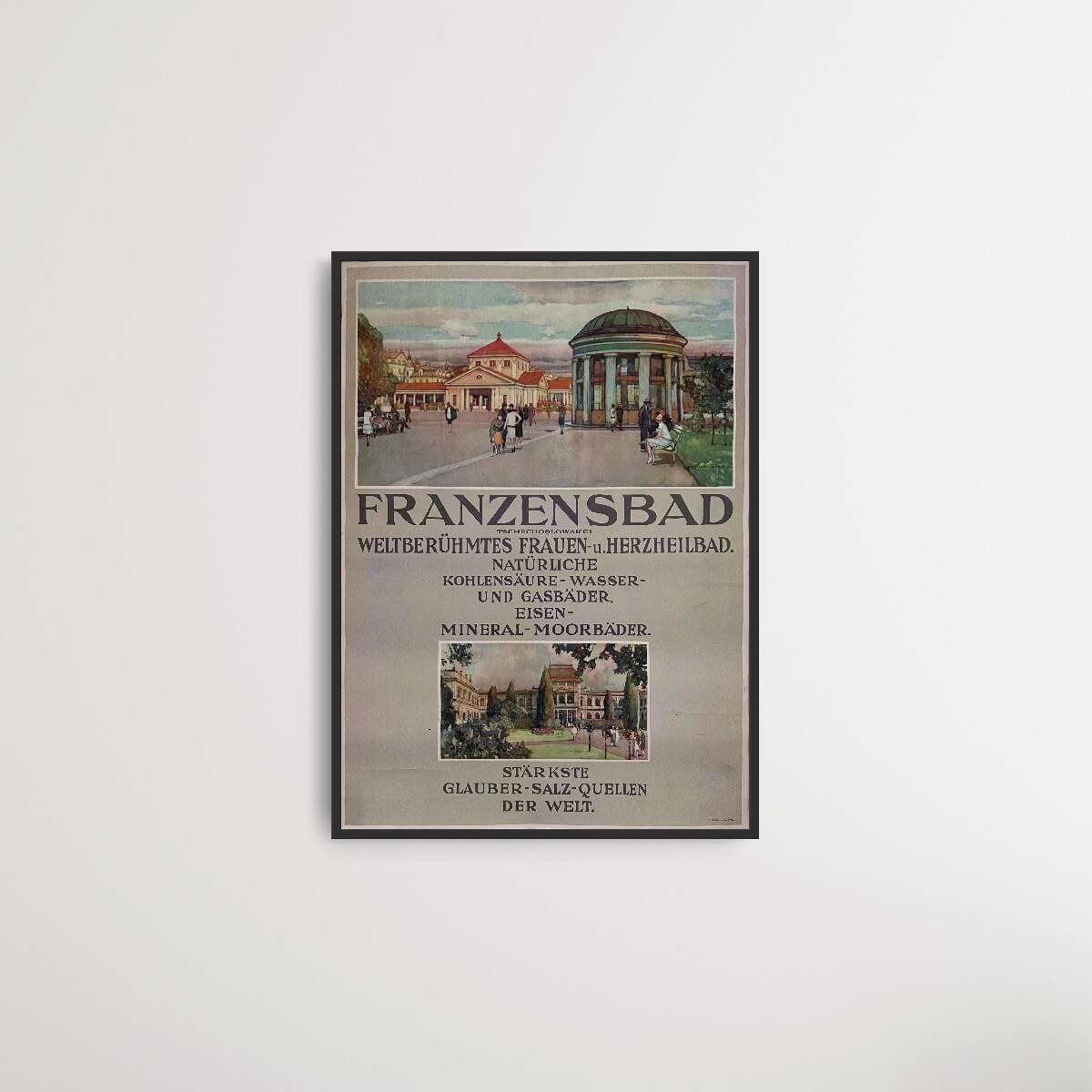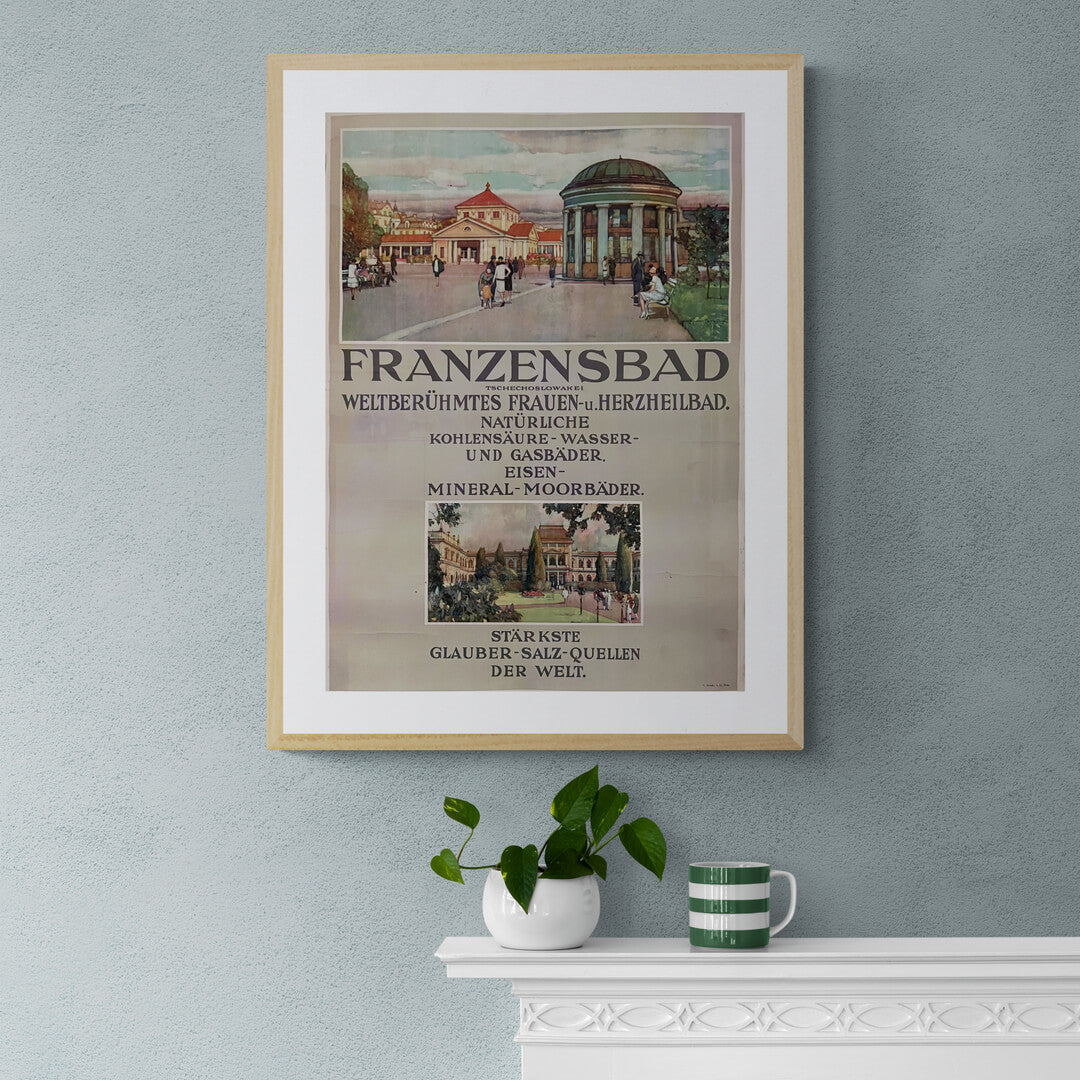Filters
Recently seen
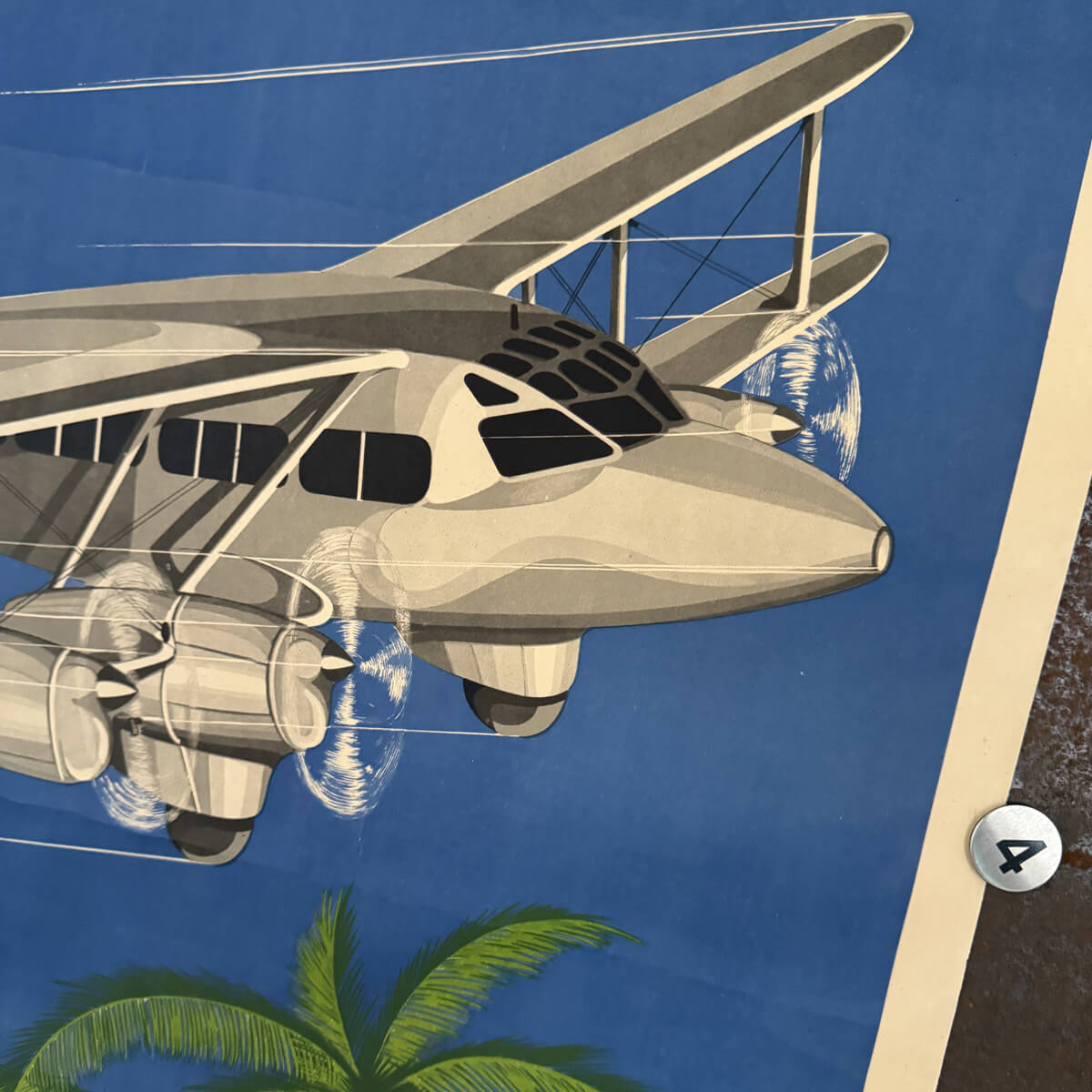
A journey through
The world of lithography
In the diverse world of art, lithographs are a hidden gem that offers a unique insight into both technique and creativity.
From their origins in the 18th century, lithographs have depicted everything from breathtaking landscapes to profound social commentary.
What makes lithographs so special? How do they manage to capture both moments and emotions with just ink and paper? Dive into this fascinating art form with us and discover the stories hidden behind each illustration.
Whether you are a seasoned art lover or a curious beginner, we promise that our collection of lithographic masterpieces will open your eyes to the history of lithographs. Let's begin the exploration of the beauty of lithographs.
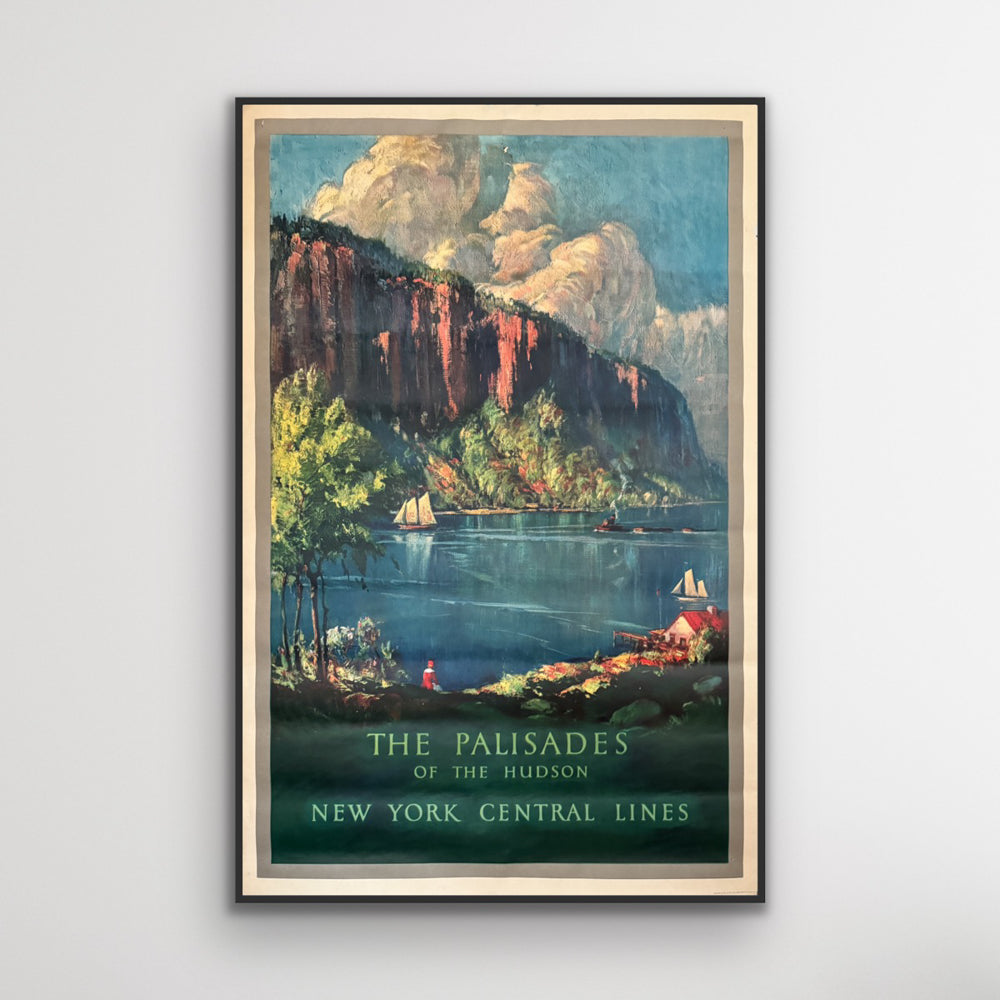
What is
Lithography?
Lithography is a fascinating printing technique that dates back to the late 18th century. This art form, whose name comes from Greek, literally means "stone writing," referring to the original process in which artists used limestone as a printing surface. Today, metal plates are often used as an alternative, but the basic technique remains largely unchanged.
Lithography is distinguished from other printing techniques by its ability to produce highly detailed images with a wide range of tonal variations.
One of the primary characteristics of lithography is its ability to replicate the artist's hand with incredible accuracy. This is because the artist draws directly onto the stone or plate with a fatty pencil or marker. This direct method allows the artist to create subtle nuances and complex textures that would otherwise be difficult to achieve with other printing techniques.
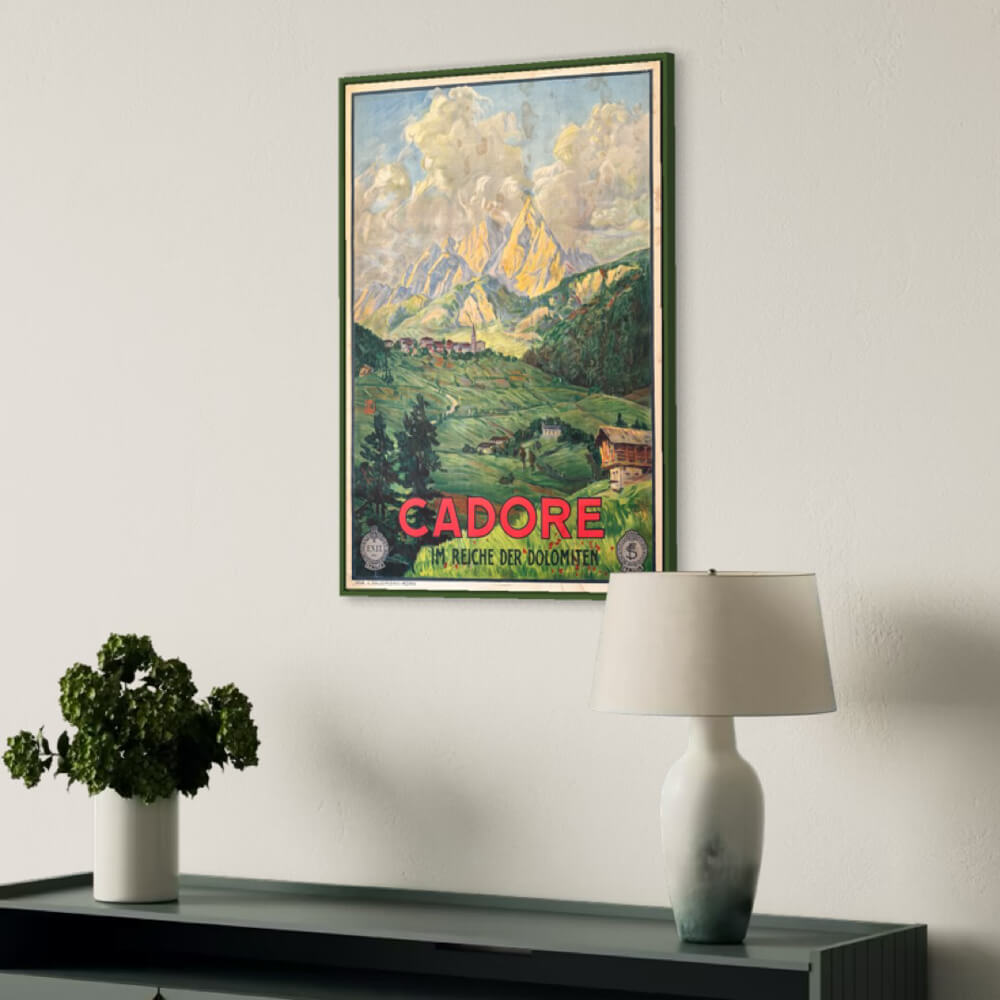
The story behind
The development of lithography
The history of lithography begins with the invention of the technique by the German playwright and printer Alois Senefelder in 1796. Senefelder developed lithography as a means of publishing his own plays more cheaply, but the technique was quickly recognized for its artistic potential. During the 19th century, lithography became a popular method among artists and printers throughout Europe and America.
In France, lithography played a particularly important role in the development of the art scene. Artists such as Honoré Daumier and Henri de Toulouse-Lautrec used the technique to create iconic works that captured the essence of their time. Daumier is best known for his social and political caricatures, which he printed in newspapers and magazines, while Toulouse-Lautrec used lithography to produce colorful posters and images of Parisian nightlife.
In the 20th century, lithography continued to develop, especially in the United States, where artists such as Jasper Johns and Robert Rauschenberg experimented with the technique. Lithography's flexibility and ability to produce highly detailed images made it a popular choice among modern artists who wanted to explore new ideas and concepts.
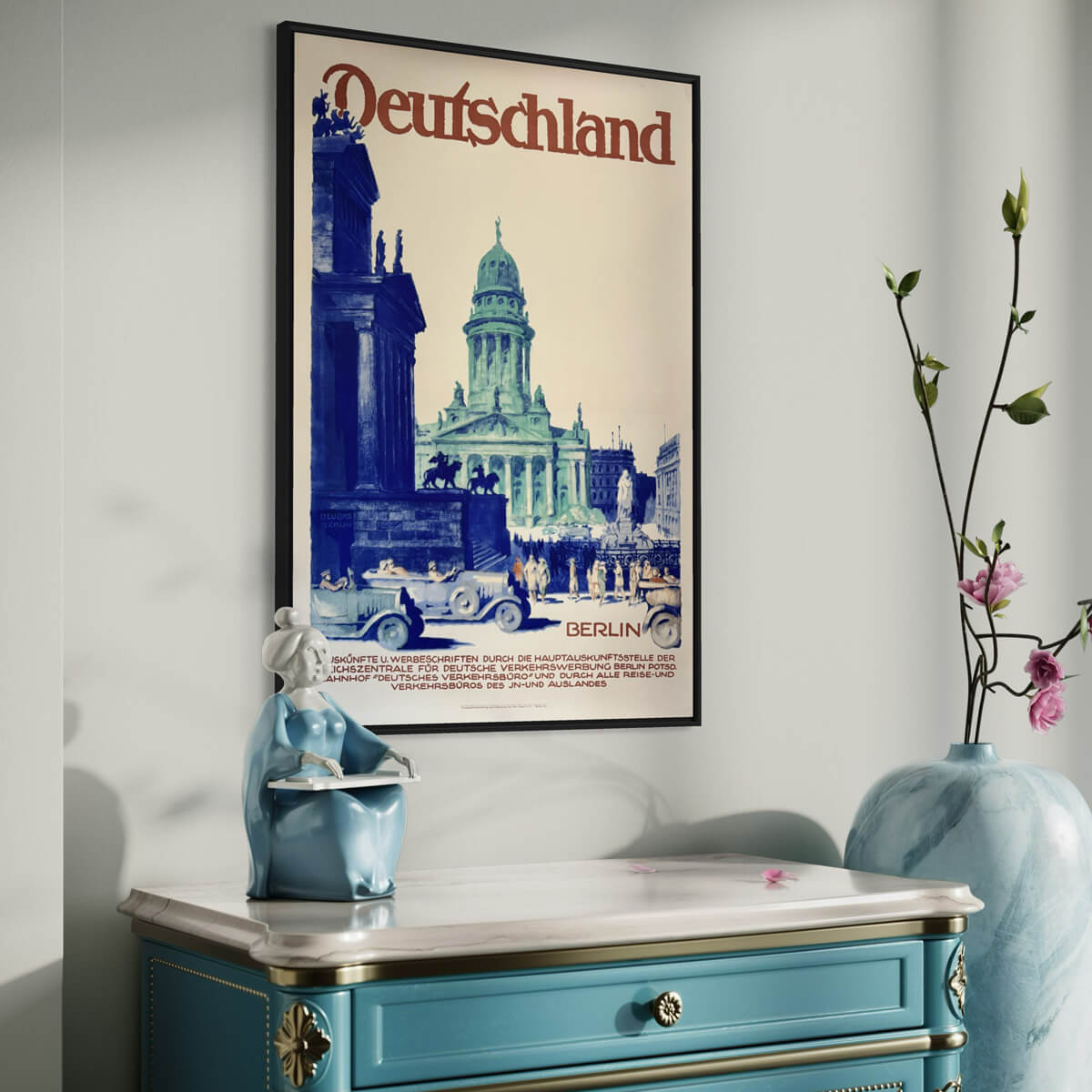
The different types of
Lithographs
Lithography can be divided into several different types, depending on the materials and techniques used. One of the most common types is stone lithography, where the artist draws directly on a limestone block with a fatty pencil or marker.
Another type is offset lithography, which uses metal plates instead of stone. This method was developed in the early 20th century and is often used for commercial printing, such as posters, books, and newspapers. Offset lithography is known for its efficiency and ability to produce large runs of high quality.
Color lithography is another popular type, where multiple plates or stones are used to print different colors. Each color is applied separately, requiring precise registration to ensure the colors match correctly. This method was often used by artists such as Toulouse-Lautrec and Marc Chagall to create vibrant, multi-colored images.
In addition, there are also modern variations of lithography, such as photolithography, in which photographic images are transferred to the plate or stone.
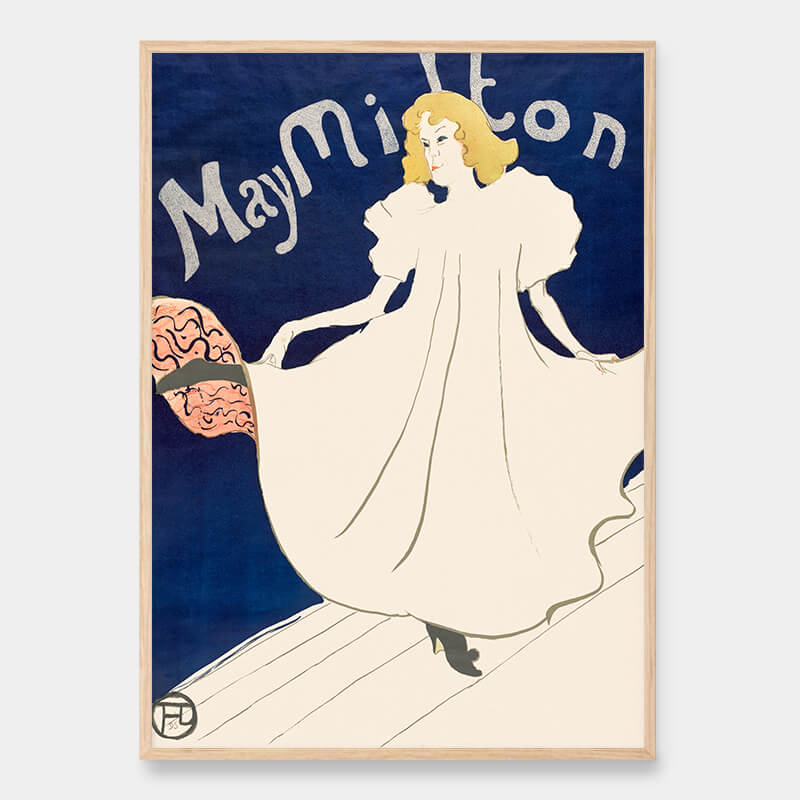
The most famous in history
Lithographic artists
The history of lithography is rich with talented artists who have mastered the technique and created iconic works. One of the earliest and most notable lithographers was the French artist Honoré Daumier. Known for his satirical caricatures and social commentary, Daumier used lithography to depict the political and social landscape of the 19th century with a sharp and humorous pen.
Henri de Toulouse-Lautrec is another famous lithographer who revolutionized posters and graphics in the late 19th century. His colorful and dynamic works captured the life of Paris' cabarets and theaters, and his unique style has had a lasting influence on both art and advertising.
In the 20th century, lithography continued to attract prominent artists. Pablo Picasso and Marc Chagall are two examples of artists who experimented with lithography as part of their broad artistic repertoire.
In the modern era, artists such as Jasper Johns and Robert Rauschenberg have used lithography to explore new visual languages and conceptual ideas.
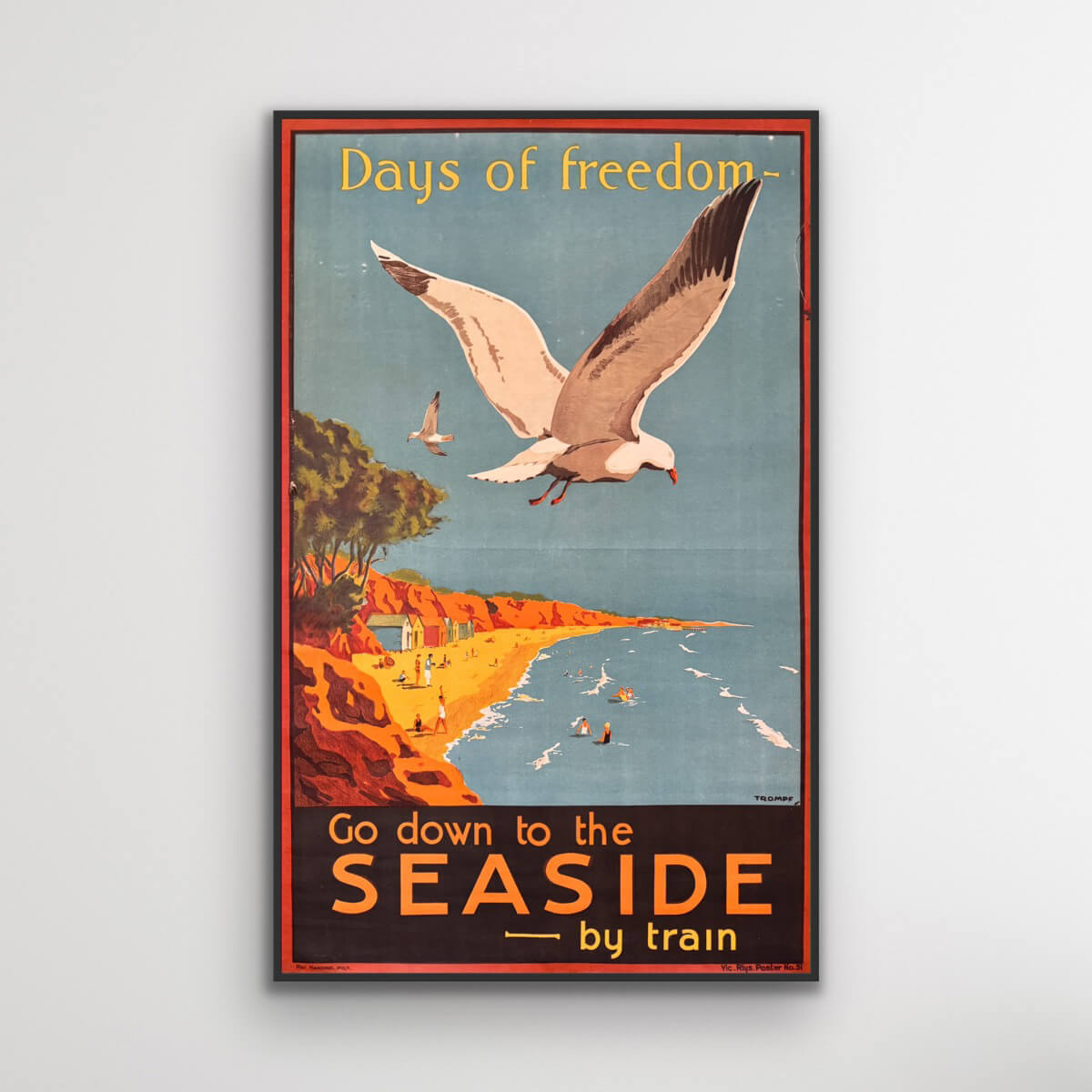
Lithography
Technical processes
Lithography is a technically demanding process that requires precision and care. First, the artist selects a suitable stone or metal plate to act as the printing surface.
Once the printing surface is selected, the artist begins to draw the design directly onto the stone or plate with a greasy pencil or marker. Once the drawing is complete, the surface is treated with a mixture of gum arabic and acid, which creates a chemical reaction that makes the undrawn areas hydrophilic.
The next step involves wetting the stone or plate with water. The water is absorbed only by the hydrophilic areas and repelled by the fatty areas where the drawing is. A fatty ink is then applied to the surface. The ink binds to the fatty areas and is repelled by the moist areas, ensuring that only the drawn parts transfer color to the paper.
Finally, a piece of paper is placed over the colored stone or plate and the whole thing is run through a printing press. During the printing, the color is transferred from the stone or plate to the paper, creating a mirror image of the artist's original drawing. This process can be repeated several times to create multiple prints, for example if multiple colors are used.


